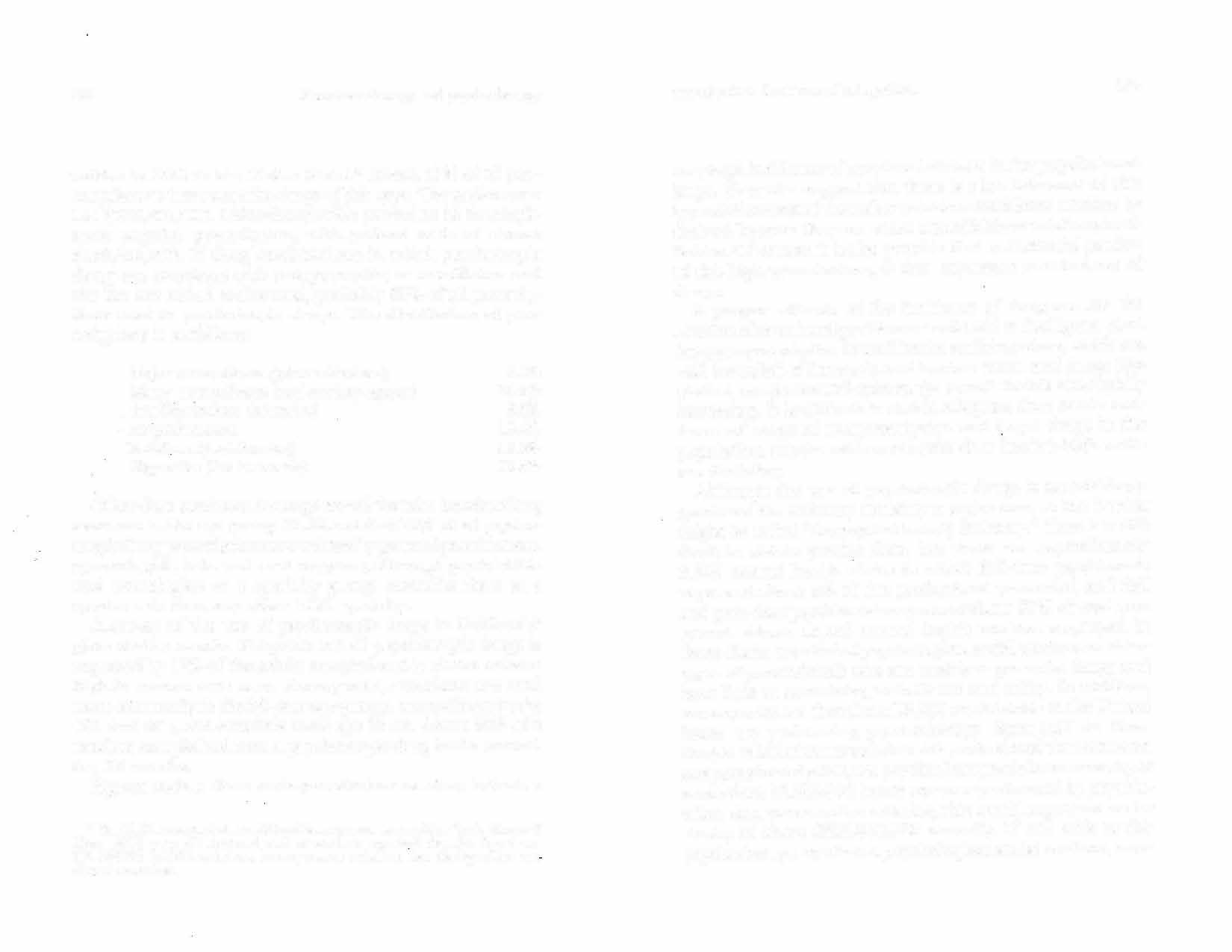
160 minute read
INSTITUTIONAL CONSTRAINTS IN THE STUDY OF COMBINED TREATMENTS ............. 4 l 9
274
Pharmacotherap)' and psychotherapy
Advertisement
tte� in 19�7 in the United States.* About 17% of all prescnpt1ons written were for drug1-of this type. 'rhe patient cost was $692,000,000. Chlordiazepoxide proved to be the single most popular prescription, with patient costs of almost $150,000,000. �f drug combinations in which psychotropic drugs are combmed with antispasmodics or vasodilators and t�e like are . added to this .
total, probably 25% of all prescriptions contam psychotropic drugs. The distribution of prescriptions is as follows: Major tranquilizers (phenothiazines) Min . or tranquilizers (anti-anxiety agents) . Antidepressants (tricyclics) ·Amphetamines Sedatives (barbiturates) Hypnotics (for insomnia) 9.5% 34.4% 8.6% 15.4% 12.9% 19.2%,
Other �ata pertinent to usage reveal that the heaviest drug user� are m the age group 40-59 and that 70% of all psychotropic dru? pr�scriptions are written by general practitioners, gynecologists, _ mternists and surgeons, although psychiatrists and neurologists as a specialty group prescribe them at a greater rate than any other M.D. specialty.
2 . A smv�y of the use of psychotropic drugs in California gives similar results. Frequent use of psychotropic drugs is reported by 17% of the ad uks sampled and is al most twice as high in women as in men. Among men, stimulants are used most commonly in the 30-year age group, tranq uilizcrs in the 40's and S0's, and sedatives from age 60 on. About 30% of a :andom sample had used a psychotropic drug in the precedmg 12 months. Figures such as these are impressive because they indicate a
*See H. C. Lenna:.d et al. MYSTIFI<:ATlON AND DRl:G Row, 1971) page v11. Lennard . Mrsus,,: (New York: Harper &
�02,000,000 m 1970, tmued to escalate. and and co-workers reported that the figure was there 1s every reason to believe that this figure has co
11 Introduction: Problems of integration 275
very high incidence of emotional distress in the population at large. They also suggest that there is a low tolerance of this type of distress and that other solutions for it leave much to be desired, because they arc either unavailable or relatively ineffective. Of course, it is also possible that a substantial portion of this high use rate does, in fact, represent transient use of drugs. A proper estimate of the incidence of drug use for the solution of emotional problems should add to the figures cited here nonprescription items like the antihistamines, which are sold for relief of insomnia and tension states, and drugs like alcohol, marijuana and opiates, the use of which is also rapidly increasing. It is difficult to obtain adequate data on the incidence of usage of nonprescription and illegal drugs in the population, but the evidence is quite clear that it is high and is not declining. Although the use of psychotropic drugs is astonishingly great and the industry certainly a major one, so too is what might be called "the psychotherapy industry." Here it is difficult to obtain precise data, but there are approximately 2,000 mental health clinics in ,,.,,·hich full-time psychiatrists represent about 5% of the professional personnel, and full and part-time psychiatrists represent about 25% of total personnel. About 15,000 mental health workers employed in these clinics are clinical psychologists, social workers or other types of professionals wbo are unable to prescribe drugs and have little or no training in their use and utility. In addition, ·we may estimate that about 15,000 psychiatrists in the C nited States are performing psychotherapy about half the time. Simple calculation reveals that this professional time amounts to approximately 300,000 psychotberapeutic hours a week, or more than 10,000,000 hours per year performed hy psychiatrists. At a conservative estimate, this would represent an industry of about $250,000,000 annually. If one adds to this psychotherapy by clinical psychologists, social workers, mar-
276 Phannacotherapy and psychotherapy
riage counselors and others, it would appear reasonable to double the dollar value of this industry. The cost of community mental health centers alone is estimated at $223,600,000 annually. It: therefore seems reasonable to estimate thaL the size of "the psychotherapy industry" is at least of an order of magnitude comparable to that of the pharmacotherapy industry. Large numbers of psychiatrists and other mental health workers are involved, and large numbers of patients are seen. Curiously, at this date, there is substantially less research going on in the area of psychotherapy than there is in psychopharmacology.
Current attitudes toward psychoactive drugs If these data are sufficiently reliable to be taken seriously, we are immediately struck by a series of paradoxes. Historically, the reception of psychotropic drugs by the advocates of psychogenic etiology and psychotherapeutic treatment was far from cordial. Psychotherapeutic drugs were called chemical straitjackets, which treated society rather than patients. They were considered to be suppressors of symptoms that mask the progress of the illness, which might otherwise. be more readily corrected with proper psychotherapy. Many felt that because these drugs reduced symptoms and could generate magical transference qualities to drugs, they would actually be impediments to some more etiologically related form of therapy, that is, psychotherapy. Most psychotherapists tended to ignore their existence ;ind rarely made re Ference to them. Thus, nearly a decade ago, Whitrnan3 pointed out that the psychoanalytic literature contained no references to psychotropic drugs. This situation has remained essentially unchanged. Although some psychoanalysts have done research with drugs, the results have not seemed appropriate to the publication policies of the psychoanalytic journals, and these workers publish in other types of journals. Psychoanalysts apparently do use psychotropic drugs, but as a rule

Inlroduction: Problems of integr·ation 277
reluctantly and to an unknown but presumably limited extent (see Chapter 6). . . . . . . On the other hand, to many nonpsych1atnsts and to �rgarncallv niinded psychiatrists, drugs were ini _ rially visualized as pa�accas ·which by Lheir therapeutic effectiveness proved the organic nature of mental illness, disp1;?ve� . �sych�g· . _
theories of etiology, unnecessary. and rendered the �rn;;talkrng therapies
. . . As mentioned earlier on, even the most eclectic psych1atnsts who use both psychotherapy and psychotropi
c drugs d _
o so with no real theory or integr·ated rationale for such _ c�mb1�.�d therapy. The question may then be asked why _
this 1s so. lo ans,ver it, one must pose a series of prior questions: whether these treatment modalities interact; if so, hmv they interact; and whether they are additive, synergistic or ?e _
triment _
a� to each other. These are research questions, and 1t 1s surpnsmg to see ho\v little systematic vwrk has been done in this area. It may therefore be proper to inquire into the r _
easons. One of the primary reasons has to do wit? corn_p ,;tn1g theories or ideological rationales (see d1scuss10n of pro. totheories" in Chapter 4) of the etiology or pathogenesis of mental illness. Altogether too often these viewpoints are treated as being mutually exclusive. Thus, it is difficult t� offer a rationale for the use oftricyclic antidepressent chemicals to those who take a dynamically oriented posilion like that reflected in the formulation of depression as the result of conflict between ego and superego in individuals who have failed to develop these functions adequately because of chsturbed interpersonal relationships during childhood. Rather, the dynamically oriented therapists strive through ps _
ychotherapeutic contacts to resolve the confli�ts, penmt the patient's growth and maturation, and thus achieve a tru� cure. Similar arguments can be and have been �ade for the etiology and hence the treatment of schizophrema and the neuroses. According to this rationale, these illnesses are considered
278 Pharmacotherapy and psychotherapy
psychoge1:ic in origin and thus require psychotherapy for cure, leaving no place for pharmacological agents. On the other hand, those who view depression as an illness with a genetic component characterized by diminution of central bi?genic amines, or of the sensitivity of central receptors, �ons1�er th: use of somatic th era pies designed to res to re the brogemc amrnes to an appropriate functional state to be rati�na!, and psychotherapy secondary or perhaps irrelevant. Agau�, if schizophrenia is viewed as an illness with a significant. genetic co?1pon��t, characterized by a state of hypervigilance and CNS rnstab1ltty, the use of recepLOr-blocking agents like th: �henothiazines is rational and the role of psychotherapy is m1mmal. .
The 1d tendency toward exclusiveness and competition in
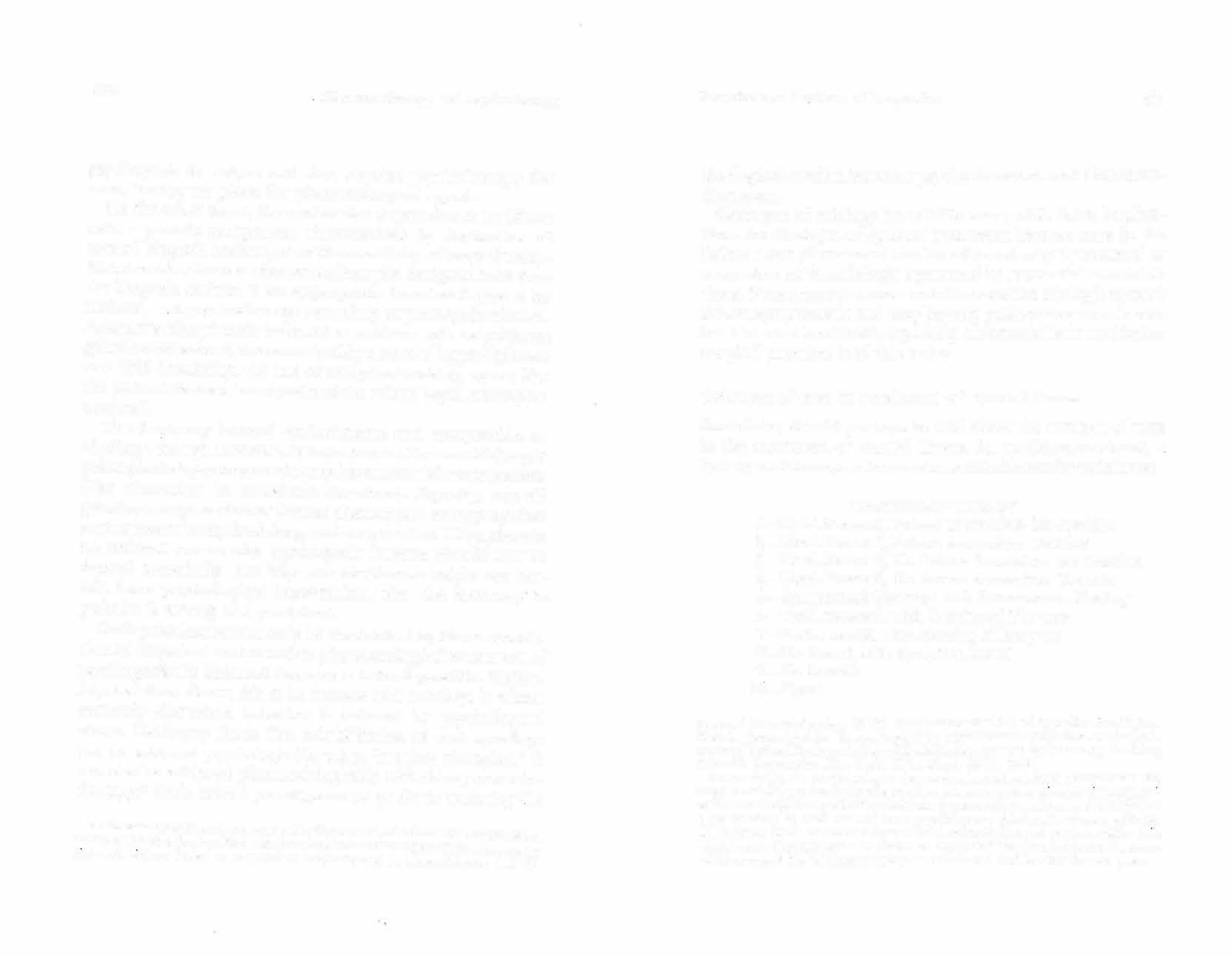
e_:ol?gy, though common, is unfortunate. Few would deny in p�mcr ple tha� psychogenesis may have material consequences (hke alterat10n in metabolic function) . .Equally, noc all gen _ otypcs exi:ress tl _ 1crnselves as phenotypes; an appropriate envrro _ nrnent 1s req u1red for genetic expression. Thus, there is no rational reason why psychogenic illnesses should not be treated somatically, nor why somatic illnesses might not benefit f�on: psychological intervention. Yet, the tendency to polarize 1s strong and persistent. .
Such polarization can only be diminished by the accumulat10n of empirical evidence thal pharmacological treatment of psychogenically induced illnesses is indeed possible. \,fcKinney et al4 have shown this to be the case with monkeys in whom seriously di _
sturbed behavior is induced by psychological stress. McKrnney finds that rehabilitation of such monkeys can be achieve� psychologically, using "monkey therapists." lt can also be achieved pharmacologically with chlorpromazine therapy.* Such animal paradigms may go far in reducing the
*
Similar findings have been reported by Corson el al, who fou11tl thatc<'rtain dogs, . whK� could not tol :-1."ate a _ Pavlov tan harness for conditioning or which were aggressive and v10lent, failed to respond to meprobamate or phenothiazines but. did Introduction: Problems of integration 2 7 9
ideological conflict between psychotherapists and pharmacotherapists. Concepts of etiology invariably carry with them implications for concepts of optimal treatment because cure in the fullest sense of the word can be achieved only by removal or correction of the etiologic agent and its sequential revcrberat.ions. Treatment thaL does not eliminate the etiologic agent is at best symptomatic and may be only palliative or even harmful. Yet most treatment, especially of chronic ills in medical or surgical practice, is of this order.
Concepts of c u re in tre a t ment of mental i l lness Something should perhaps be said about the concept of cure in the treatment of mental illness. In medicine, treatment, a loosely used term, can be. structured in a hierarchy as follows:
OuTCOM�:s OF THERAPY 1-Total Reversal, Future Prevention, No Residue 2-Total Reversal, Future Prevention, Residue 3-Total Reversal, No Future Prevention, No Residue 4--Total Reversal, No Future Prevention, Residue 5-Symptomatic Reversal with Spontaneous Healing 6-Total Reversal, with Continued Therapy 7-Partial Arrest, with Slowing of Progress 8-No Arrest, with Symptom Relief 9-No Benefit 10-Harm
respond to amphcramines in the "paradoxical" fashion of hyperkineuc children. (See: S. Corson et al, in "Proceedings of an International Symposium on the Relevance of Animal Psychopathologic:al Model to Lhe Human," sponsored by the Kiuay Scientific Foundation, New York, N. Y ., March 24-26, 1 974). Interestingly, the conditioning in these animals, made . possible by r.reat amphetamines, persisted after the ;imp her.amines were d,scontmu.,d. Sun�TH:nt with ilarly, ammals with a long history of vicious behavior (presumably based on genetic strain and poor handling by their masters) became gentle vcr� quickly after dosage _ with amph1:tarnines. Some animals were pct.tc<l and otherwise treated psychosoc1ally while receiving amphetamines for six weeks. At the end of this time, amphetamines were withdrawn and the animals remained "well behaved and lovable" for two years.
280 Pharmacotherapy and psychotherapy
The first four of these outcomes are cornmonly referred to as cures, while the remainder may be viewed at best as treatments of the outward manifestations of the illness. The highest form of cure is that which treats the illness and prevents its recurrence forever. Such cures are achieved onlv rarely, as in the case of certain infectious diseases. Thu;, immunization techniques purposely induce a minor illness, which results in the generation of sufficient antibodies to protect the host organism for long periods of time or forever-for example, polio, diphtheria, tetanus, pertussis or smallpox. Slightly lower in the hierarchy is the cure achieved with a�tibi _ otics, w _ hich eliminate the offending organism; or with v1tamms, which make up the deficiency as long-as thev are taken regularly in the diet. Still ot�1er cures Ie�ve residual illness or partial incapacitat1on, as m the cardiac or renal lesions which mav remain following the treatment of streptococcal infectior;s. Often these lesions may persist even though the cause is eliminated. Surgeons cure by excision: The price of the cure for peptic ulcer may be a partial st01nach; for carcinoma of the breast, a mastectomy. In most of modern medicine, physicians treat rather than cure. Chr?nic illnes��s, frequently of multiple etiology, like hypertension, arthntrs, diabetes and the degenerative diseases, are treated for relief of symptoms and to slow or block progression of the illness. In some illnesses like the common cold, treatment is aimed at relief of symptoms and avoidance of complications while the illness runs its course and spontaneously remits. Treatment goals of this type are quite respectable in medicine, although cures are not achieved. Even the palliative treatments of incurable illnesses which lead to death are considered to be highly desirable forms of treatment while more effective treatments are sought.
Introduction: Problems of integration
There is increasingly greater agreement in psychiatry that the schizophrenias, depression, and perhaps even the neuroses and character disorders, have a multiple etiology; and that for the individual case the quantitative proportions of the constitutional, psychogeriic, and immediate causes of the illness are impossible to define. It is therefore somewhat strange that we persistently seek Level 1 cures. In fact, il is doubtful that even with the best treatments now available we are able to treat anv form of mental illness so that no scars remain and there is 'a certainty of no recurrence. More often, ,ve treat, as other physicians do, to remove or minimize symptoms and to rehabilitate socially. If we relinquish the goal of Level l cures as impracticable for the public at large and perhaps even impossible except for those who are not very ill and \vho are able to afford the time and expense required tor prolonged intensive psychotherapy, \Ve must be willing to accept empirical treatments, In this sense the psychopharmacologically minded physician follows in the tradition of most other physicians, who a1-e satislied with empirical treatments that are effective though perhaps not directly related to the etiology. while they seek more fundamental types of etiologically related treatment through research. Study of drug effects needed Many clinical psychopharrnacologists are relatively unconcerned about the psycho dynamics of the patient to whom they give drugs. Their primary concern is usually the relief of target symptoms and the social rehabilitation of the patient. To this end, they give minor tranquilizers or sedatives for the relief of neurotic symptoms such as anxiety or insomnia, while simultaneously offering psychotherapy which is more often supportive or directive than intensive. Interestingly, there is an inverse relationship between the frequency of drug use and the nature of the psychotherapy. Intensive or psycho-
Pharmacotherapy and psychotherapy
analytic �herapy is associated with a lesser use of drugs than is suppor�1ve therapy. An increasing number of clinicians are now usmg psychotropic agents in combination with group therapy. s,G ln _ the _ treatment of depression, appropriate at1tidepressant �ed1cat1on combined with supportive psychotherapy is widely used. The value of these medications has been clearly demonstrated in endogenous depression; it is less c:ertain i;1 reactive depression. The utility of psychotherapy in endogenous depression is uncertain, but it seems clear that the an tidep _ ressants fac�litate the process of psychotherapy, if only by i:nakmg the patient more responsive to all aspects of his environment as the depression lifts. In the treatment of acme schizophreni _ a, the weight of current evidence clearly shows the _
s�,p�nonty 7_
of drugs over formal p�ychotherapy during hosp1talizat10n, although some therapists still claim better results when drugs are omitted. 8 Clinical psychopharrnacologists do not deny the influence of personality, milieu, social and interpersonal variables in the outco�e of d:ug therapy, but in comparsion to psycho?ynam1cally onented psychiatrists, they tend to minimize the 1mport�nce of these variables. Thus, Hamilton9 points out that, w1th __
P?tent drugs in appropriate doses, nonspecific effects d1m1111sh: One need not run the usual double-blind �lacebo co�trols with vitamin B 12 in the treatment of perni�1�us anem�a. Equally, one must not be overly influenced by 1d1�syncrat1C responses even to sim pie drugs like alcohol, which may ma�e a given individual euphoric, belligerent or sleepy, dependmg upon social or other nonspecific factors. But alco�ol in appropriate doses makes everyone drunk and uncoordmated, and frequently this consrant is more relevant �han the other behavioral responses elicited. It is also interestmg to note, as Cole et al10 have shown, that in the treatment of schi�ophrenia nonspecific drug effects arc less powerful than specific effects, and that primary symptoms are affected more
Introduction: Problems of integration 283
9 powerfully than secondary ones. As Hamiltonputs it, "Nonspecific effects are important for small treatments and small illnesses." With more serious illnesses and more potent. treatmenrs, nonspecfic effects become less important. A second factor concributing toward the failure to integrate psychopharmacology and psychotherapy successfully may lie in the nature of our training programs. Grinkcr11 has commenre _ d on the degree to which psychodynamics and psychoanalytIC concepts are emphasized. This tends to lead to the consideration of psychopharmacology as a second-rate form of treatment co be viewed with some disdain. May, 12 who has addressed himself at length to the problem of psychotherapy and the ataractic drugs, has reviewed several statements by Freud indicating a flexible, tolerant and hoperul attitude toward chemical therapies. But this attitude has rarely been maintained by those who followed him. A third factor may lie in the nature of the approach in thinking required for comfort with both types of therapy. Psychodynamic theory and its application to practice is subtle, complex, and both intellectually and emotionally seductive to the types of persons who elect the practice of psychiatry as a career. Compared to the richness of this discipline, current teaching of empirical psychopharmacotherapeutics is somewhat pallid. 13 In part this is due to the teaching, which is primarily symptom oriented, rather than syndrome or disease ori�nled. This emphasis renders it narrowly pragmatic, which tends to preclude the development of a more global and holistic attitude toward the interrelationships between psychodynamics and neurobiology in general, and between psychopathology and psychopharmacological therapeutics in particular. Similar situations are encountered ·in the teaching of any type of therapeutics throughout medical school. Thus, �he teach!ng of clinical pharmacology has become the province of chmcal departments, where it is integrated with concepts of the pathogenesis and specific treatment of disease.
284 Pharmacotherapy and psychotherapy
Basic science departments of pharmacology, on the other hand, teach a type of biochemistry and physiology in which drugs are treated as variables that affect normal and pathological metabolic processes according to a predominantly mechanistic and reductionist causal paradigm. Much of the fundamental research that attempts ro relate the action of a drug upon chemical processes within and among neurons to the physiological processes which they subserve and to the behavioral consequences which they generate is both exciting and complex. Although a one-to-one concordance between drugs and disuet.e chemical processes can be expected, the degree of concordance diminishes as the systems become more complex. The many physical, biochemical and behavioral factors which may influence the response to a drug have been summarized by Invin 14 (see Table 1 for his summary).
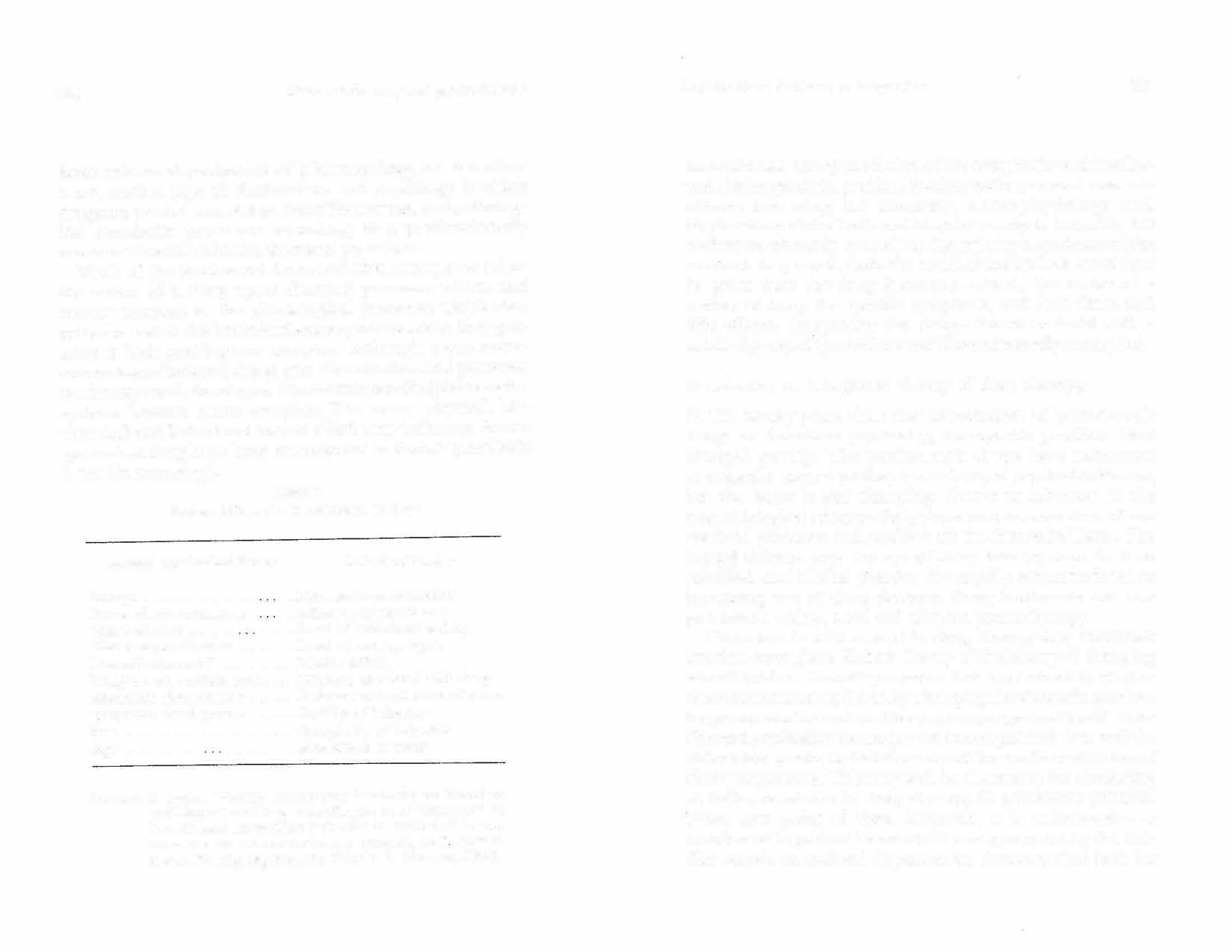
TABLE I Factors influencing the response to drugs
Physical-Biochemical Factors B ehaviornl Factors
Dosage ............... . Route of administration ... Drive state or motivation ... Affective or mood state
Tissue affinity . . . . . . .
. ..... Level of behavioral activity Tissue responsiveness ......... Level of sensory input Detoxification rate ............ Placebo effect 'Weight, body surface area ..... Meaning associated with drug
Abnormal biochemistry
....... Defense mech,mism interference Tolerance development ....... Stability of behavior Sex ....................... , .. Complexity of behavior
Age . . . . . . . . . . . . .......... Side effects of drug
SoullCE: S. Irwin. "Factors Influencing
Sensitivity to Stimulant and Depressant Drngs Affecting (a) Loco-motor and (b) Conditioned Avoidance Behavior in Animals," in THE
DYNAMICS OF PSYCHIATRIC DRUG THERAPY, G. J SarwerFoner, Ed. (Springfield, Ill.: Charles C Thomas, 1960). Introduction: Problems of integration 285
In most cases, our appreciation of the complexity and intellectual challenge of the problem is achieved by personal research efforts involving the anatomy, neurophysiology and biochemistry of the brain and its relationship to behavior, but such research rarely enters into the training experience of the resident. In general, then, the resident learns little more than he gains from the drug literature-that is, the choice of a variety of drugs for specific symptoms, and their doses and side effects. Integrating the drug-relevant material with a detailed grasp of syndromes and illnesses is rarely attempted.
Developing an integrated theory of drug therapy In the twenty years since the introduction of psychotropic drugs to American psychiatry, therapeutic practices have changed greatly. The psychotropic drugs have influenced practice far more than they have changed psychiatric theory, but the latter is also changing, thanks to advances in the neurobiological sciences. Still, there remain a number of unresolved problems and conflicts on the theoretical level. The heated debates over the use of drug therapy seem to have subsided, and clinical practice has rapidly accommodated to increasing use of drug therapy. Drug treatments are now prescribed widely, with and without psychotherapy. These trends with respect to drug therapy may constiLuLc another example of Kuhn's theory of the history of changing scientific ideas. Kuhn15 proposes that most scientific revolutions are not accomplished by changing the views of a particular group of adherents; rather, a younger generation of scientists and professionals accepts the newer point of view and the older ideas gradually fade because of the death or attrition of their proponents. This may well be the reason for the fading or initial resistance to drug therapy in psychiatric practice. From one point of view, however, it is unfortunate-a number of important theoretical issues generated by the conflict remain unresolved. In particular, the theoretical basis for
Pharmacotherapy and psychotherapy
combined therapy and the nature of interactions between drugs and psychotherapy still remain unclear. These issues have important implications for the mental health care and delivery system now under scrutiny and criticism in the United States and in other nations. It would obviously be wasteful to combine drugs and psychotherapy if one form of treatment may achieve as much as the combination. Here, as in the health services in general, we need to study not only the relative efficacy of treatments, but also their relative costs. ln this respect, the research of Philip May7 on the psychotherapy and drug therapy of schizophrenia is significant. May has calculated the relative costs and the costbenefit ratios of various forms of treatment, and has indicated that drug therapy alone, at least during the acute hospitalization phase, has clinical and economic advantages. However, we still need to determine whether these initial advantages have definite long-term value during the rehabilitation and social adjustment phases of posthospital treatment; and particularly whetherthere is a real place for psychotherapy in the treatment of the discharged patient. Fo"r example, it might well be that even if not directly efficacious in itself, supportive psychotherapy has definite indirect effects in successful aftercare, if only by fostering patient compliance with the prescribed chemotherapeutic regimen. Finally, the lack of an existing com prehcnsivc theory integrating the two ideological approaches is not the only issue. Also and perhaps of primary importance, there is no adequate body of systematic research data concerning the comparative efficacies of various treatments separately and in combination. It. is quite possible that we might not be able to develop an integrated theory for some years, but we could at least achieve a broader basis of pragmatic research which would enable us to function more effectively in clinical therapeutics. It is clearly beyond the capacity �nd scope of this committee to offer a comprehensive theory for mental illness
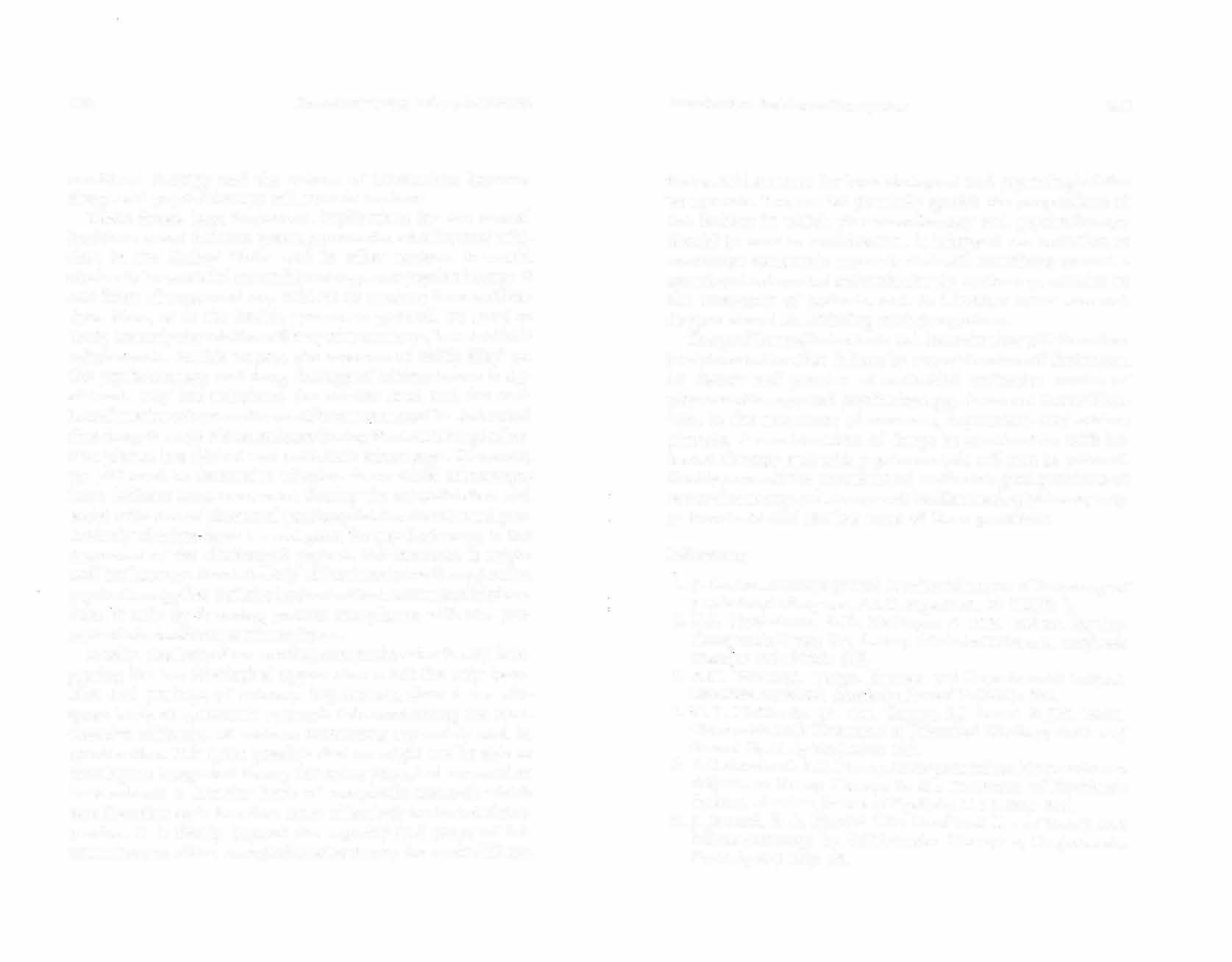
Introduction: Problems of integration 287
that would account for both biological and psychological determinants. Nor can we precisely specify the proportions of the fashion in which pharmacotherapy and psychotherapy should be used in combinalion. It is instead our intention to encourage systematic research that will contribute toward a sound and integrated rationale for the various approaches to the treatment of patients, and to illustrate some research designs aimed at achieving such integration. The problems alluded to in this introduction will therefore be elaborated in what follo-ws by a consideration of the impact on theory and practice of controlled evaluative studies of pharmacotherapy and psychotherapy, alone and in combination, in the treatment of neuroses, depression, and schizophrenia. A consideration of drugs in combination with behavior therapy and with psychoanalysis will also be offered. Finally, some of the practical and methodological problems of research strategy and design will be discussed, which may help to illuminate and resolve some of these problems.
References I.J. Levine . .Findings quoted in editorial report of frequency of psychotropic drug use, F.D.C. Reports 31, 29 (1969): 7. 2.D.I. Manheimer, G.D. Mellinger & M.B. Balter. Psychotherapeutic Drugs: Use Among Adults in California, California 1vtedic1ne l 09 ( 1968): 445. 3.R.M. Whitman. Drugs, Dreams and Experimental Su�ject, Canadian Psychiatric Association journal 8 (1963): 395. 4.W.T. McKinney, Jr., L.D. Young, S.J. Suomi & J.M. Davis. Chlorprornazine Treatment or Disturbed Monkeys, Archives of General Psychiatry 29 (1973): 190. 5.R.C. Cowden & R.C. Finney. Chlorpromazine: Alone and as an AdjuncL to Group Therapy in the Treatment of Psychiatric Patients, Amen:can Journal of Psychiatry 112 ( 1956): 898. 6 . .J. Janecek & A. Mandel. The Combined Use of Group and Pharmacotherapy by Collaborative Therapists, Comprehensive Psychiatry 6 (1965): 35.
288
Pharmacotherapy and ps)•chothe1·apy
7. 8. 9. 10. 11. 12. P.R.A. May. TREATMENT OF SCHIZOPHRENIA (New York: Science House, 1968). A. Arieti. An Overview of Schizophrenia from a Predominantly Psychological Approach, American Journal o/ Psychiat1y 131 (1974): 241. M. Hamilton. "Discussion of the Meeting," in .-;coi-;SPEClflC FACTORS IN DRUG THERAPY, K. Rickels, Ed. (Springfield, Ill.: Charles C Thomas, 1968). J. Cole, R. Bonato & S.C. Go�dber?. "N��specific Fact�r� in Drug Therapy of Schizophrenic Patients, . 111 �o:-.sPEC!FIC t·AC:TORS IN DRUG THERAPY, K. Rickels, Ed. (Spnngheld, Ill.: Charles C Thomas, 1968). R.R. Grinker. A Struggle for Eclecticism, American Journal of Psychiatry 121 ( 1964): 151. P. R. A. May. "Psychotherapy and Ataraxic Drugs," in
HANDBOOK OF PSYCHOTHERAPY AND BEHAVIOR Cf1A1''CE.: A'.\: t::M13. PIRTCAL ANALYSIS, A. E. Bergin & S. L. Garfield, Fds. (New York: John Wiley & Sons, 1971 ). . . G. L. Klerman. The Teaching of _ Psychopharrnacol�gy m _ �he Psychiatric Residency, Com{lrehe:nsw� _
P�ychiat?.
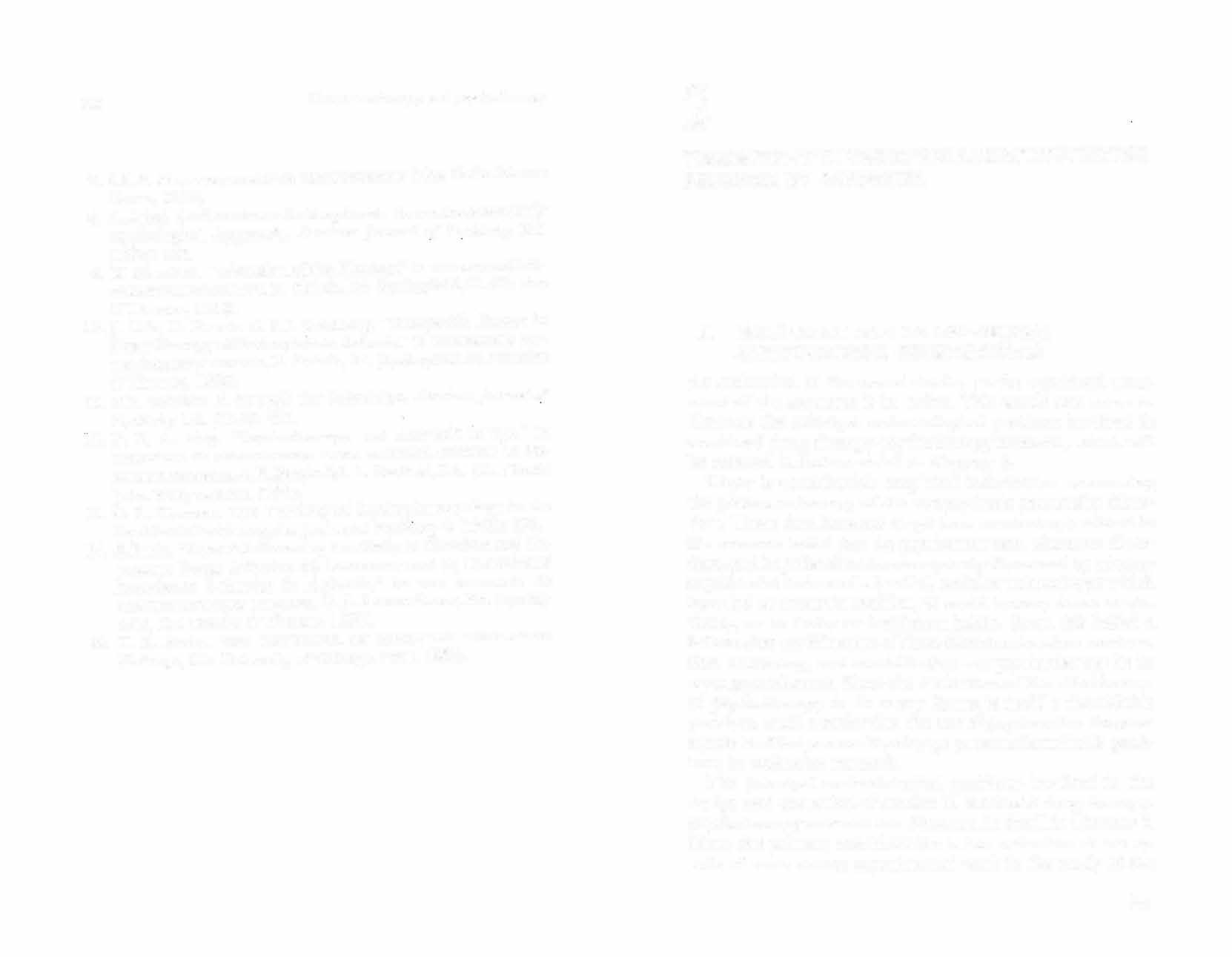
14. 6 ( 1965): 2::>::>. S. Irwin. "Factors Influencmg Sens1t1v1ty to Sumulant a'.1? Depressant Drugs Affecting (a) Locomotor and (b) Cond1t1onecl Avoidance Behavior in Animals," in Tiff DY:--JAMICS _
OF 15. PSYCHIATRIC DRUG THERAPY, G. J. Sarwer-Foner, Ed. (Springfield, Ill.: Charles C Thomas, 1960). T. s. Kuhn. THE STRUCTURE OF SCIENTIFIC REVOLUTION (Chicago, Ill.: University of Chicago Press, 1962).
2
TREATMENT Of THE NEUROSES AND N0NPSYCHOTIC PERSONALITY DISORDERS
I. NONSPECIFIC FACTORS AND GENERAL
METHODOLOGICAL CONSIDERATIONS An evaluation of the recent studies on the combined treatment of the neuroses is in order. This would al.so serve to illustrate the principal methodological problems involved in combined drug therapy-psychotherapy research, which will be covered in further detail in Chapter 8. There is considerable empirical information concerning the pharmacotherapy of the nonpsychotic personality disorders. These data have not as yet been convincingly related to the common belief that the psychoneuroses, character disorders, and impulse disorders are principally caused by adverse experiential factors of a familial, social or cultural type "vhich have led to neurotic conflicts, to social incompetence or deviancy, or to faulty or inefficient habits. From this belief it follows that modification of these disorders involves reeducation, retraining, and rehabilitation-or psychotherapy in its most general sense. Since the evaluation of the effectiveness of psychotherapy in its many forms is itself a formidable problem, small wonder that the use of psychoactive drugs as agents to effect personality change presents formidable problems in evaluative research. The principal methodological problems involved in the design and execution of studies in combined drug therapypsychotherapy research are discussed in detail in Chapter 8. Here, the primary consideration is the evaluation of the results of some recent experimental work in the study of the
290 Pharmacotherapy and psychotherapy
combined treatment of the neuroses. However, certain qualitative and relatively nonspecific factors that may influence the observed pharmacological profile of psychoactive drugs or that may be relevant to the technique and outcome of psychotherapy must be given due attention.
l. Changes over time in untreated psychiatric patients There is evidence that symptomatic improvement occurs spontaneously in a relatively high proportion of untreated psychiatric patients. Eysenck's reviews of the literature1·3 led him ro raise the question whether psychotherapy docs any better than no such therapy or even the mere passage of time. Scholarly and erudite rebuttals in the literature to Eysenck's arguments by Luborsky,4 Rosenzweig,5 and 14 other prominent scholars3 have not entirely reassured the scientific community that psychotherapy is a definite causal agent in changing personality and behavior disorders. One of the major problems in the assessment of the "namral history" of emotional illness has been the difficulty of obtaining patients who are in fact untreated. Many patients who consult a psychiatrist have already received some form of interpersonal assistance or guidance under medical or nonmedical auspices, given by a nonpsychiatric physician, a psychologist, fl sociologist, a social worker, a clergyman or a nonprofessional counselor. Nonspecific factors in treatment (i.e., the interest of one human being in the problems of another, the simple act of communication between two or more individuals, the expression of sympathy and encouragement by the counselor or therapist) may be a m,�or determinant in producing at least transient alleviation of symptoms. Therefore, various compromises have to be made about what constitutes a truly "untreated" patient. What are some of the findings coming from such studies?
a-Psychoneurotic patients receiving little treatment or nonspecific treatment: Denker" followed up treatment by general prac-
Treatment of' the neuroses 291
titioners of 500 consecutive disability claims for neurosis from the files of an insurance company. He found that after 2 years, 72% of the patients, and after 5 years, 90%, were "able to return to work and carry on well in both their economic and social adjustments." Although there is the possibility here of compensation neurosis rather than true �pontaneous remission, these data are nonetheless highly suggestive .
7 • • • • Ernst, 8 using purely sym ptomat1c cntena, found an nnprovement rate among mixed psychoneurotic patients of 77% (N = 120) with an average follow-up of 24 years. Malan et al9 attempted to evaluate the symptomatic improvement of untreated neurotic patients from a psychodynamic point of view. In a 2- to 8-year follow-up study of 45 untreated patients at the Tavistock Clinic, 51 % were found to be symptomatically "improved" and 20% symptomatically "recovered." Out of the "improved" group, 29% were judged still psychodynamically "suspect"-that is, still showed evidence of a heightened propensity to neurotic symptom formation although their initial symptoms were relatively quiescent. By the same psychodynamic criterion, in the "recovered'' group 18% showed persisting evidence of neurosis. In summary, of these 45 untreated patients, only 22% were found to be "improved" from the psychodynamic point of view (vs. 51 % from the symptomatic viewpoint), and only 2 % ( 1 patienL) were judged "recovered" (vs. 20% "recovered" from the symptomatic viewpoint). Mullerrn found a symptomatic improvement rate of 49% (N = 57) with a follow-up of 5 years and for more than half the patients over 20 years. His criteria for "improved" were: socially adapted, able to work, relatively good human relations, obsessional symptoms still present but clearly much milder. Sa slow and Peters 11 followed up, 1 to 7 years after initial contact, 87 out of 100 consecutive patients, diagnosed as having a behavior disorder, who had had not more than two
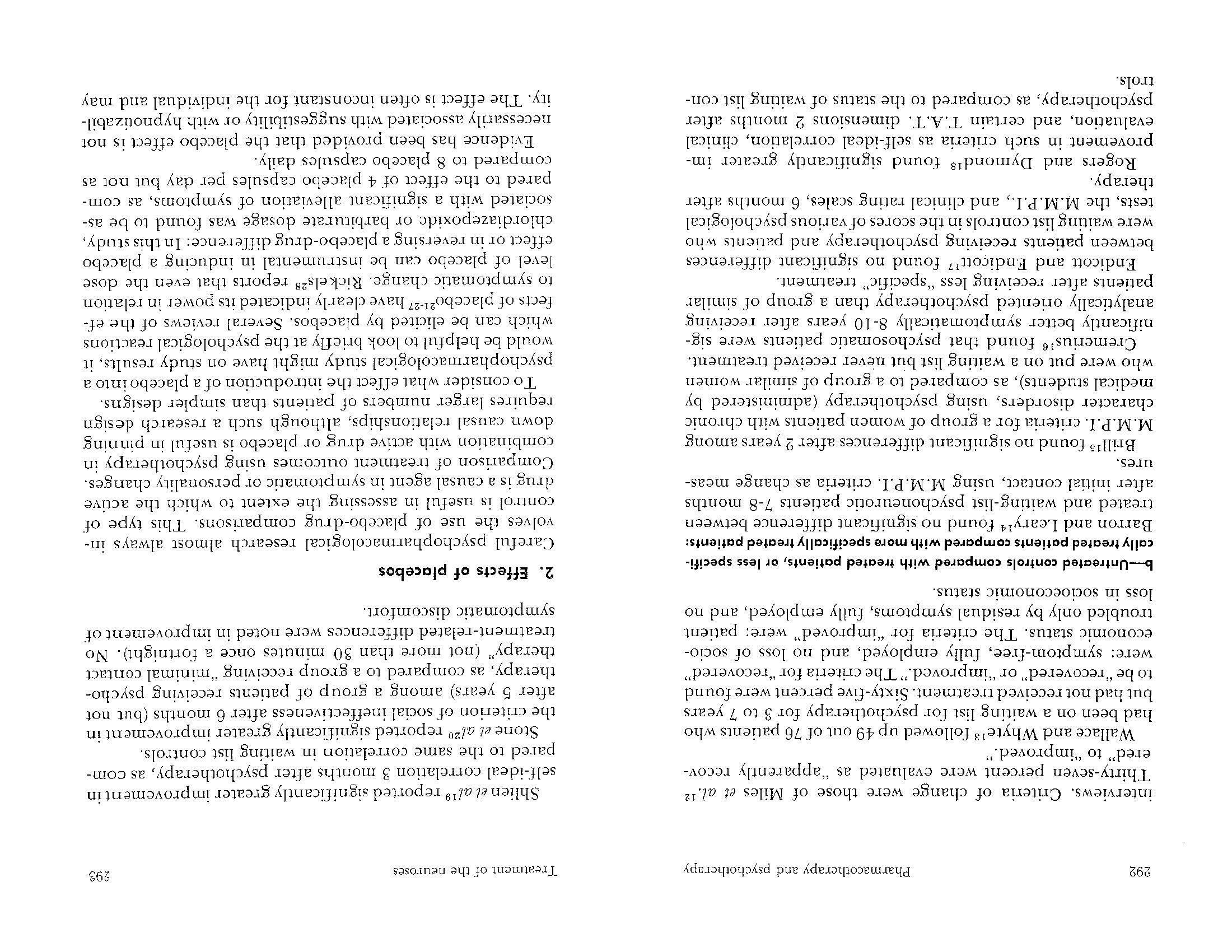
294 Phannacotherapy and psychotherapy
be more likely to occur under special circumstances, such as under the stress of pain after surgery, when a placebo is used as a "pain killer."23 Moreover, the placebo effect is often quite short-lived in comparison to the effect of a pharmacologically active medicament. Nonetheless, the placebo effect is clearly not to be written off as spurious, "merely imaginary," or somehow "less real" than the effect of' an active drug, as it sometimes is by "tough-minded" clinicians and researchers. The optimism and confidence engendered by the utilization of any treatment modality the patient really believes will help him are not necessarily the product of magical thinking, but rather can be a crucial factor in altering the patient's mental set and thus his further psychotherapeutic progress. In this way, a positive placebo effect may actually augment the therapeutic efficacy even of pharmacologically active agents. The discussion which follows is relevant to this iinportant issue of securing and maintaining a positive, constructive attitude on the part of the patient.
3. Effect of psychotherapeutic goal(s) The goals of the psychotherapies differ considerably. A psychotherapeutic program aimed at increasing the affect experienced by an obsessive-compulsive patient probably will require an adjunctive drug different from that required by a psychotherapeutic program aimed at decreasing the current affective level or arousal capacity of the individual. Hence, the psychotherapist must carefully consider his goals, short-term and long, before prescribing a drug to accompany his psychotherapy. More subtly, when the therapeutic goal involves a hopedfor change in a complex character trait, probably the psychotherapist should not only provide a rational explanation to his patient for prescribing a medicament, but he should also distinguish the short-term versus the long-term aspects of the drug component of his therapeutic regimen. Treatment of the neuroses 295
At present it would be foolhardy to attempt to state in a formula what the rationale of drug administration should be in the treatment of nonpsychotic patients, for this field of therapeutics is too new co insist on such precision. T __ !shere considerable room for careful experimentation rn this area-not haphazard, unplanned clinical investigation, ?ut rather psychoactive drug studies with sound research design and controls, explicit formulations, and all the other features of a well-planned research project. Some current uses of psychoactive drugs in combination with psychoactive treatment of nonpsychotic personality disorders may be noted here:
1. 2. 3. 4. 5. 6. 7. 8. 9. 10. To inhibit, alleviate or suppress symptoms, such as anxiety, hostility or panic attacks. To combat insomnia. To stimulate energy, psychomotor activity, creativity. To induce and maintain rapport with the psychotherapist. To reduce irrational fear (as in phobia) as a step in a program of psychotherapy so that the patient will try to carry out the neurotically feared activity. There is no evidence that at appropriate dosages psychoactive drugs which inhibit anxiety-that is, irrational fearalso decrease the intensity of realistic fear. To decrease irrational affects moderately to a level where the patient's observing ego, his more rational self, can function sufficiently well to gain understanding of his conflicts through psychotherapy. To allay the patient's inertia or paralyzing depressive mood so that he can function domestically and vocationally, and can collaborate effectively with the psychotherapist. To reinforce suggestions of the psychotherapist. To suppress periodic psychotic thinking or behavior. To induce altered states of consciousness, as in psychedelic drug treatment.
296
Pharmacotherapy and psychotherapy
4. Effect of therapist's personality �he effects of the psychotherapist's personality and his attitude toward the patient on the out.come of treatment have been studied assiduously for many years by psychoanalysts,20 and more recently by "nondirective" or "client-centered" therapists.7•30-33 These studies indicate that the attitude or personalit _ y of th� therapist may often profoundly influence
both the 1mmed1ate and the subsequent course of psychotherapy. Some psychotherapists seem to achieve patient improvement regularly and some to achieve patient deterioration.
31•33·11 Even in brief 5-minute interviews where standardized instructions for eliciting speech from the subject
are _

_ reac: �nd where the interviewer is silent during this time, maint�mmg an unreactive facial expression, a content analysis of the sul�ject's verbal behavior has shown significantly _ great:r anxiety and hostility regularly expressed with some mterv1ewers as compared to others_12,43 I� is highly likely that with the usual therapeutic doses of the typrc�l dru?s used in the treatment of the nonpsychotic pcrsonal1�y d1so�ders, the personality and altitude of the therapist also m�uenc� the drug effect noted in pharmacothera py. �everal mvestigators studying the relative effectiven�ss _ of different _P�ychoact.ive drugs with outpatients, as admm1stered by different physicians, where no formalized psychothe�apy w�s ca�ried out, have reported different results associated with different physicians_zs,44,-15
5. Effect of patient's personality c Some effects of the patient's personality on recovery are well kn�wn to _ every practicing clinician. A high percentage of patient� with acu�e anxiety or neurotic depression but with otherw1se well-ad Justed personality make-up re _
over readily with alrn?st any form of therapy (see previous discussion of change m "untreated" psychoneurotic patients). Given
Treatment of the neuroses 297
enough time, one-half to two-thirds experience alleviation of their symptoms with the passage of time alone, although underlying psychodynarnic changes may fail to occur.9 An indication of the inDuence of personality make-up on change over time in psychoneurotic patients receiving little or no therapy of any kind is suggested by the study of Endicott and Endicott.17 They studied certain demographic and personality characteristics of 40 outpatients who improved after being kept on a waiting list without formal psychiatric treatment for approximately 6 months. Twelve clinical rating scales were used. The "improved" group showed lower initial (pre-wait)ratings on the Depression and Hostility scales and significantly higher initial ratings on scales of Self-Esteem, Adaptation to Reality Testing, Thought Processes, Defenses, Ego Strength, and Mental Health. Furthermore, the "improved" group had significantly more education than the "unimproved" group. Also, the "improved" group showed lower scores on the Pa and F scales of the M.M.P.I., higher scores on the Rorschach Prognostic Scale, and larger mean numbers of FC and Rorschach responses than the "unimproved" group. Gottschalk et al46 have pursued the question of what personality traits typify those acutely upset psychiatric patients who improve the most, primarily with brief (six treatment sessions or fewer) psychoanalytically oriented psychotherapy and sparing use of psychoactive drugs. Good responders were found to have the following characteristics: (a) a facility and positive interest in interpersonal object relationships (high score on the Gottschalk Human Relations Verbal Behavior Scale); (b) relatively little thinking disorder or social alienation (low social alienation-personal disorganization score on the Gottschalk-Gieser Verbal Behavior Scale); (c) acutely disabling psychological symptoms (high scores on the Gottschalk Psychiatric Morbidity Scale and the Gottschalk-Gieser Anxi. ety and Hostility Inward Scales); and (d) membership in the
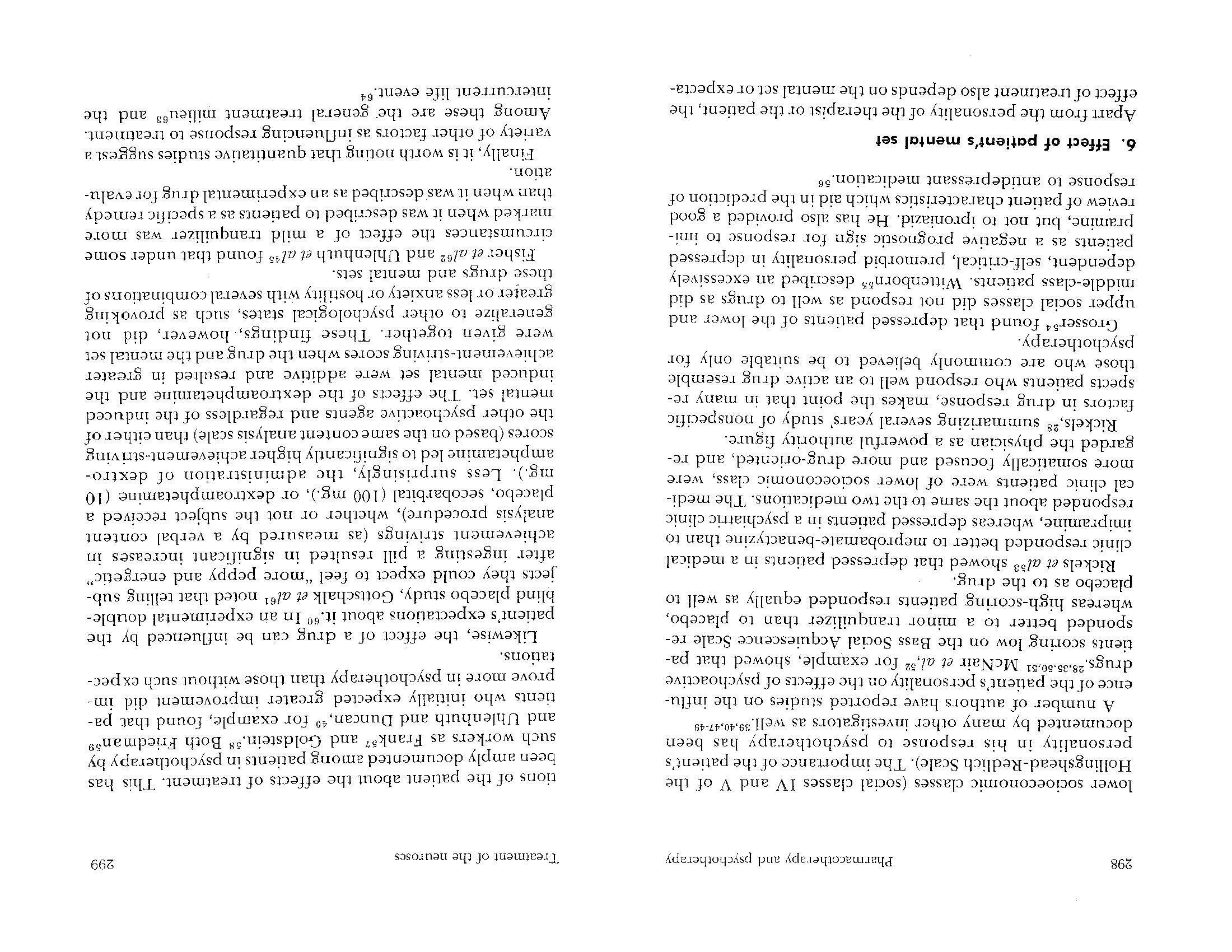
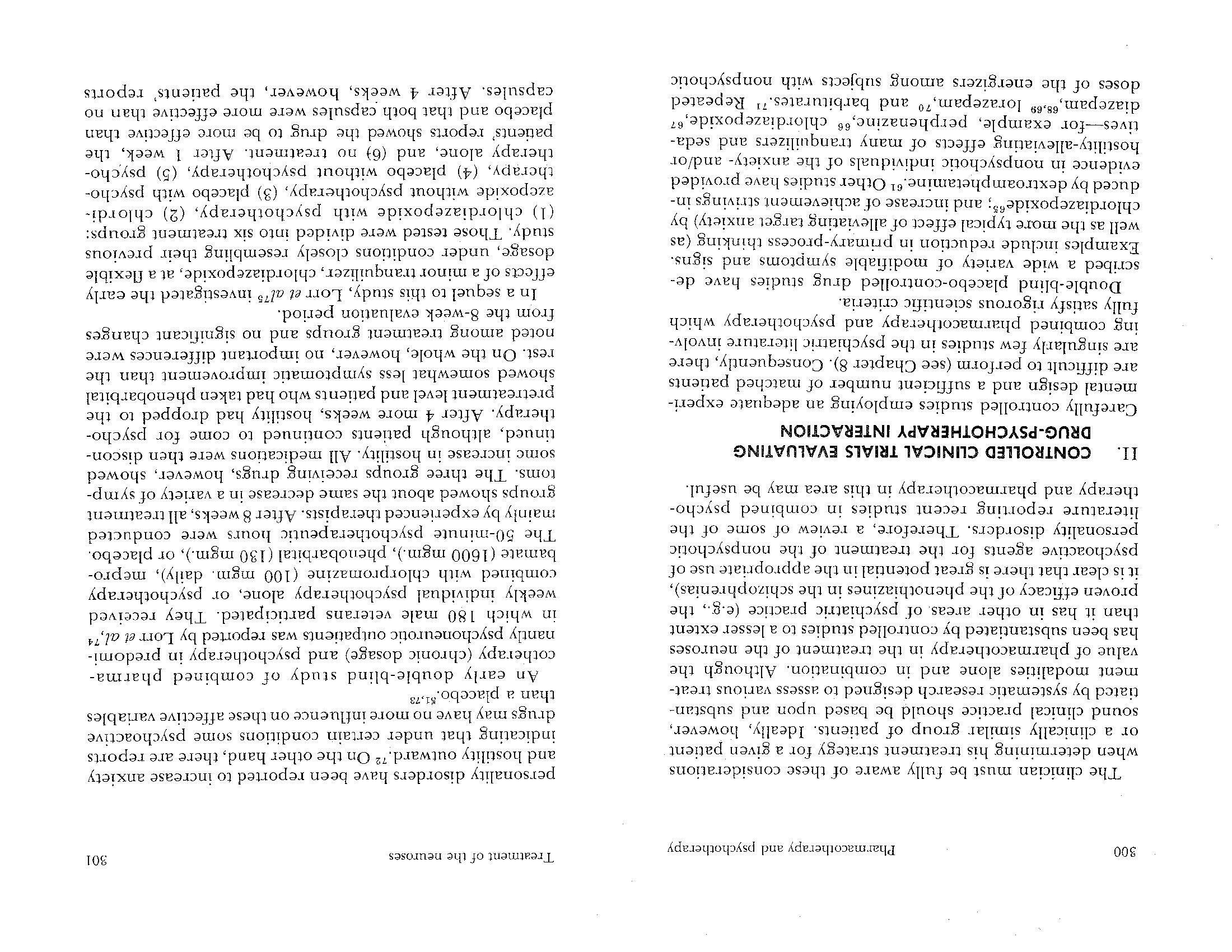

304 Pharmacothcrapy and psychotherapy
and on 48% of initial sample in the second study. In the sec�nd study, mo:"eover, the rate of dropout was higher for patients who received psychotherapy than for those who did not. More striking treatment differences and interaction patterns may have been obscured by the attrition of both the most-i�proved and the least-improved patients.77 Fina1ly, the �navo1dable possibility of bias in some of the therapisls' ratmgs must be acknowledged. Rickels et al18 studied the effects of meprobamate, 1600 mgm_. daily, or placebo, each combined with psychotherapy provided by 5 experienced private psychiatrists in their of�ces. A total of 114 patients participated. Medications were assigned at random and under double-blind conditions. Psychotherapeutic interviews lasting from less than 30 minutes to about 45 minutes took place once weekly. Assessments were made every 2 weeks over the total study period of 6 we��s. After 2 weeks, the patients' global ratings and the physicians' global ratings and individual symptom ratings showed no drug-placebo differences. After 4 and 6 weeks, however, most of these ratings showed that meprobamare was more effective than placebo. In this study, then, a minor tranquilizer produced benefit :Vhen combined with psychotherapy. This additional benefit mcre�sed as treatment progressed. The authors pointed out but did not really attempt to reconcile the contradictions �etwee� their re�ults and those of Lorr's group. The descriptions of the studies, however, suggest gross differences in the _ psychotherapy offered by the two groups of investigalors. The amount of p�ychotherapeulic contact in the Rickels study was (1) m?re vanable and (2) less, on the average than in the Lorr studies. Unfortunately, the data do not indicate duration of the average interview in the Rickels study. Patients may have responded more co medication in this study because lhe low psychotherapeutic contact was ineffective.rn It is worth considering the further possibility that patients in this study
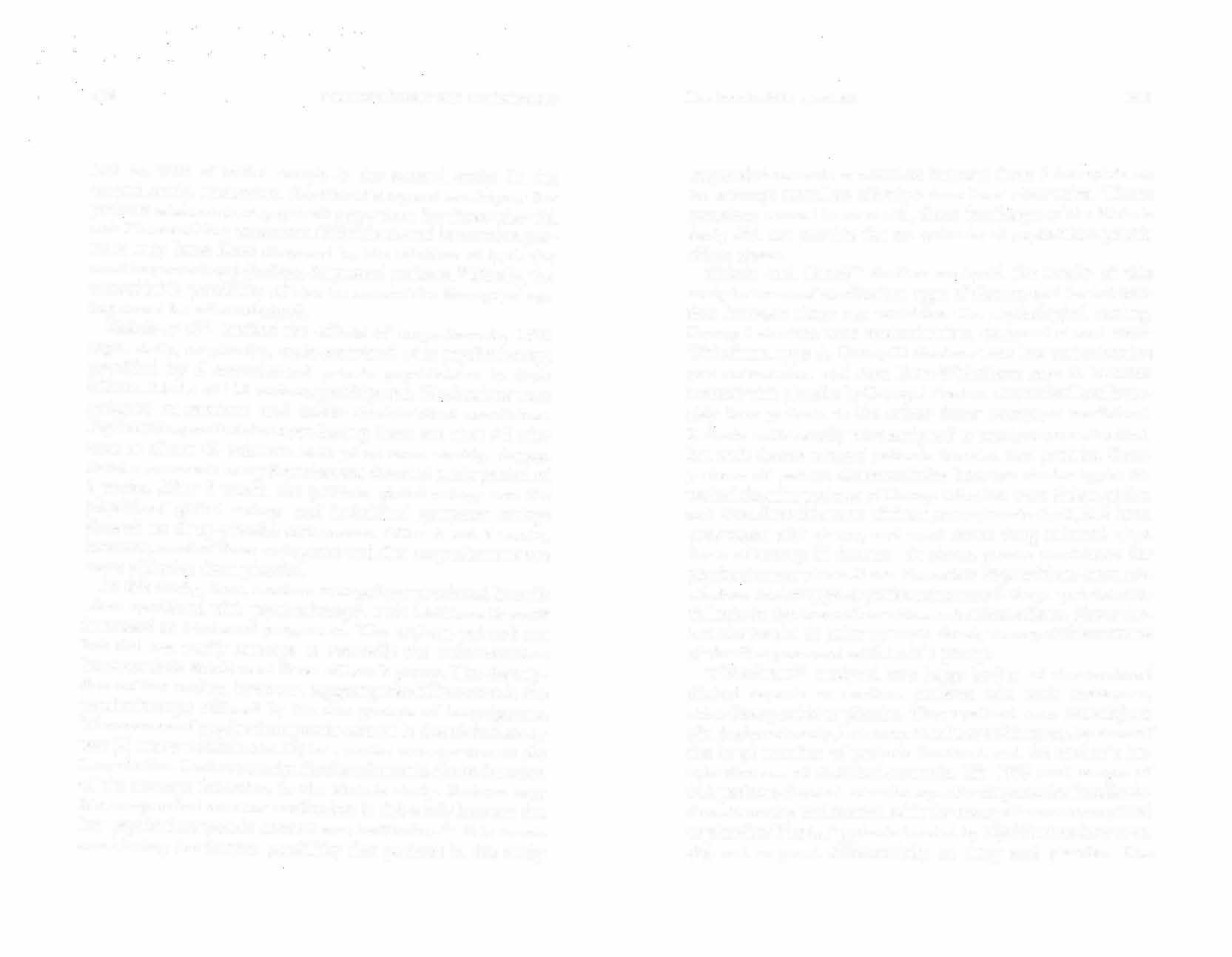
Treatm<:nt of the neuroses 305
responded more to medication because these 5 therapists on the average were less effective than Lorr's therapists. These questions cannot be resolved, since the design of the Rickels study did not provide for an estimate of psychotherapeutic effect alone. Rickels and Cattell80 further analyzed the results of this study in terms of medication, type of doctor, and the interaction between these two variables. On psychological testing, Group I doctors were authoritarian, extraverted and Bet.lWhicehorn type A. Group 11 doctors were less authoritarian and extraverted and were Betz-Whitehorn type B. Patients treated with placebo by Group I doctors responded less favor-· ably than patients in the other three treatment conditions. Patients in this study were assigned at random to medication, but each doctor selected patients from his own practice. Comparison of patient characteristics between doctor types revealed that the patients of Group I doctors were sicker, older, and less educated; more of them were chronically ill, had been pretreated with drugs, and were more drug oriented than those of Group II doctors-in short, poorer candidates for psychotherapy alone. It was therefore impossible to ascertain whether doctor type or patient characteristics played the crucial role in the interaction with medication effects. Nevertheless, the results do point up more clearly some possible sources of the disagreement with Lorr's group. Wittenborn81 analyzed two large bodies of standardized clinical reports on anxious patients who took oxazepam, chlordiazepoxide or placebo. These patients were not subjects of a designed study, but study results are of interest because of the large number of patients involved and the author's imaginative use of statistical controls. His 1963 total sample of 944 patients showed a clearly superior response in the alleviation of anxiety and tension with the tranquilizers as com pared to placebo. The 417 patients treated by psychiatrists, however, did not respond differentially to drug and placebo. The
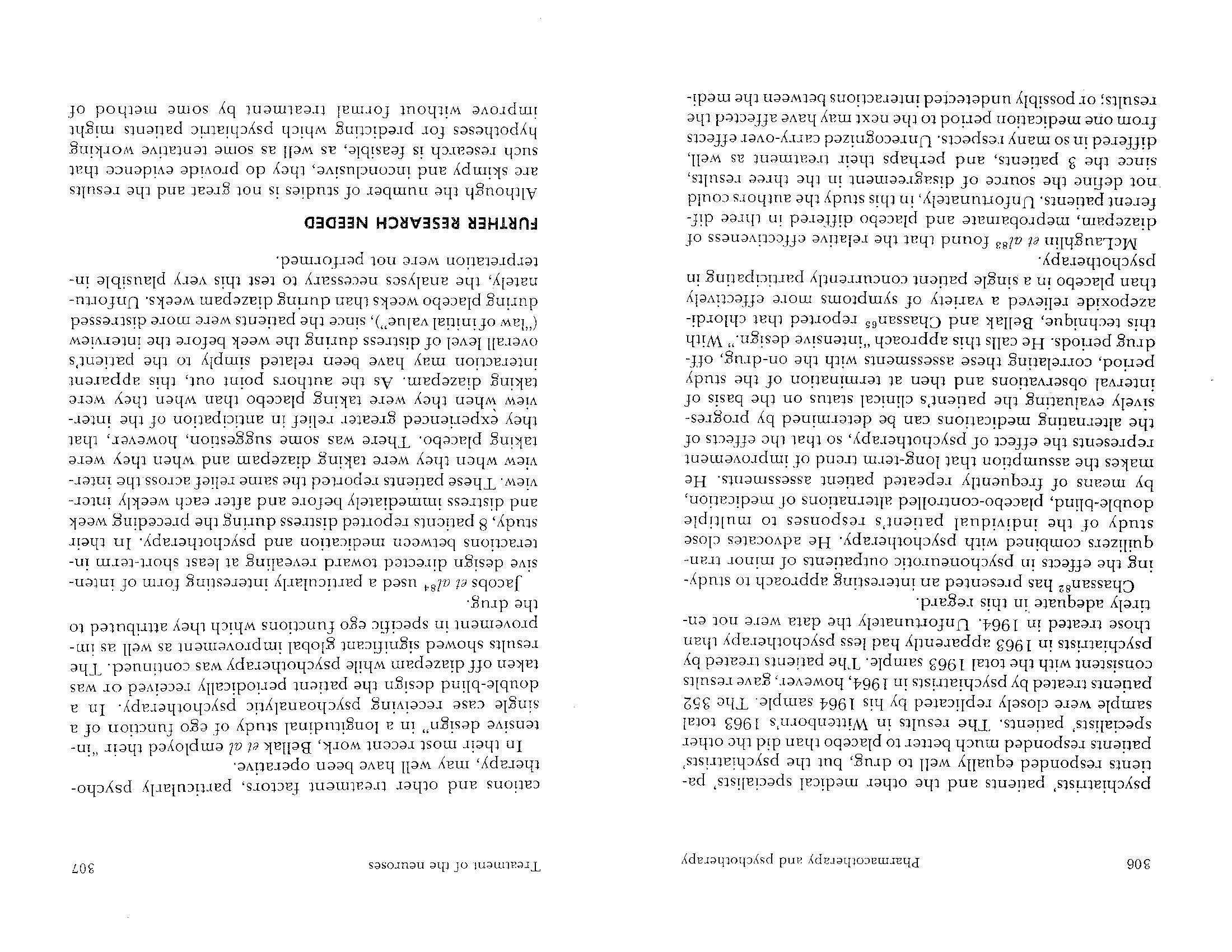
308
Pharmacotherapy and psychotherapy
psychotherapy or with some psychoac�ive �r\1g. It is likely that different predictors will be found for different types and combinations of therapies, but there may well be considerable overlap among the relevant personality strengths and ":ea�nesses of the patient. Certainly for many acute psych1atnc disorders, the patient's own self-curative capacities may be of major importance. In any event, we need to be car�ful about prematurely attributing change which occurs dunng treatment to any single com poncnt of that treatment. Only further extensive and carefully controlled research _
will provi�e us with conclusive answers to the pressing questions, \Vhat 1s the optimally effective t1-eatment of the neurotic patient and what is the value of combined treatments?
References 1.H.J. Eysenck. The Hfects of Journal of ConsulLing Psychology Psychotherapy, 16 ( 1952): 319. An Evaluation,
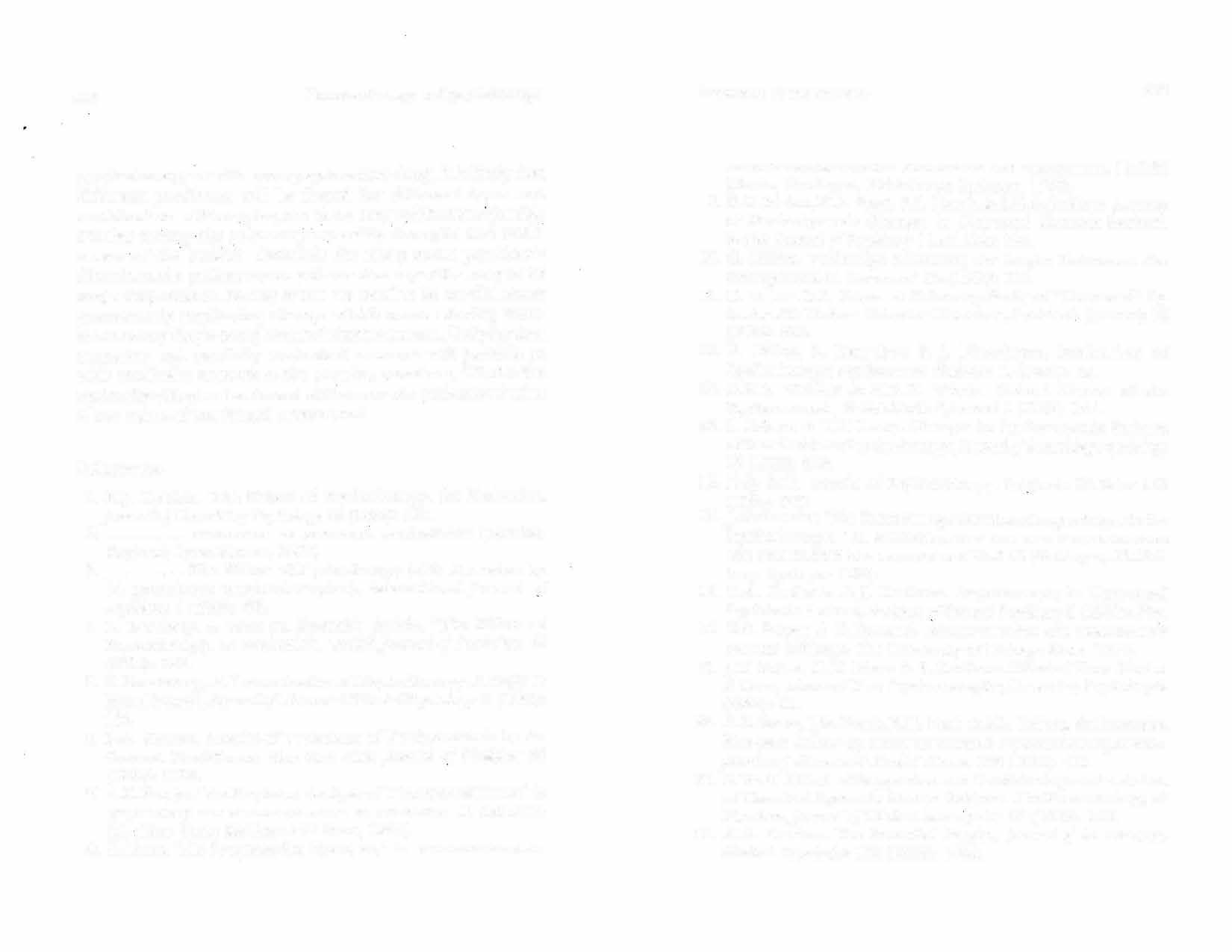
2.----· HANDBOOI< OF ABNORMAL PSYCHOLOGY (London, 3. 4. England: Isaac Pitman, 1960). . . . ____ . The Effects of Psychotherapy (with d1scuss10ns 14 prominent psychotherapists), International Journal Psychiatry 1 ( 1965): 97. L. Luborsky. A Note on Eysenck's Article, "The Effects by of . oi 5. Psychotherapy, an Evaluation," British Journal of Psychology 45 (1954): 129. S. Rosenzweig. A Transvaluation of Psychotherapy: A Reply to Hans Eysenck,journal of Abnormal & Social Psychology 49 ( l 954): 6. 298. P.G. Denker. Results of Treatment of Psychoneurosis by the General Practitioner, New Yorh State Journal of Medicine 46 7. (1946): 2164. A.E. Bergin. "An Empirical Analysis of Therapeutic Issues," in
COUNSELING AND PSYCHOTHERAPY: AN OVERVIEW, D. Arbuckle, 8. Ed. (New York:_ McGraw-Hill Press, 1967). K. Ernst. "Die Prognose der Neurosen,'' in MONOGRAPHIEN AUS
Treatment of the neuroses 309
DEl\1 GESAMTGEB!ETE DER NEUROLOGJE UNO PSYCJllATRIE, Heft 85 9. 10. 11. 12. 13, 14. 15. 16. (Berlin, Gottingen, Heidelberg: Springer, I 950). D.H. Malan, H.A. Baca!, E.S. Heath, & F.H.G. Balfour. A Study of Psychodynamic Changes in Untreated Neurotic Patients, British Journal of Psychiatry 114 (1968): 525. C. Miiller. Vorlaufigc Mitteilung zur langen Kat:arnnese der Zwangskranken, Nervenarzt 24 (1953): 112. G. Saslow & A. Peters. A Follow-up Study of "Untreated" Patients with Various Behavior Disorders, Psychiatric Quarterly 30 (1956): 283. H. Miles, f. Barrabcc & J. Finesinger. Evaluation of Psychotherapy, Psychosomatic MP-dicine 13 ( 1951); 82. H.E.R. Wallace & M.B.H. Whyte. Natural History of the Psychoneurosis, British Medical journal l (1959): 144. F. Barron & T,F. Leary. Changes in Psychoneurotic Patients with and without Psychotherapy. J ourna.l of Consulting I' sycholol,,ry 19 (1955): 239. N.Q. Brill, Results of Psychotherapy, California Medicine 104 (1966): 249. J Cremerius. "Die Beuneilung des Behandlungserfolges in der
Psychothcrapie," in '110NOGRAPH!EN AUS DEM GESAMTGEBIETE DER NEUROLOGIE CND PSYC1-uATlUE Heft 99 (Gottingen, Heidel17. berg: Springer l 962). N.A. Endicott & J. Endicott. Improvement Psychiatric Patients, Archives of General Psychiatry in Untreated 9 (1963): 575.
18.C.R. Rogers & F. Dymond. PSYCHOTHERAPY AND PERSONALITY 19. 20. 21. 22. CHANGF. (Chicago, Ill.: University of Chicago Press, 1954). J.M. Shlien, H.H. Mosak & R. Dre1kurs . .Effect of Time Limits: J\ Comparison of Two Psychotherapies, Counseling Psychology 9 (1962): 31. A.R. Srone,J.D. Frank, E.H, Nash & S.D. Imbers. An Intensive Five-year Follow-up Study of Treated Psychiatric Outpatients, Journal of Nervous & Mental Disease 13 3 (1961): 410. S. Wolf. Effects of Suggestion and Conditioning on the Action of Chemical Agents in Human Subjects: The Pharmacology of Placebos.Journal of Clinical Invesllgation 29 (1950): 100. H.K. Beecher. The Powerful Placebo, journal of the American Medical Association 159 ( 1955): 1602.
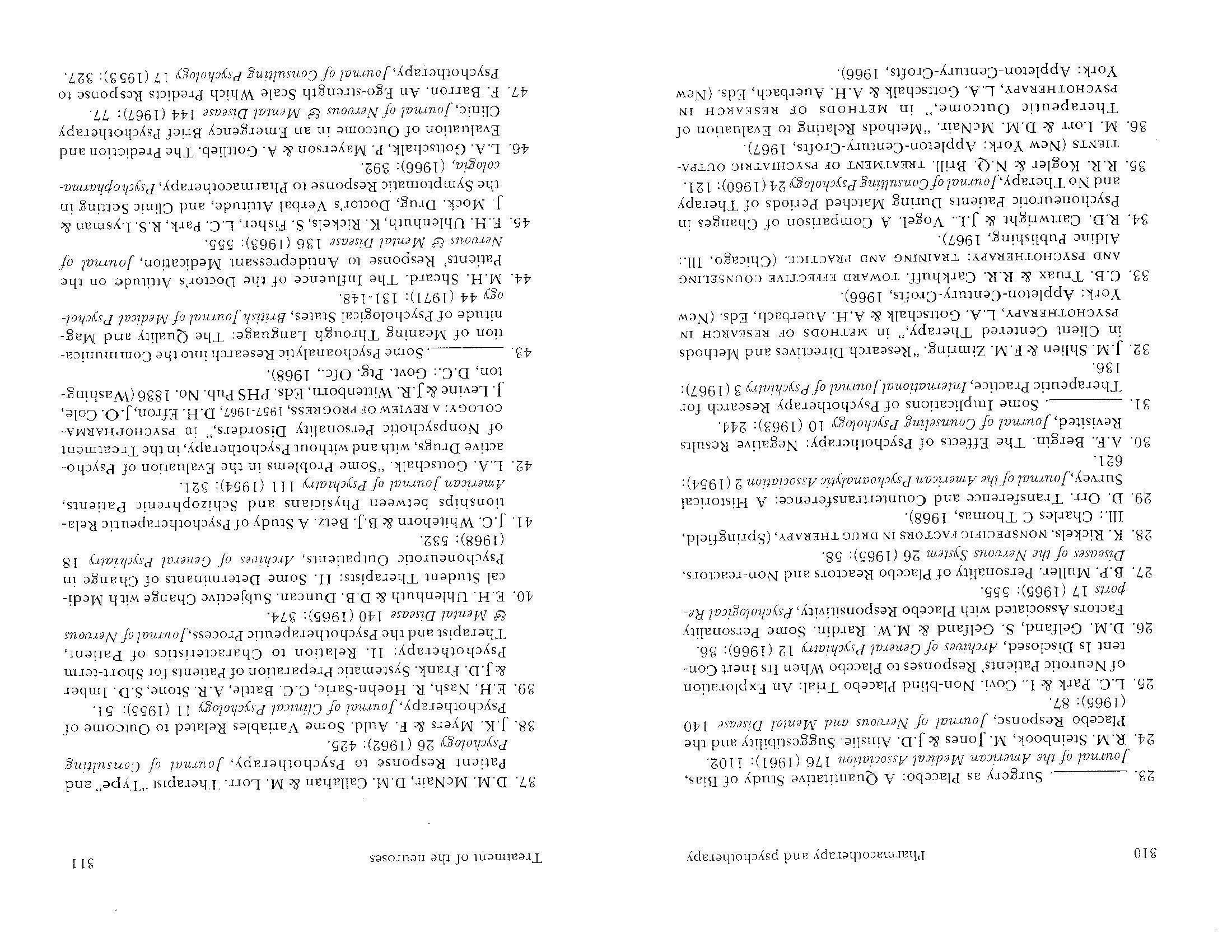
312 Pharmacotherapy and psychotherapy
48. 49. 50. 51. 52. 53. 54. 55. 56. 57. S.D. Imber, E.H. Nash, R. Hoehn-Saric, A.R. Stone & JD. Frank. "A Ten-year Follow-up Study of Treated Psychiatric Patients," in AN EVALUATION OF ·THE RESULTS OF THE PSYCHOTHERAPIES, S. Lesse, Ed. (Springfield, Ill.: Charles C Thomas, 1968). W.L. Kirtner & D.S. Cartwright. Success and Failure in Clientcentered Therapy as a Function of Client Personality Variables, journal of Consulting Psychology 22 ( 1958): 259. W. Janke & G. Debus. "Experimental Studies on Anti-anxiety Agents with Normal Subjects: Methodological Considerations and Review of the Main Effccr.s," in PSYCH0PHARMAC0L0GY: A REVIEW OF PROGRESS, 1957-1967, D.H. Efron, Ed. PHS Pub. No. 1836 (Washington, D.C.: Govt. Ptg. Ofc., 1968). E.H. Uhlenhuth, L. Covi & R.S. Lipman. "Indications foi· Minor Tranquilizers in Anxious Outpatients," in DRCGS AND n11, BRAIN, P. Black, Ed. (Baltimore, Md.: John Hopkins Press, 1969). D.M. McNair, R.J. Kahn, L.F. Droppleman & S. Fisher. "Patient Acquiescence. and Drug Effects," in NONSPECIFIC FACTORS IN DRUG THERAPY, K. Rickels, Ed. (Springfield, Ill.: Charles C Thomas, 1968). K. Rickels, C.H. Ward & L. Schut. Different Populations, Different Drug Responses: Comparative Study of Two Antidepressants, Each Used in Two Different Patient Groups, American journal of Medical Science, 247 (1964): 328. G.H. Grosser. "Social and Cultural Considerations in the Treatment of Depression," in PHARMACOTHERAPY OF DEPRESSroN,J.O. Cole &J.R. Wittenborn, Eds. (Springfield, Ill.: Charles C Thomas, 1966). JR Wittenborn. "Factors Which Qualify the Responses to lproniazid and Imipramine," in PR1•:D1CTI0N OF RlsSP0NSE TO l'HARMACOTHERAPY, J.R. Wittenborn & P.R .. /\. May, Eds. (Springfield, Ill.; Charles C Thomas, 1966). ----· "Prediction of the Individual's Response to Antidepressant Medication," in PSYCH0PHARMAC0L0GY: A REVIEW OF PROGRESS, 1957-1967, D.H. Efron, Ed. PHS Pub. No. 1836 (Washington, D.C.: Govt. Ptg. Ofc., 1968). J.D. Frank. PERSUASION AND HEALING (Baltimore, Md.: Johns Hopkins University Press, 1961 ). Treatment oft.he neuroses 313
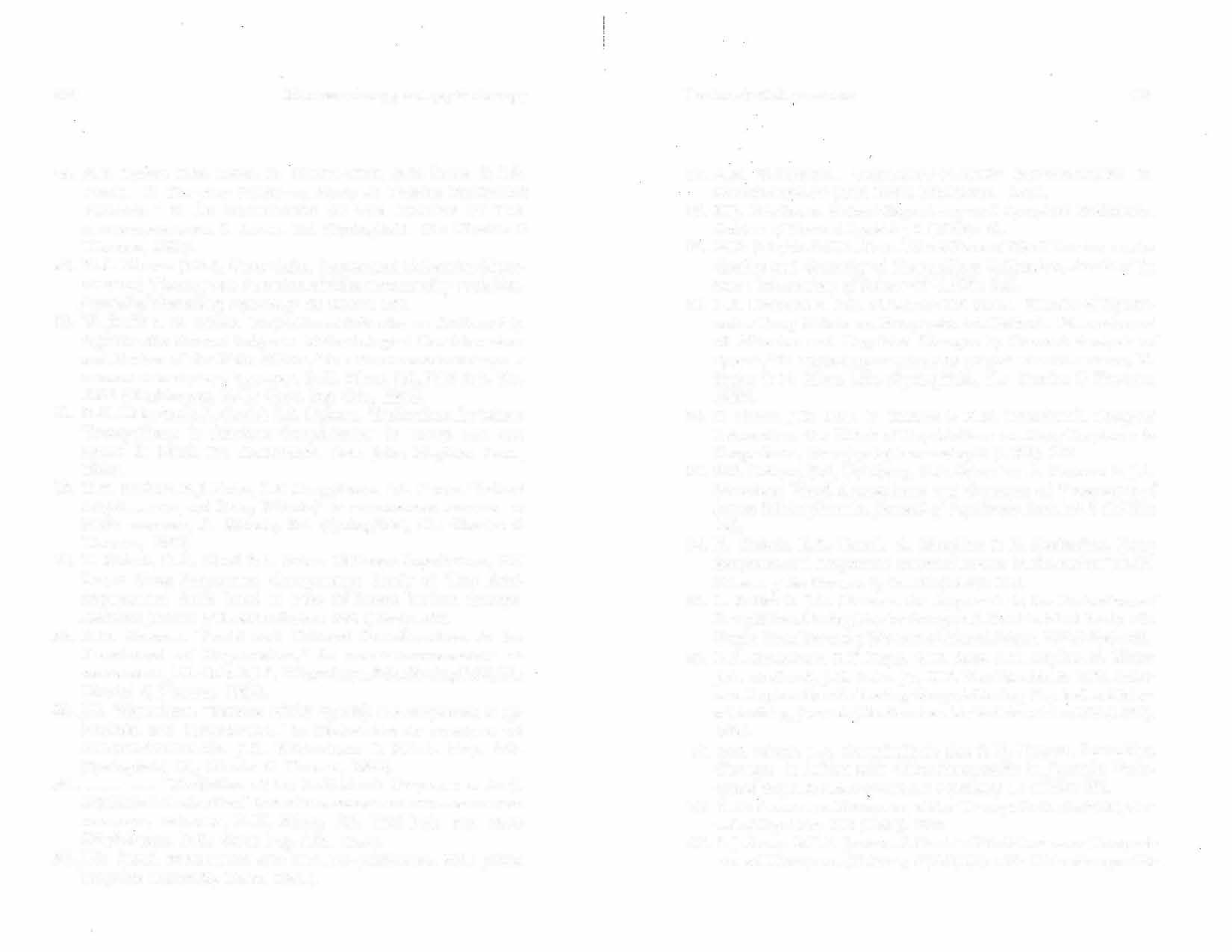
58. 59. 60. 61. 62. 63. 64. 65. 66. 67. 68. 69. A.P. Goldstein. TH£RAPIST-PATIENT EXPECTANCIES IN f'SYCt!0THERAPY (New York: MacMillan, 1962). H.J. Friedman. Patient-Expectancy and Symptom Reduction, Archives of General Psychiatiy 8 (1963): 61. M.D. Sabshin & S.B. Eisen. The Effects of Ward Tension on the Quality and Quantity of Tranquilizer Utilization, Annals of the New York Academy of Science 67 (1957): 746. L.A. Gottschalk, G.C. Gieser & W.N. Stone. "Studies of Psychoactive Drug Effects on Non psychiatric Patients. Measurement of Affective and Cognitive Changes by Content Analysis of speech," in PSYCH0PHARMACOL0GY OF THE NORMAL HUMAN, W. Evans & N. Kline, Eds. (Springfield, Ill.: Charles C Thomas, 1968). S. Fisher, JD. Cole, K Rickels & E.H. Uhlcnhuth. Drug-set Interaction: the Effect of Expectations on Drug Response in Outpatients, Neuropsychopharmacology 3 (1964): 149. S.G. Kellam, S.C. Goldberg, N.R. Schooler, A. Berman & JL. Shmelzer. Ward Atmosphere and Outcome of Treatment of Acute Schizophrenia, journal of Psychiatric Research 5 ( 1967): 145. K. Rickels, R.B. Cattell, A. MacAfee & P. Hesbacher. Drug Response and Important External Events in the Patient's Life, Diseases of the Nernous System 26 (1965): 782. L. Bellak & J.B. Chassan, An Approach to the Evaluation of Drug Effect During Psychotherapy: A Double-blind Study ofa Single Case.Journal of Nervous & Mental Disease l 39 ( 1964): 20. L.A. Gottschalk, F.T. Kapp, W.D. Ross, S.M. Kaplan, H. Silver, J.A. MacLeod, J.B. Kalm, Jr., E.F. Van Maanen & G.H. Acheson. Explorations in Testing Drugs Affecting Physical and Mental Activity Journal of the A·rnerican Medical Association 161 ( 1956): 1054. G.C. Gleser, L.A. Gottschalk, R. Fox & W. Lippert. Immediate Changes in Affect with Chlordiazepoxide in Juvenile Delinquent Boys, Archives of General Psychiatry 13 ( 1965): 291. A. Di Francesco. Diazepam, a New Tranquilizer, American journal of Psychiatry 119 ( 1963): 988. R.J. Kerry & F.A. Jenner. A Double-Blind Crossover Comparison of Diazepam (Valium; R0S-2807) with Chlordiazepoxide
314 Pbarmacotherapy and psychotherapy
70. 71. 72. 73. 74. 75. 76. 77. 78. 79. (Librium) in the Treatment of Neurotic Anxietv, Psychopharmacologia 3 (1962): 302. L.A. Gottschalk, H.W. Elliot, D.E. Bates & C.G. Cable. The Use of Content Analysis of Short Sam pies of Speech for Preliminary Investigation of Psychoactive Drugs; Effect of Lorazcpam on Anxiety Scores, Clinical Pharmacology & Therapeutics 13 (1972): 323. W.D. Ross, N. Adsett, G.C. Gieser, C.R.B.Joyce, S.M. Kaplan & M.E . . Tieger. A Trial of Psychopharmacologic l\Jeasurement with Projective Techniques, journal of Projective Tedmiques 27 (1963): 223. L.A. Gottschalk, G.C. Gieser, H.W. Wylie, Jr. & S.i\:f. Kaplan. Effects of lmiprarnine on Anxiety and Hostility Levels Derived from Verbal Communications, Psychophannacologi11 7 (1965): 303. W. Nesselhof, D.M. Gallant & M.P. Bishop. A Double-blind Comparison of WY-3498, Diazepam and Placebo in Psvchiatric Outpatients, American Journal of Psychiatry 121 ( 1965) :· 809. M. Lorr, D.M. McNair, G.J Weinstein, W.W. Michaux & A. Raskin. Meprobamate and Chlorpromazine in Psychotherapy: Some Effects on Anxiety and Hostility of Outpatients, Archives of General Psychiatry 4 (1961): 381. M. Lorr, D.M. McNair & G.J. Weinstein. Early Effects of Chlordiazepoxide (Librium) Used with Psychotherapy,.Journa/ of Psychiatric Research l (1963): 257. I. Roth, P.J. Rhudick, D.A. Shaskan, M.S. Slobin, A.E. Wilkins0�1 _ & H.H. Young. Long-Term Effects on Psychotherapy of Imual Treatment Conditions, Journal of Aychiatric Research 2 (1964): 283. K. Rickels. "Drugs in the Treatment of Neurotic Anxiety and Tension: Controlled Studies," in PSYCHIATR1C DRt:Gs, P. Solomon, Ed. (New York: Grune & Stratton, 1966). K. Rickels, R.B. Cattell, C. Weise, B. Gray, R. Yee, A. Mallin & H.G. Aaronson. Controlled Psychopharmacological Research in Private Psychiatric Practice, Psychopharmacologia 9 ( 1966): 288. JD. Frank, L.H. Gliedman, S.D. Imber, A.A. Stone & E.H. Nash. Patients' Expectancies and Relearning as Factors Deter-
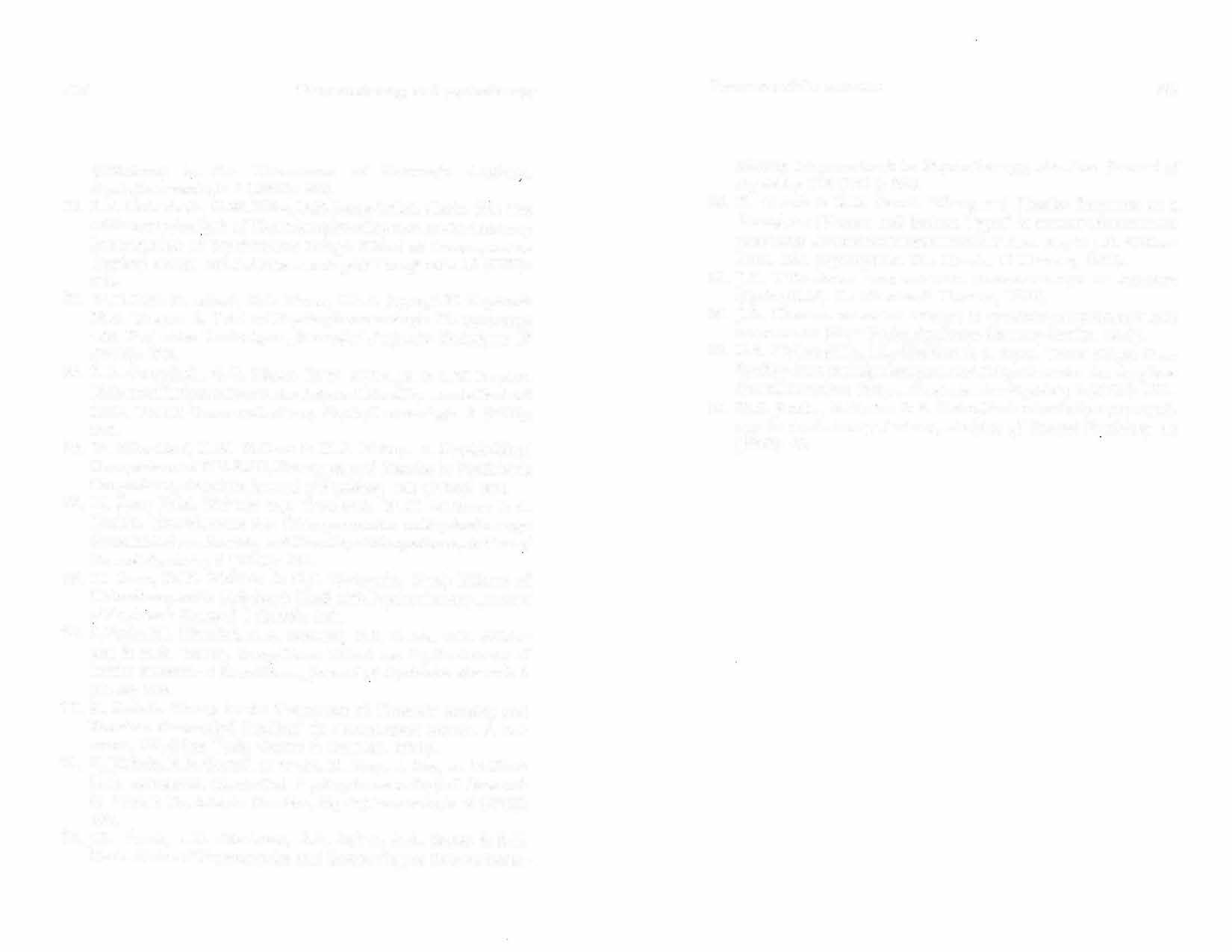
Treatr;1ent of the neuroses
f oumal ofmining Improvement in Psychotherapy, Psychiatry 115 (1959): 961. American
80. · K. Rickels & R.B. Catt.ell. "Drug and Placebo Response as a Function of Doctor and Patient Type," in PSYCHOTROPIC DRUG
R�:SPONSE: ADVANCES IN PREDICTION, P.R.A. May & J.R. "Wittenborn, Eds. (Springfield, Ill.: Charles C Thomas, 1968).
THE CLINICAL PHARMACOLOGY OF ANXIETY
81.J.R. Wittenborn. (Springfield, Ill.: Charles C Thomas, 1966).
RESEARC.H DESIGN IN CLINICAL PSYCHOLOGY ANO
82.J.B. Chassan. 83. 84. PSYCHIATRY (New York: Appleton-Century-Crofts, 1967). R.E. _ McLaughlin, J.B. Chassan & F. Ryan. Three Single Case Studies Comparing Diazcpam and Meprobamate: An Application of'I ntcnsive Design, Comprehensive Psychiatry 6 ( 1965): 128. M.A.Jacobs, G. Globus & E. Heim. Reduction in Symptomatology in Ambulatory Patients, Archives of General Psychiat1y 15 (1966): 45.
3
Studies from the literature In a study of 80 schizophrenic patients during their first admission to a state hospital, May and Tuma1 compared the effects of (1) individual psychotherapy two or more hours weekly, (2) trifluoperazinc at an individualized dosage, (3) both treatments and (4) neither treatment. Their criteria included discharge rates, length of hospital stay, the adjunctive use of sedation and hydrotherapy, and ratings on the Menninger Health-Sickness Scale. In almost every respect, patients treated with psychotherapy alone responded about the same as the control group whereas patients treated with the drug and the combined treatments during hospitalization responded .about the same or significantly better than those receiving psychotherapy alone or the control groups. According to a formal analysis, the variation in outcome was alrnost entirely due to the drug com po neut of the treatment. PaLients treated with drug and psychotherapy combined, however, required somewhat lower doses of the drug than patients treated with the drug alone and had a slightly lower mean sray in the hospital. Neither drug requirement nor duration of stay was statistically significant between the two groups. In a report by May2 on the total sample of 228 patients in the same study, similar results were obtained, and the author suggests in his concluding discussion that although "psychotherapy plus drug" was slightly superior to "drug alone," the differences "were often tiny or trivial and never impressive." 317

3 1 8 Pharmacotherapy and psychotherapy
The lack of immediate demonstrable psychotherapeutic effect in these studies may indicate that severclv schizophrenic patients are not ve,ry responsive to psych�therapy. The authors have not neglected the rather subtle question of the individual therapist's talent and skill, although it is possible that their therapists' range of skills does not cover the most skilled or gifted. Nonetheless, it does cover the range of skills and experience customarily available. Psychotherapy was provided by state hospital psychiatrists with less than 5 years of experience, including residency. Therapists were not classified as to presumed effectiveness on any other basis in the analyses of results. Real psychotherapeutic effects produced by more competent therapists could therefore have been "washed out" by the failures of less compeLent therapists. Similar questions arise in some of the other studies reviewed here. Many observers have suggested that psychotherapy for schizophrenia may have delayed effects that do not become apparent until after discharge from hospital, when they could influence the patient's interpersonal relations and social adjustment. Unfortunately, there are no systematic studies available which would confirm or exclude such a possibility. Grinspoon et al3 described a long-term study of 20 chronic schizophrenic patients. Ten were treated with intensive individual psychotherapy by mature therapists, intensive milieu therapy, and placebo; 10 ,,vere treated with the same interpersonal treatments and thioridazine, with occasional control periods of placebo. Two behavioral scales and anecdotal material from patients' diaries were used as criteria of change. As measured by all these criteria, the close correlation between the patients' clinical improvement status and the use of thioridazine in their regimen was striking. Reduction in norid symptomatology may have made patients more receptive to the psychotherapist. rhe interpersonal therapies alone, however, were found to produce no noticeable effects during hospitalization over time.
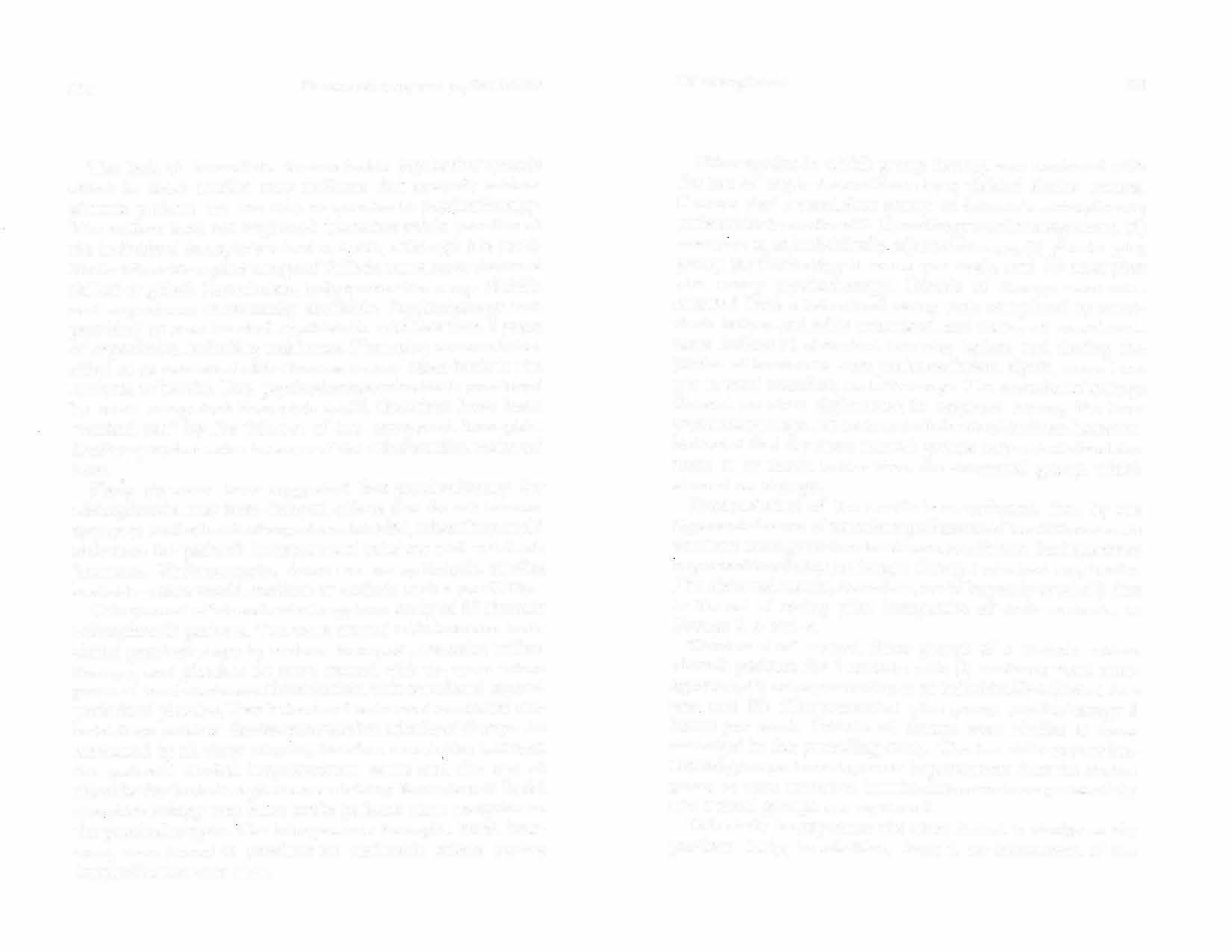
Of schizophrenia 319
Other studies in which group therapy was combined with the use of major tranquilizers have yielded similar results. Cowden et aL4 treated four groups of 8 chronic schizophrenic patients for 6 months with (I) ordinary ward management, (2) reserprne at an individually adjusted dosage, (3) placebo plus group psychotherapy 3 hours per week, and (4) reserpine plus grOL:P psychotherapy. Criteria of change were constructed trom a behavioral rating scale completed by attendants before ancl after treatment, and tallies of several concret _ e indices of disturbed behavior before and during the period of treatment-wet packs, seclusion, fights, nurses' reports, ward transfers, and discharge. The attendants' ratings shmvcd no clear differences in response among the four treatment groups. The concrete behavioral indices however indicated that the three treated groups responded, about th� same as or much better than the untreated group, which shcnved no change. Interpretation of the results is complicated, first, by the apparent absence of tests for significance of the differences in outcome a1:1ong the four treatment conditions. Perhaps more �mportant 1s a defect in design: Group 1 received no placebo. The observed results, therefor·c, could be partly or wholly clue to the act of taking pills, irrespective of their contenls, in Groups 2, 3 and 4. Cowden et al5 treated three groups of 8 chronic schizophrenic patients for 4 months ·with (l) ordinary ward management, (2) c:hlorpromazine at an individually adjusted dosage. and (3) chlorprom;:i,.,ine plus group psychotherapy 3 hours per week. Criteria of change were similar to those described in the preceding study. The two chlorpromazinetreated groups showed greater improvement than the control group on most measures, but the difference in response of the two treated groups was equivocal. Tl�is study incorporates the same defect in design as the previous study; in addition, there is no assessment of the
320 Phannacotherapy and psychotherapy
effect of group psychotherapy alone. Consequently, it is impossible to ascertain whether the results in Group 3 are due to ineffective psychotherapy or to interaction between psychotherapy and medication. King6 treated five matched groups of 19 chronic schizophrenic patients for 6 months with ( 1) regressive ECT (RECT), two treatments daily for 11 days; (2) RECT, followed 5 weeks after onset by group psychotherapy once 1veekly; (3) chlorpromazine, 100 mgm. tid; (4) chlorpromazine, followed 5 weeks after onset by weekly group psychotherapy; and (5) none of these treatments. The criterion of change was a scale composed of psychotic symptoms, with little emphasis on the hyperactivity dimension. The author rated each patient on the scale before and after treatment. Group l became significantly worse and Groups 2 and 5 showed no change, wl�ile Groups 3 and 4 irn proved significantly, with Group 4 sho-wmg somewhat greater improvement than Group 3. Unfortunately, statistical analyses comparing mean outcomes in the five treatment groups were not given. King7 also treated two matched groups of 20 chronic schizophrenic women each for one year with (l) chlorpromazine, 100 mgm. tid, and (2) chlorpromazine plus weekly group psychotherapy. Six months after termination of group psychotherapy, 7 patients who had had chlorpromazine alone and 6 patients who had had combined treatment were discharged in complete remission. 'The author concluded that group psychotherapy offered no benefit beyond thar of the drug. The experimental design of the study and the single criterion of change seriously restrict the conclusions that can be dra,vn from it. Evangclakis8 treated five matched groups of 20 chronically hospitalized patients for 4 to 18 months with ( 1) placebo plus in-ward and off-ward activities plus group psychotherapy twice weekly; (2) trifluoperazine at an individually adjusted dosage; (3) trifluoperazine plus in-·ward activities; (4) tri-
Of schizophrenia 321
fluoperazine plus off-ward activities; and (5) trifluoperazine plus in-ward and off-ward activities plus group psychotherapy. His criteria of improvement included ward transfers and various types of discharge. He found that patients responded poorly to the social therapies alone (Group I), better to trifluoperazine alone (Group 2), and still beuer to the social lherapies combined with trifluoperazine (Groups 3, 4 and 5). Off-ward activities appeared to be the most effective corn ponent of the social therapies. In this study, interpretation of the interaction between treatments again is uncertain, because the effects of the various treatments alone arc not adequately assessed. In particular the nature of the group therapy is not made clear. Obviously, group psychotherapy in this and other srudies of psyc�otic patients in continuous contact on a ward in a large lwspital may have very little in common with dynamically oriented group psychotherapy as practiced with psychoneurotic patients in an office setting. Honigfeld et al9 reported a large, VA multihospital study of 256 chronic schizophrenic men aged 54-74, treated for 24 weeks in eight groups with (I), individualized doses of acetophenazine, imipramine, trifluoperazine, or placebo, plus social group therapy twice weekly; or (2), individualized dosages of one of the three drugs used in the study, or placebo, without group therapy. Criteria of change were based on the Inpatient Multidimensional Psychiatric Scale and the Nurses' Observation Scale for Inpatient Evaluation. Patients who received acetophenazine or trifluoperazine generally improved more than patients who received other medic�tions. Patients who participated in group therapy generally improved more than patients who did not participate. The authors stated that the treatments showed neither ''.joint effects" nor "additive effects." Their findings seemed to suggest that the effects of the combined treatments were about the same as the effects of the medications or the group
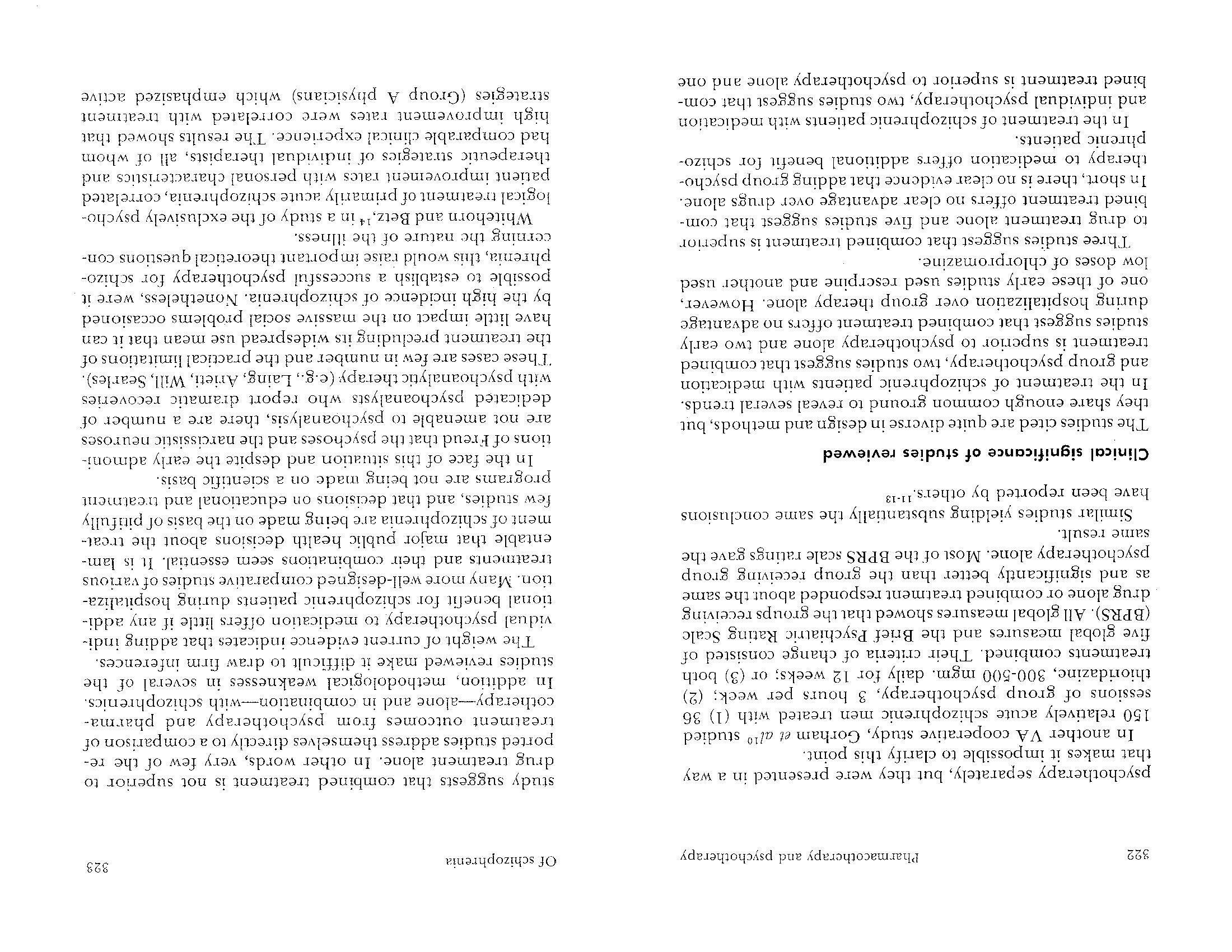
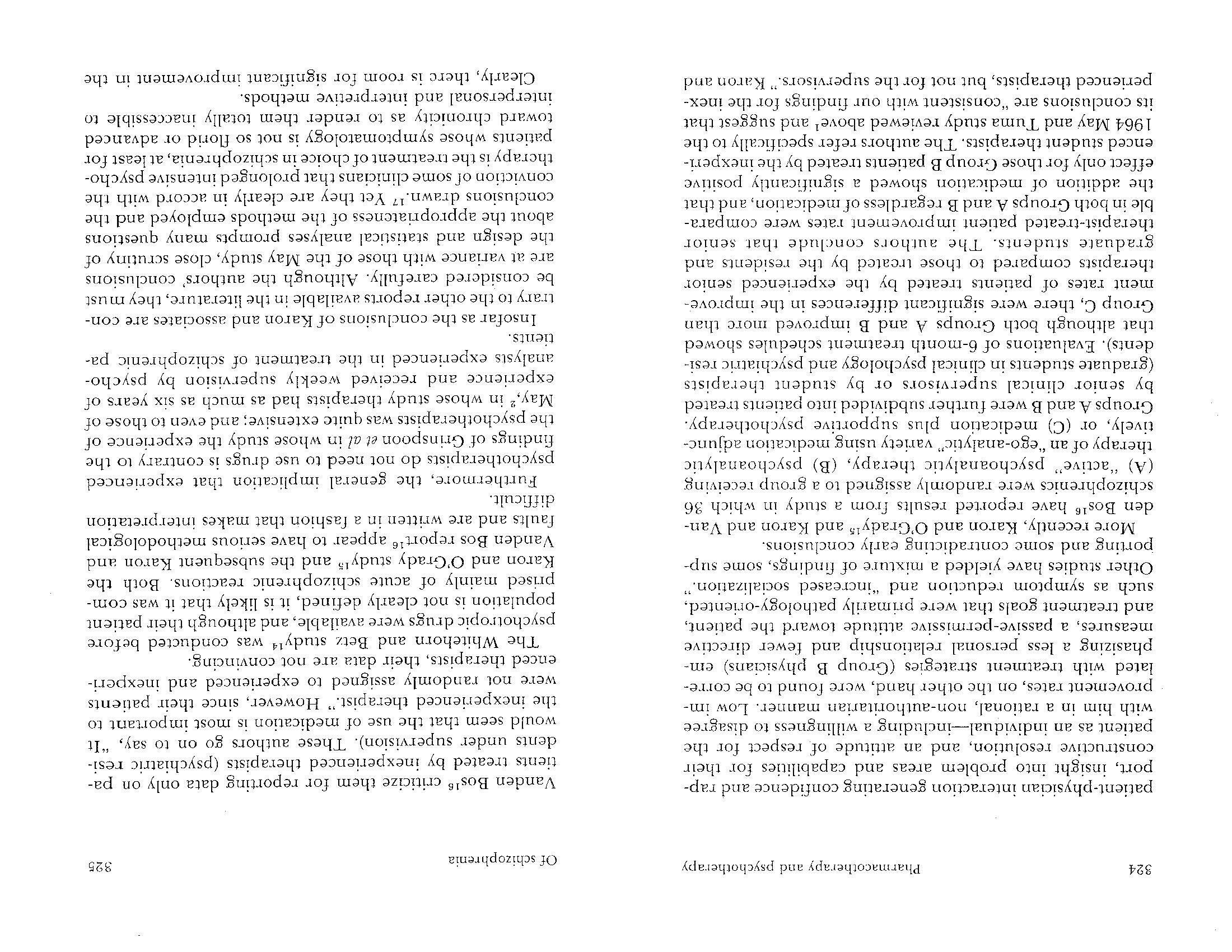
326 Pharrnacotherapy and psychoLherapy
trea�ment of schizophrenia. Before ataractics, follow-up studies revealed that approximately 30-40% of acme schizophrenics recover and stay well or much improved for periods of 5 to 20 years. 18-21 Since the ad vent of the major psychotropic drugs, the picture has not changed in an entirely satisfactory way. Despite high initial discharge rates, relapses are common and occur much more frequently when drugs are discontinued.22-2 s The optimum social environment for the discharged schizophrenic seems to be a stable and emotionally secure climate with significant cognitive input.22 It is difficult to believe that a type of psychotherapy or socio therapy which would engender that kind of stability would have no role in the prevention of relapses in the schizophrenia patient. In the face of existing evidence, it is impossible to believe that _ chronic or intermittent use of drugs, perhaps to stabilize t�e internal environment of the schizophrenic patient, is not without considerable value in continued treatment.. Without drugs_, re!apse rates in the first year are 40% or higher; for consoent10us drug takers, the rate is still 20%. 26 Thus, more research is needed both on drug usage and on the various fo�ms of psychotherapy and sociotherapy before we can hope to improve treatment substantially.
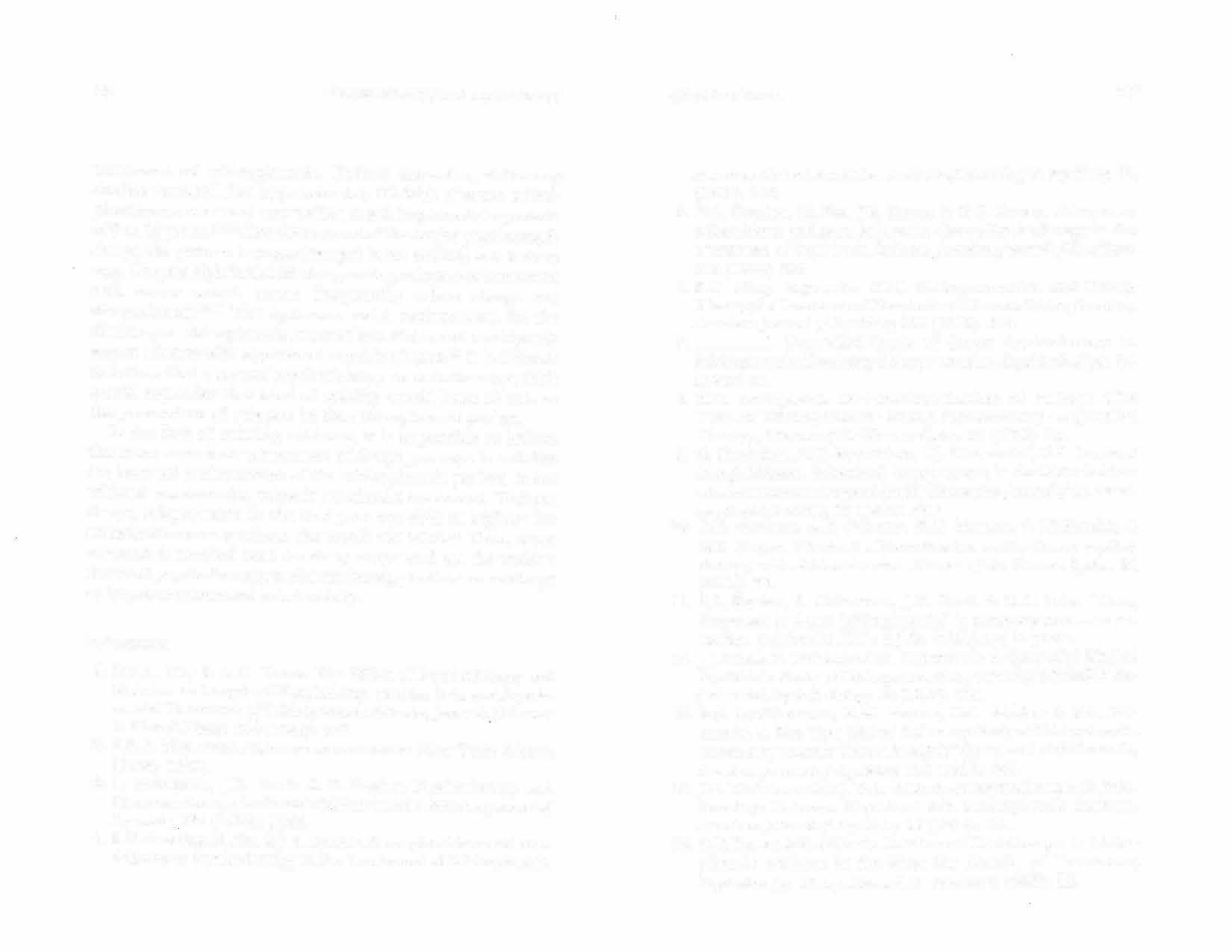
References
l. 2. 3. 4. P.R.A_. May & A.H. Tuma. The Eff ect of Psychotherapy and Stelazme on Length of Hospital Stay, Release Rate and Supplemental Treatment of Schizophrenic Patients,Journa/, o/Nervo1.1s & Mental Disease 139 (1964): 362. P.R.A. May. TREATMENT OF SCHIZOPHRENIA (New York: Science House, 1968). L. Grinspoon, J. R. Ewalt & R. Shader. Psychotherapy and Pharmacotherapy in Chronic Schizophrenia,Americanjournalof Psychiatry 124 (1968): 1645. R.C. Cowden, M. Zax &J .A. Sproles. Reserpine Alone and as an Adjunct to Psychotherapy in the Treatment of Schizophrenia, Of schizophrenia 327
American Medical Association Archives of Neurology & Psychiatry 74 (1955): 518. 5.R.C. Cowden, M. Zax, JR. Hague & R.C. Finney. Chlorpromazine: Alone and as an Adjunct to Group Psychotherapy in the Treatment of Psychiatric Patients, American Journal of Psychiatry 112 (1956): 898. 6.P.D. King. Regressive ECT, Chlorpromazine, and Group Therapy in Treatment of Hospitalized Chronic Schizophrenics, American Journal �f Psychiatry 115 ( 1958): 354. 7.____ . Controlled Study of Group Psychotherapy in Schizophrenics Receiving Chlorpromazine, Psychiatric Digest 24 (1963): 21. 8.M.G. Evangelakis. De-institutionalization of Patients: The Triad of Trifluoperazine -Group Psychotherapy -Adjunctive Therapy, Diseases of the Nervous System 22 (1961): 26 .. \:J. G. Honigfeld, M.P. Rosenblum, I.J. Blumenthal, H.L. Lambert & A . .J. Roberts. Behavioral Improvement in the Older Schizophrenic Patient: Drug and Social Therapies,] ournal of the American Geriatric Society 13 (1964): 57. · 10.D.R. Gorham, A.D. Pokorny, E.C. Moseley, P. McRenolds & W.S. Kogan. Effects of a Pbenothiazine and/or Group Psychotherapy with Schizophrenics, Diseases of the Nervous System 25 (1964): 77. 11.R.l. Shader, L. Grinspoon, JR. Ewalt & D.A. Zahn. "Drug Responses in Acute Schizophrenia," in SCHIZOPHR£NIA-AN AP· 12 . PRAISAL (Hicksville, N.Y.: P.J.D. Publishers) in press. .J.J. Gibbs, B. Wilkens & C.G. Lauterbach. A Controlled Clinical P�ychiatric Study of Chlorprornazine, journal of Clinical & Experimental Psychopathology I 8 ( 1957): 269. . 13. R.S. Bookhammer, R. W. Meyers, C.C. Schober & . Z.A. Protrowski. A Five Year Clinical Follow-up Study of Schizophrenics Treated by Rosen's "Direct Analysis" Compared with Controls, American .Journal of Psychiatry I 2 3 ( 1966): 60 2. 14. J.C. Whitehorn & B.J. Berz. A . Study of Psychotherapcuttc Rela15. tionships Between Physicians and Schizophrenic Patients, American Journal of Psychiatry 11 (1954): 321. B.P. Kar�n & P. O'Grady. Intellectual Test Changes in Schizophrenic Patients in the First Six Months of Treatment, P
sychotherapy: Theory, Research & Practice 6 ( 1969): 88.
328
Pharmacothcrapy and psychotherapy
16. 17. 18. 19. 20. 21. 22. 23. B.P. Karon & C.R. Vanden Bos. Experience, Medication, and the Effectiveness of Psychotherapy with Schizophrenics, British Journal of Psychiatry 116 (1970): 427. P.R.A. May & A.H. Tuma. Methodological Problems in Psychotherapy Research, British Journal of Psychiatry 117 ( 1970): 569. K.E. Appel, J.M. Myers & A.E. Scheflen. Prognosis in Psychiatry: Results of Psychiatric Treatment, AMA Archives of Neurology. & Psychiatry 70 ( 1953): 459. C. Astrup, A. Fossum & R. Holmboe. PR0c:--;os1s IN FUNCTro:--'AL PSYCHOSES (Springfield, Ill.: Charles C Thomas, 1963). W. Malamud & N. Render. Course and Prognosis in Schizophrenia, American.Journal of Psychiatry 95 (1939): 1039. T.A.C. Rennie. Follow-up Study of 500 Patients with Schizophrenia Admitted to Hospital from 1913 to 1923,AMA Archives of Neurology & Psychiatry 42 (1939): 877. J. Wing, J. Leff & S. Hirsch. "Preventive Treatment of Schizophrenia; Some Theoretical and Methodological Issues." Paper presented at a meeting of the APPA, New York, New York, March 4, 1972. S.C. Goldberg,J.O. Cole & G.L. Klerman. "Differential Prediction of Improvement Under 3 Phenothiazines," in PREDICTION

OF RESPONSE TO PHARMACOTHERAPY, J.R. Wittenborn & P.R.A. 24. 25. 26. May, Eds. (Springfield, Ill.: Charles C Thomas, 1966). R. Gittelman-Klein & D. Klein. "Long-term Effects of 'Antipsychotic' Agents: A Review," in PSYCHOPHARMACOLOCY: A REVIEW OF PROGRESS 1957-1967, D.H. Efron, Ed. PHS Pub. l\"o. 1836 (Washington, D.C.: U.S. Govt. Ptg. Ofc., 1968), page 1119. R.F. Prien & C.J. Klett. An Appraisal of the Long-term Use of Tranquilizing Medication with Hospitalized Chronic Schizophrenics: A Review of Drug Discominuation Literature, SchizojJhrenia Bulletin No. 5 ( 1972). G.E. Hogarty & S.C. Goldberg. Drug and Sociotherapy in the post Hospital Maintenance of Schizophrenic Patient.s: One Year Relapse Rates, AMA Archives of General Psychiatry, 1972.
4
PHARMACOTHERAPY AND PSYCHOTHERAPY OF DEPRESSION
Depression is the most common of the major psychiatric syndromes, with perhaps 10 per cent of the United States population having an episode of clinical depression at some point in their lives. 1 It is also among the syndromes most actively researched. Several excellent books, monographs and papers have been published which summarize the present state of the art with respect to its genetics,2•3 the influence of early environmental experiences,4•5 the problems involved in classification, 6•7 its psychodynamics, 8•9 its behavioral characteristics,10 and its neurobiology.11.12 Useful hypotheses regarding the role of the chemical transmitter systems in the biology of depression have been offered.13 Depression does not seem to be unique to the human species but can be generated in some animals, thus offering the possibility for further investigation with a degree of freedom not available in studies on man.
14•16 Remarkable changes have occurred in the clinical treatment of depression with the inLroduction and acceptance of ECT, monoamine oxidase (MAO) inhibitors, and especially the tricyclic antidepressants and lithium.
7•11·19· Research combining neuroendocrinology with pharmacology is also very active and offers promise of accelerating the treatment and improving the efficacy of treatment for drug-resistant patients.20•21 Although clinical practice in treatment of depression has altered, our basic concepts underlying the psychotherapy of depressions remain unchanged. Even though antidepressant
329
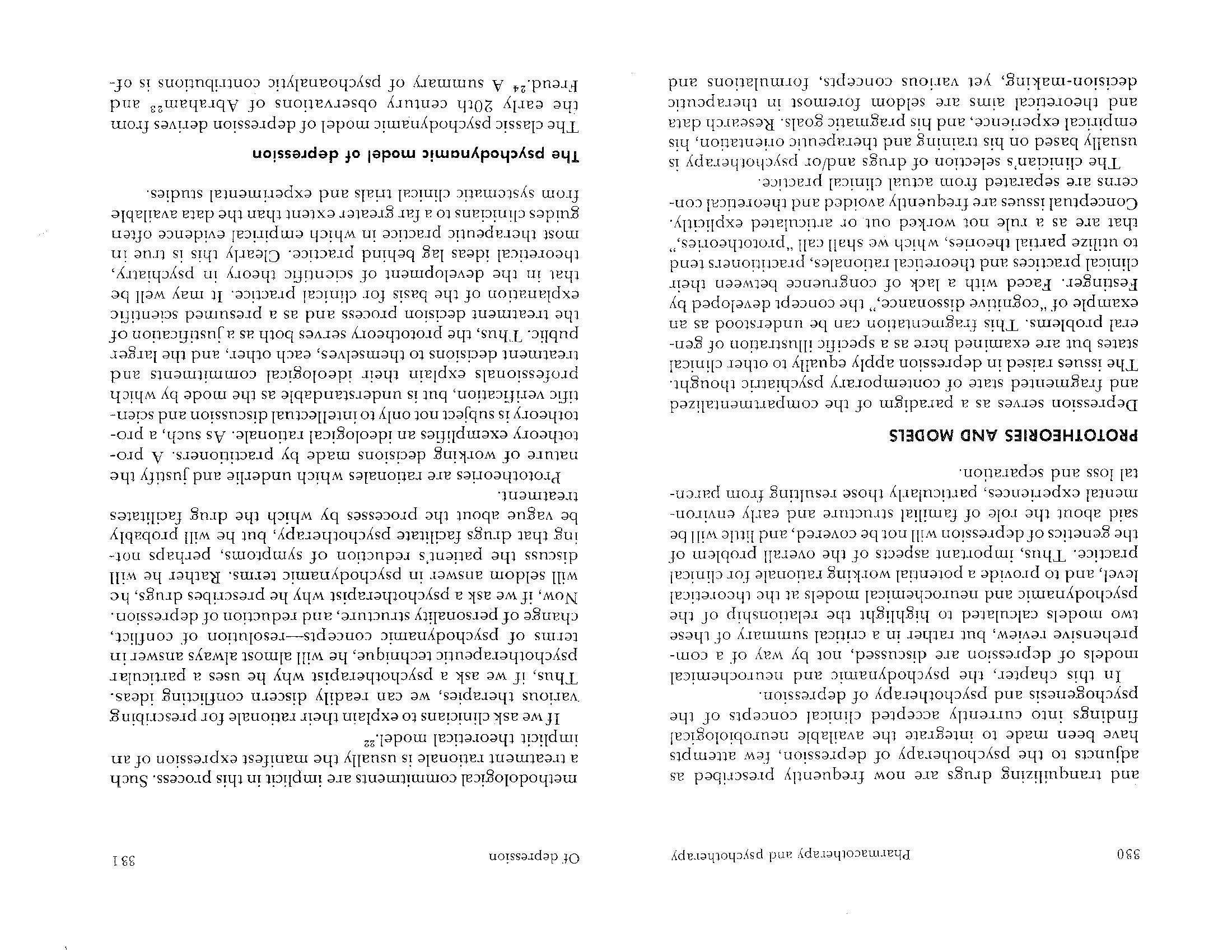
332 Pharmacotherapy and psychotherapy
6 fered by Beckwho discusses the work of Rado, Gero, Bibring, Klein, Jacobson and Zeitzel. Based upon their observations of similarities and differences between clinical depression and normal bereavement, these workers hypothesized the psychodynamic importance of actual or fantasied loss as a precipitant of clinical depression. Clinical depression involves a regression to oral-sadistic levels, a regression precipitated by the patient's guilt and aggression due to his difficulties in relinquishing his libidinal ties to a lost object. Predisposition to depression is caused by a number of factors: constitutional determinants of oral drive strength; early childhood trauma, particularly trauma resulting in fixations in the late oral and early anal libidinal phases; and the development of an adult personality organized around rigid ego defenses, a strong superego, the inhibition of expression of aggression, strong dependency wishes, narcissistic object relations, and difficulties in relinquishing object ties. The acute depressive illness may be precipitated by an actual loss, but more frequently by a situational change which has the unconscious meaning to the patient of significant loss. 25 During clinical depression, the bereaved and aggrieved patient's defenses against hostility and guilt intensify as he grapples with his rage toward the internalized object of identification. In this classic view, the clinical features of depression emerge from the struggle between two psychic structures, the ego and the superego. Clinical manifestations of agitation, self-deprecation, guilt, inhibition of ego functions, and suicidal drive are understood in terms of these dynamic and structural concepts. In recent decades, ego psychology and sociocultural studies have proposed significant alternatives to this classical theory. Within psychoanalysis, many ego psychologists now view the psychogenesis of depression as the ego's response to f1uctuations in self-esteem. Bibring developed a comprehensive formulation in which depression is described as an ego state Of depression 333
capable of emerging independently of the dynamics of aggression or of libidinal drives. Developments in ego psychology have deemphasized the ego conflict, regarding depression as an affect similar to anxiety in its adaptive function. 8•26•27 The sociocultural point of view, first noted in Durkheim's sociological and anthropological research on suicide in the 1890's, emphasizes environmental factors and stresses the importance of ethnic identity and social class. Linkages between the sociocultural view and the ego psychological ap�roach can be seen in the family background studies of depress1:cs by Mabel Blake Cohen and her associates28 and by Gibson, 29 who emphasizes the marginality of the depressive's family of origin and the dependent nature of his interpersonal relations, even in the nondepressed phase. As Mendelson9 and Beck6 have emphasized, and as shown in the preceding discussion, there is as yet no single comprehensive model in contemporary psychiatric theory for the psychogenesis and psychodynamics of depression. If anything, there appear to be alternative and at times competing complementary viewpoints.
The introduction of drugs into the psychotherapy of depression Although drugs arc now prescribed for the treatment of depression by psychiatrists of all persuasions, the dynamically oriented psychotherapist usually considers them to be adjuncts to the psychotherapy of depression. Usually, such physicians claim that drugs reduce manifest symptoms and relieve the subjective distress of the patient. Prominent symptoms, such as anxiety, insomnia, tension and visceral manifestations, are the target symptoms of drug prescription. The physician attempts to alleviate the patient's subjective distress in order to facilitate communication, to reduce resistance to therapeutic insight, and to accelerate psychotherapeutic
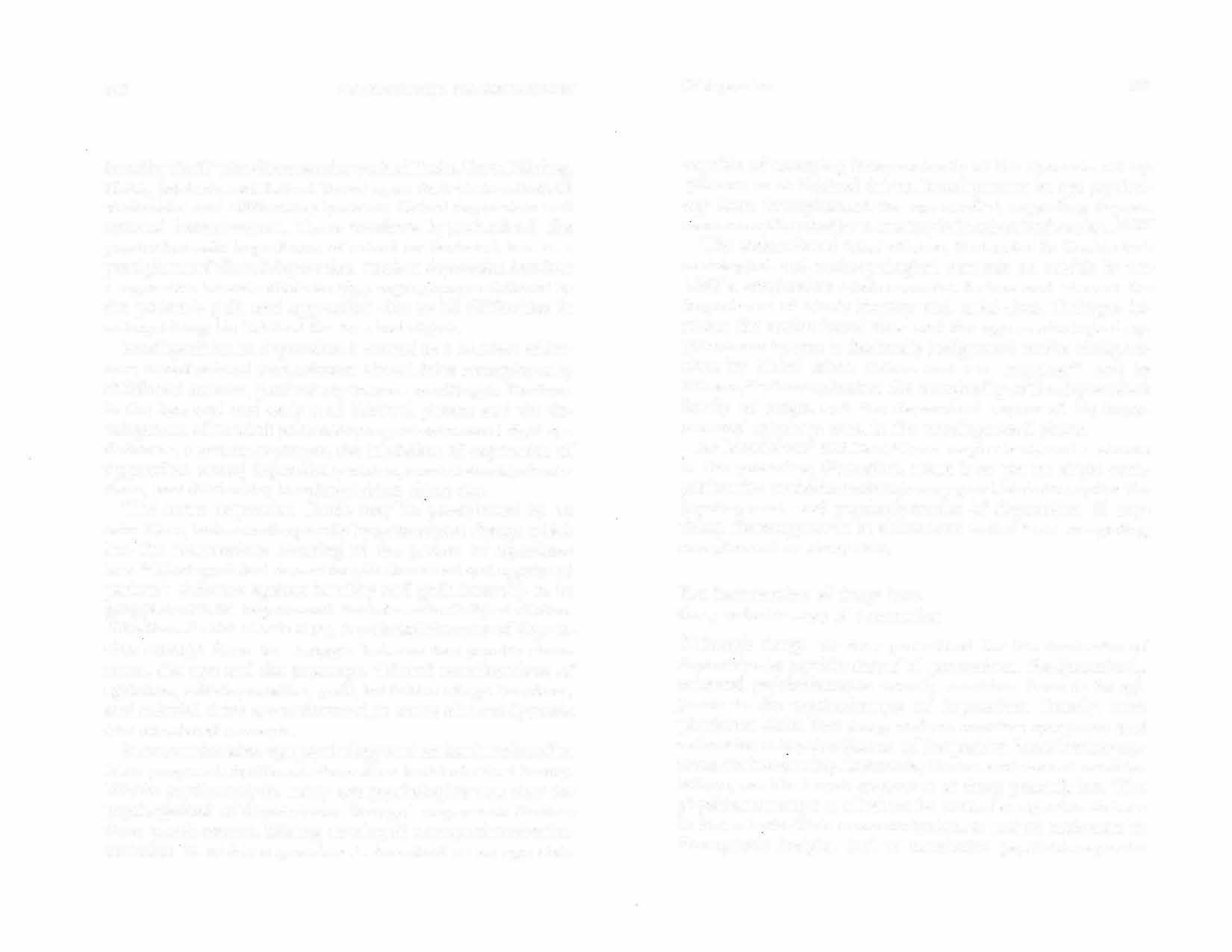
334 Pha1·macotherapy and poychotherapy
progress. This current widespread use of drugs in �ombi _
nation with psychotherapy in the treatment of depress10n raises complex issues related to the mind-body problem in psychiatry and medicine. Theoretically, studies of the actions of antidepressant drugs involve the possible relationship of CNS substrates to affect, ego functions, and symptom formation. Here, two areas of research would seem to have the greatest potential value:
1. Studies of the efficacy of combined psychotherapy and drug therapy. As indicated, it is now uncommon to find a severely depressed patient who receives psychotherapy but is not given medication to assist sleep, reduce anxiety, or relieve depression. Similarly, it is uncommon for patients on drug therapy not to receive some form of psychotherapy as well, even if it is only supportive counseling and reassurance. Hmvever, there is as yet little systematic empirical evidence supporting the efficacy of this combination. Are there antagonisms between drugs and psychotherapy? Do drugs really facilitate psychotherapeutic communication? Does a too rapid amelioration of symptoms impair the patient's motivation for insight? These and similar questions require controlled empirical validation for answer.
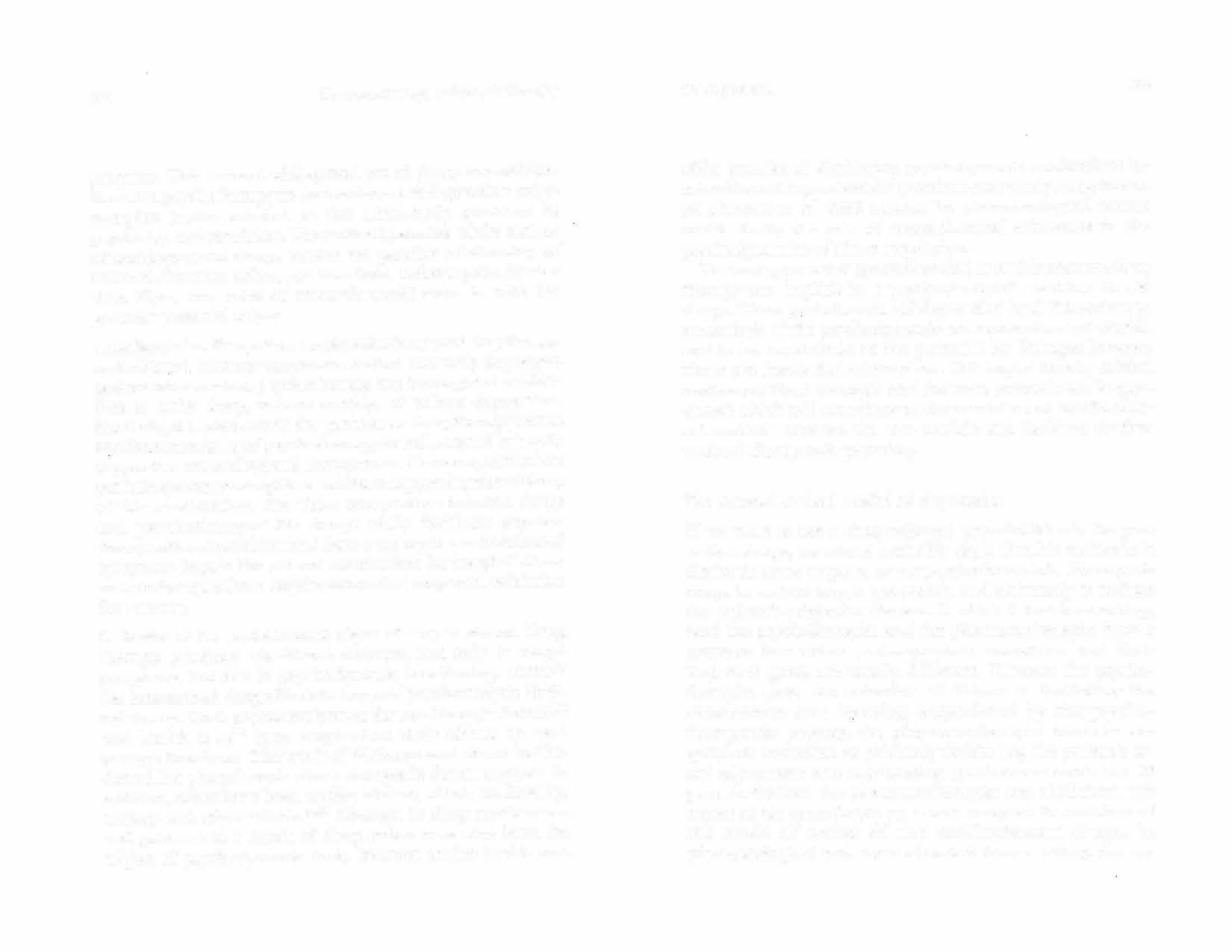
2. Studies of the psychodynamic effects of drug treatment.
Drug therapy produces significant changes, not only in target symptoms, but also in psychodynamic functioning. Ostow30 has interpreted drug effects in terms of psychoanalytic libidinal theory. Such psychoanalysts as Sarwer-Foncr,:11 Azima,�2 and Bellak et al33 have emphasized their effects on various ego functions. The work of Whitman and others in Cincinnati has placed emphasis on changes in dream content. In addition, there have been studies of drug effects on hostility, anxiety and other affects.34•35 Changes in sleep mechanisms and patterns as a result of drug action have also been the subject of psychod ynamic study. Further studies in this area Of depression
offer promise of elucidating psychodynamic mechanisms involved in antidepressant drug action; conversely, experimental alterations of CNS amines by pharmacological means could clarify the role of neurochemical substrates in the psychodynamics of affect regulation. Various approaches (prototheories) to antidepressant drug therapy are implicit in a psychotherapist's decision to use drugs. These prototheories of depression lend themselves to an analysis of the psychodynamic and neurochemical models and to an exploration of the potential for linkages between these two theoretical orientations. It is hoped that by critical analyses of these concepts and theories, research can be generated which will contribute to the resolution of the theoretical conOicts between the Lwo models and facilitate further rational therapeutic planning.
The neurochemical model of depression If we were to ask a drug-oriented psychiatrist why he prescribes drugs, he would probably reply that his rationale is similar in some respects to the psychotherapist's. He expects drugs to reduce target symptoms, and ultimately to reduce the patient's subjective distress. In clinical decision-making, both the psychotherapist and the pharmacotherapist have a common immediate goal-symptom reduction-but their long-term goals are usually different. Whereas the psychotherapist views the reduction of distress as facilitating the constructive new learning engendered by the psychotherapeutic process, the pharmacotherapist tends to see symptom reduction as primarily facilitating the patient's social adjustment and accelerating spontaneous remission. If pressed further, the pharmacotherapist may shift from this aspect of his prototheory to a more complex formulation of the mode of action of the antidepressant drugs, in pharmacological and neurochemical terms�citing, for ex-
336 Pharrnacothcrapy and psychotherapy
ample, the recent studies on catecholamines and indoleam1nes. Pharmacological studies of the MAO inhibitors and the tricyclic derivatives have contributed lo the development of the amine hypothesis of affective disorders. In its simplest form, this hypothesis can be stated as follows: that depression is accompanied by a functional unavailability of CNS amines, especially norepinephrine, either by inhibition of degradation as in the case of MAO inhibitors, or by blockage of membrane uptake, as with the tricyclic antidepressants.13 Although investigators disagree about the relativ� role of indoleamines and catecholamines in the pathogenesis of depression, they agree on basic neurophysiological concepts. Nonetheless, despite the fact that most antidepressant drug therapy is accompanied by at least minimal psychotherapy, for the most part amine investigators have been noncommittal about the etiology and pathogenesis of these presumed dysfunctions in CNS amine metabolism. Some hypothesize that the predisposition to altered amine met _
abolism . 11'.ay be a quantitative deviation from the norm, possibly prec1p1tated by stress, childhood experience, conditioning, nutrition, or other vicissitudes of development and experience. A fe,v contend that there are some genetically determined abnormalities which have a hereditary-familial basis, and they emphasize the importance to theory of discovered familial patterns in manic-depressive disorders, particularly lhose with "a streak of mania."2•3 Psychoendocrine studies do help to provide linkages between amine theory and psychodynamic and environmental factors. Research by Sachar,36 Bliss et al,37 and I3 mrney and Hamburg and their co-workers38 substantiates adr�nal response to psychic stress in depressive episodes. There IS amrle evidence that the adrenal-pituitary system is subtly responsive to environmental changes and life experiences. Furthermore, evidence is accumulating that amine Of depression
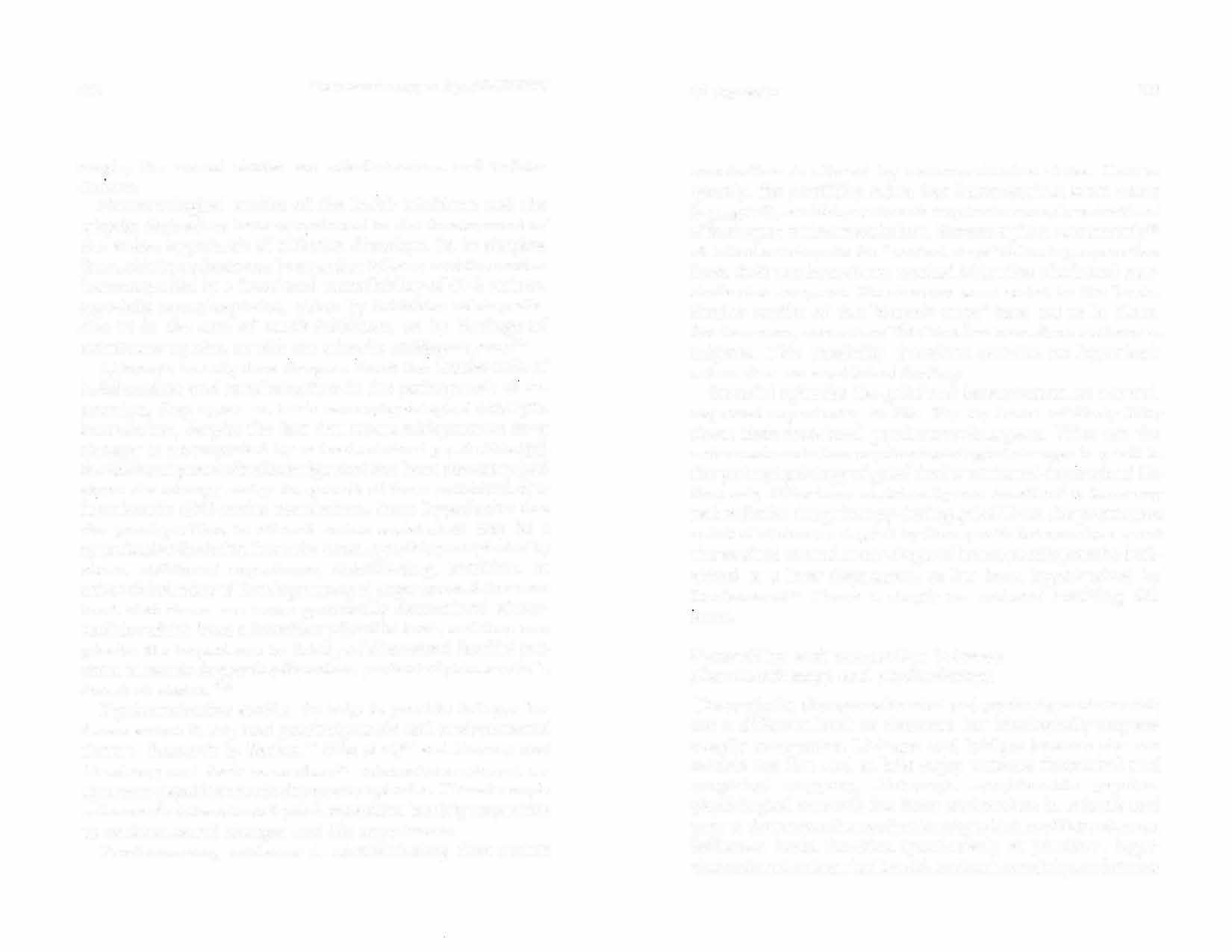
metabolism is altered by neuroendocrine states. Consequently, the possibility exists that factors such as acute stress (e.g., grief), conflict, or chronic deprivation may have indirect effects upon amine metabolism. For example, a recent study39 of infant monkeys in the "protest stage" follmving separation from their mothers shows marked induction of adrenal catecholamine enzymes. No changes were noted in the brain. Similar studies of the "despair stage" have yet to be done. Furthermore, no work of this kind has been done on human subjects. This possibility therefore remains an hypothesis rather than an established finding. Stressful episodes like grief and bereavement are normal, expected experiences in life. Yet we know relatively little about their associated psychosomatic aspects. What are the autonomic and other psychophysiological changes in grief? ls the pathophysiology of grief similar to that of depression? Do they only differ in onset, intensity and duration? Is there any rationale for drug therapy during grief? Does the premature relief of distress and grief by therapeutic intervention abort the work of normal mourning and hence predispose the individual to a later depression, as has been hypothesized by Lindemann?40 There is simply no evidence resolving this issue.
Competition and cooperation between pharmacotherapy and psychotherapy Theoretically, the neurochemical and psychodynamic models are at different levels of discourse, but ideologically they are usually competitive. Linkages and bridges between the two models are few and at best enjoy tenuous theoretical and empirical support. Although considerable psychophysiological research has been undertaken in animals and man to document the mechanisms by which conflict and stress influence brain function (particularly at pituitary, hypothalamic and subcortical levels), endocrine activity, and amine
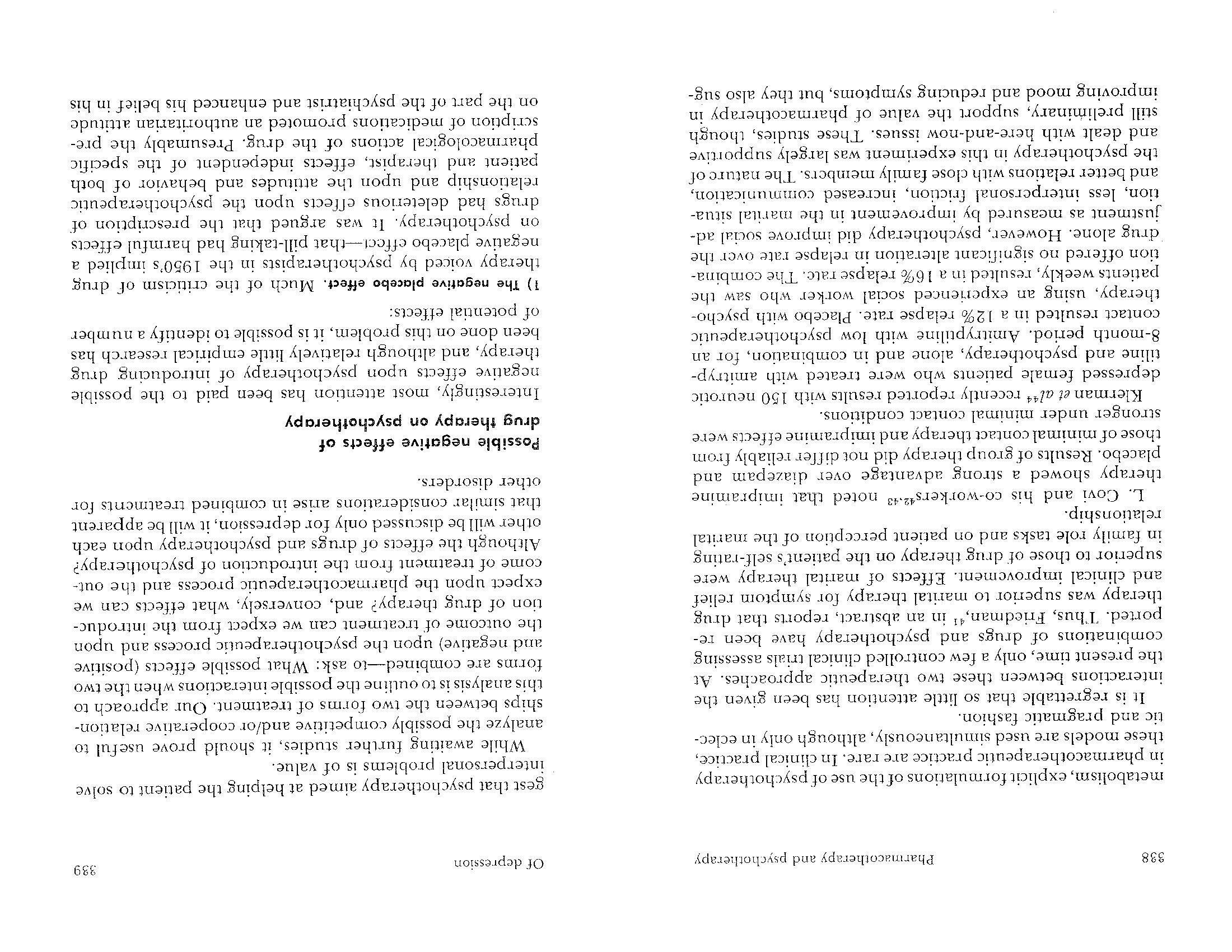
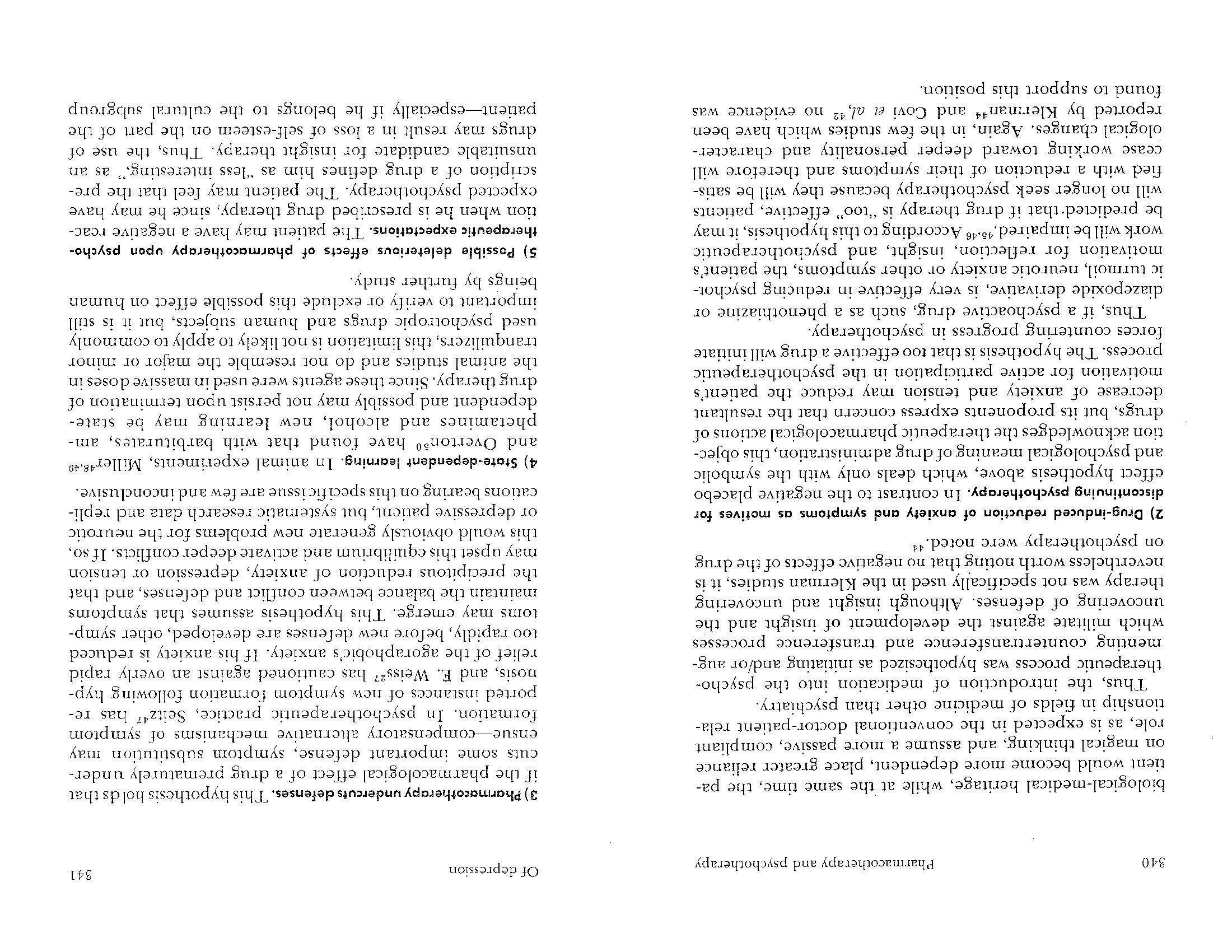
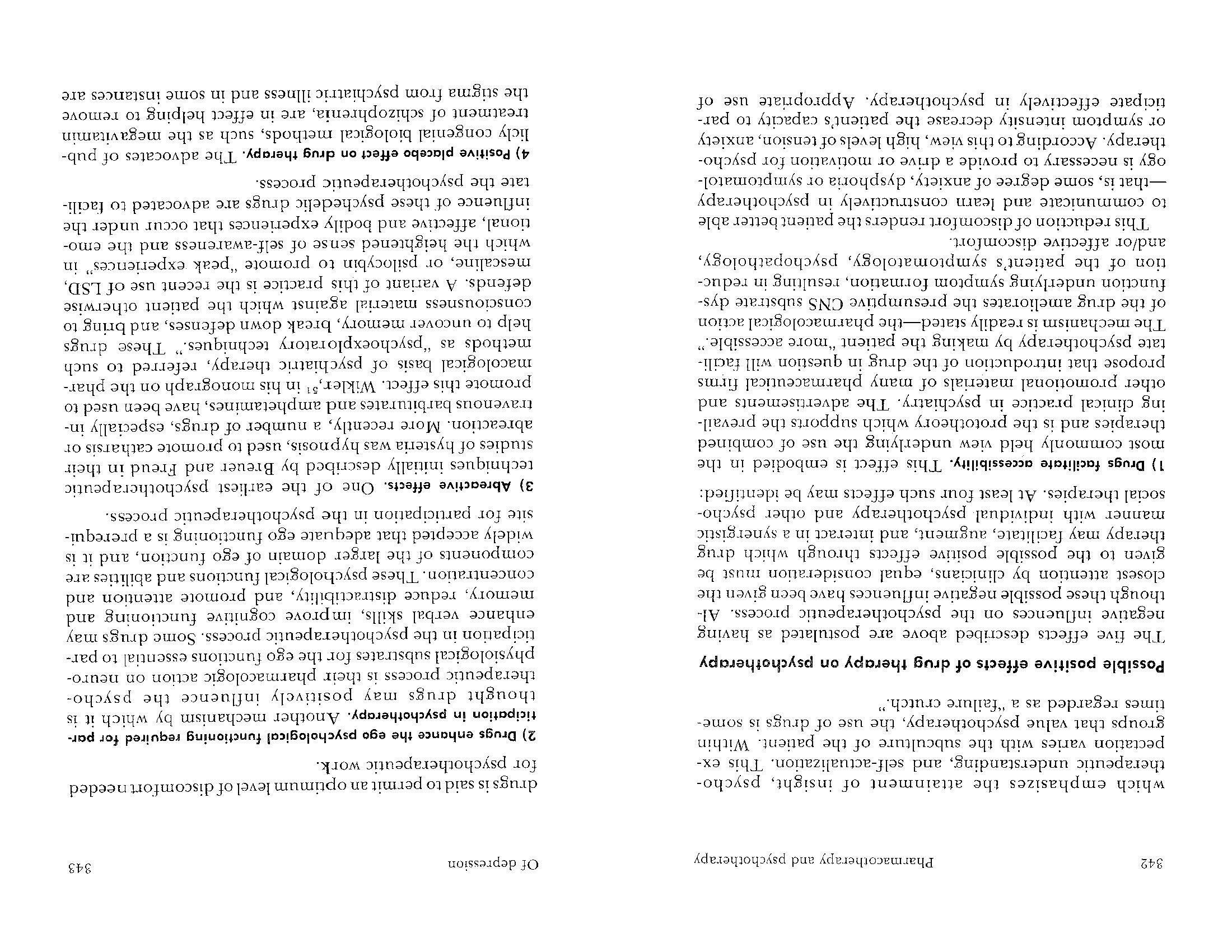
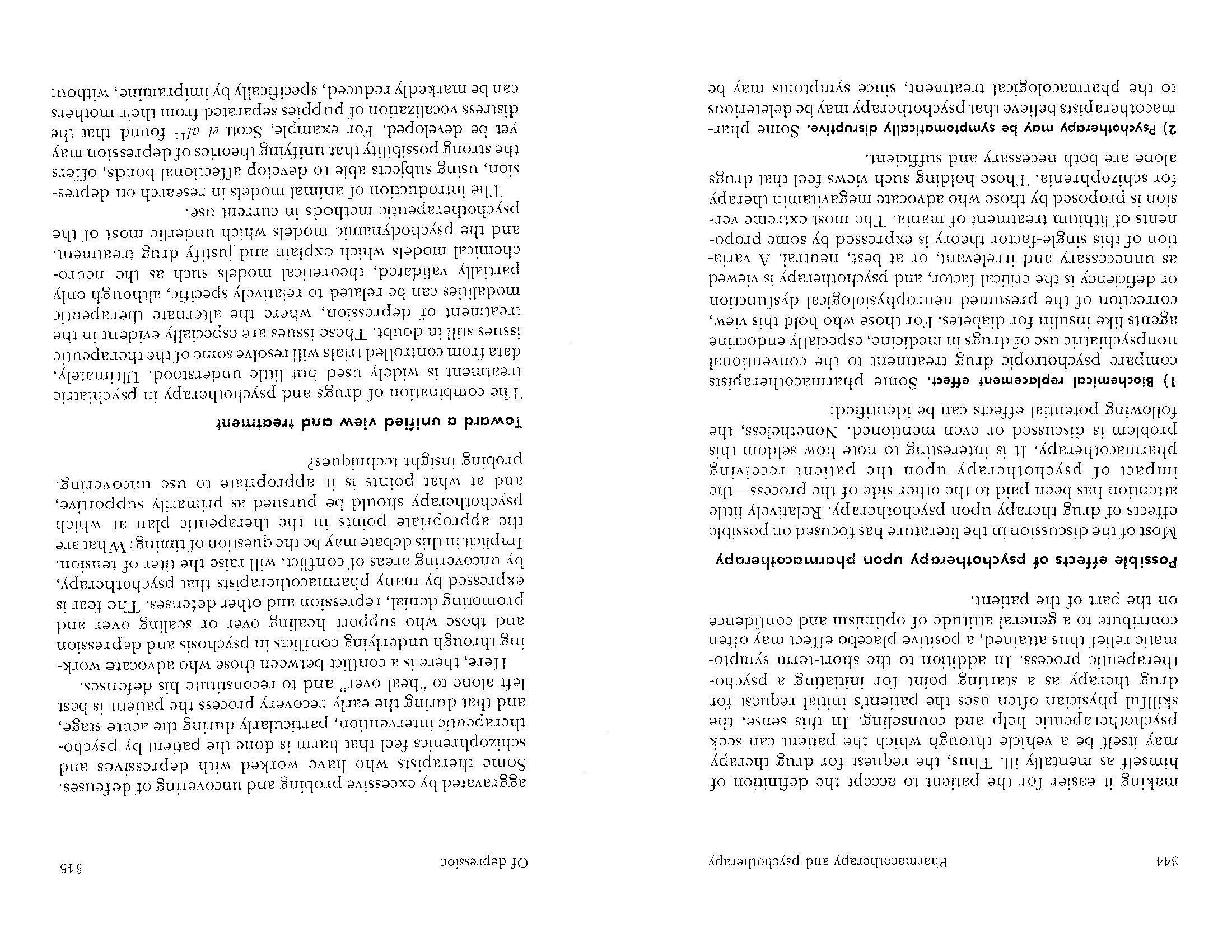
346 Pharmacotherapy and psychotherapy
producing abnormal behavior or adverse physiological side effects. It has also been shown that the morbidity and mortality of wild animals recently captured is significantly reduced by the administration of antidepressants. Studies of the effect of separation-induced depression on the biogenic amine systems of the central and peri phcral nervous sys Le ms complement the studies showing that conditions psychogenically induced can respond to pharmacotherapy.14,52 Awareness of such findings, should help to bridge the theoretical distance between psychogenesis and biogenesis. �n admirable start in this direction has been made by A�tskal and �cl<inney,fi� in a tentative unified hypothesis of depression based on both animal and clinical observatio�s tha� takes into account the interactions of geneLic, chemical, developmental and interpersonal factors which impinge on the diencephalic centers of reinforcement. Cole"4 has recently commented in an editorial that from the psychiatrists' point of view depression is an eminently satisfactory disease because it is quite treatable and is recognized by almost everyone as a real illness demanding treatment. Depression is "satisfactory" also because basic research and clinical trials have given us a better knowledge of its psychopathology and neurobiology than we have for the other major mental illnesses. Nevertheless, despite our quite substantial information about the psychology and biology of depression, we still lack those integrative concepts needed before pharrnacotherapy and psychotherapy can be combined in rational treatment programs which are demonstrably more effect.i.vc than treatment regimens based on one or the other.
References 1.G.L. Klerman. "Pharmacological Aspects of Depression," in SEPARATION AND DEPRESSION, J.P. Scott & E.G. Senay, Eds. Of depression
AAAS Pub. No. 94 (Washington, D.C.: American Association for the Advancement of Science, 1973), page 69. 2.G. Winokur. "Genetic Aspects of Depression," in SEPARATION AND DEPRESSION, op. cit., page 125. 3.G. Winokur, P.J. Clayton & T. Reich. MANIC-DEPRESSlVE ILLNfSS (St. Louis, Mo.: C.V. Mosby, 1969). 4.John Bowlby. ATTACHMENT (New York: Basic Books, 1969). fi. C.M. Heinicke. "Parental Deprivation in Early Childhood," in
SEPARATION AND DEPRESSION, op. cit., page 141.
6.T. Beck. DEPRESSION, CAUSE AND TREATMENT (Philadelphia: Universily of Pennsylvania Press, 1967). 7. J. Mendels. CONCEPTS OF DEPRESSION (New York: J. Wiley & Sons, 1970). 8.E. Bibring. "The Mechanism of Depression," in AFFECTIVE DISORDERS, P. Greenacre, Ed. (New York: International U niversities Press, I 953).
9.:\-1. Mendelson. PSYCHOANALYTIC CONCEPTS OF DEPRESSION (Springfield, Ill.: Charles C Thomas, 1960). 10.C.B. Ferster. A Functional Analysis of Depression.
American Psychologist 857 (1973). 11.F.K. Goodwin & W.E. Bunney. "Psychobiological Aspects of Stress and Affective Illness," in SEPARATION AND DEPRESSION, op. cit. 12.W.E. Bunney et al. The "Switch Process" in the Manic Depressive Illness, I. A Systematic Study of Sequential Behavioral Changes, Archives of General Psychiatry '27 (1972): 295.
13 . .J.J. Schildkraut. :--EUROPHARMACOLOGY A:--n THE AHECTIVE DISORDERS (Boston: Little, Brown, 1970). 14.J.P. Scott, J.M. Stewart & V.J. DeGhett, "Separation in infant. 15. Dogs," in SEPARATION A:--11) DEPRESSION, op. cit. C. Kaufman. "Mother Infant Separation in Monkeys, an ex
perimental model," in SEPARAT!O'.'l AND DEPRl•:ssro:-, op. cit. 16.W.T. McKinney, S.J. Suomi & H.F. Harlow. "New Models of Separation and Depression in Rhesus Monkeys," in SEPARA'I ION AND DEPRESSION, op. cit. 17.D.F. Klein & J.M. Davis. DIAGNOSIS AND TRE/\TME.NT or PSYCHIATRIC msoRDERS (Baltimore, Md.: Williams & Wilkins, 1969).
348 Pharmacotherapy and psychotherapy
18. 19. 20. 21. B. Davis, B.J. Carroll & R.M. Mowbray. DEPRESSIVE ILLNESS: SOME RESEARCH STUDIES, (Springfield, Ill.: Charles C Thomas, 1972). A.J. Prange. The use of Drugs in Depression: its Theoretical and Practical Basis, Psychiatric Annals 3:2 (1973): 56. A.J. Prange, l.C. Wilson, A.E. Knox, T. K. McClane & M.A. Lipton. Enhancement of Imipramine by Thyroid Stimulating Hormone: Clinical and Theoretical Implications, American Journal of Aychiatry 127 (1973): 191. A.J. Prange, I.C. Wilson, P. P. Lara & L.B. Alltop. "Effects of Thyrotropin-Releasing Hormone in Depression," in Ttu:
THYROID AXIS DRUGS AND BEHAVIOR, A.J. Prange, Ed. (New 22. 23. York: Raven Press, 1974). M. Kac. Some Mathematical Models in Science, Science l 66 (1969): 695. K. Abraham. "Notes on the Psychoanalytic Investigation and Treatment of Manic-Depressive Insanity and allied Condi
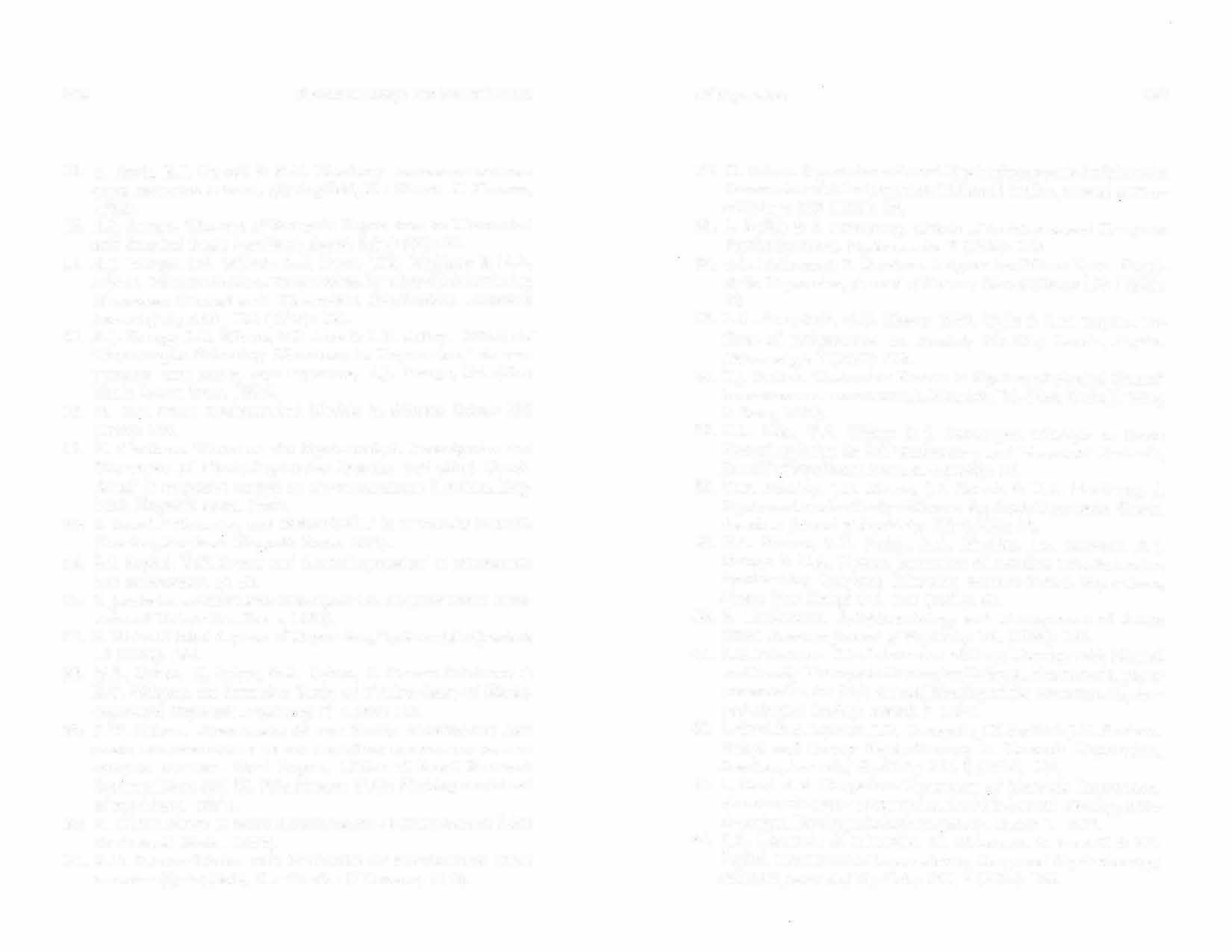
tions," in SELECTED PAPERS ON PSYCHOANALYSIS (London, Eng24. 25. land: Hogarth Press, 1927). S. Freud. "Mourning and Melancholia," in STAl\'DARD EDITION, (London, England: Hogarth Press, 1957). E.S. Paykel. "Life Events and Acute Depression" in SEPARATION
AND DEPRESSION, op. cit. 26. 27. 28. E.Jacobson. THE SELF AND THE OBJECT WORLD (New York: International Universities Press, 1964). E. Weiss. Clinical Aspects of Depression, Psychoanalytic Quarterly 13 (1944): 445. M.B. Cohen, G. Baker, R.A. Cohen, F. Fromm-Reichman & E.V. Weigert. An Intensive Study of Twelve Cases of Manicdepressive Psychosis, Psychiatry 17 (1951): 103.
COMPARISON OF Till'; FAMlLY BACKGROUND AND 29.R.vV. EARLY Gibson. LIFE EXPERIENCE OF THE MANIC--Dl::l'RESSIVE AND SCI-IIZOl'HRENIC PATIENT. Final Report, Office of Naval Research Contract Nanr-751 00. (Washington D.C.: Washington School of Psychiatry, 1957).
30.M. Ostow. DRUGS II\ PSYCHOANALYSIS AND PSYCHOTHERAPY (New
York: Basic Books, 1962).
THE DYNAMICS OF PSYCHIATRIC DRUG 31.M.S, Sarwer-Foner.
THERAPY (Springfield, Ill.: Charles C Thomas, 1960). Of depression
32. 33. 34. 35. 36. 37. 38. 39. 40. 41. 42. 43. 44. H. Azima. Psychodynamic and Psychotherapeutic Problems in Connection with lmipramine (Tofranil) Intake,joumal ofA1ental Science 197 (1961): 74. L. Bellak & S. Rosenberg. Effects of Antidepressant Drugs on Psychodynamics, Psychosomatics 7 ( 1966): 106. G.L. Klerman & E. Gershon. Imipramine Effects Upon Hostility in Depression,Journal of Nervous Mental Disease 150 (1970): 12. L.A. Gottschalk, G.C. Gieser, H.W. Wylie & S.M. Kaplan. Effects of Imipramine on Anxiety Hostility Levels, Psychophannacologia 7 (1965): 303. E.J. Sachaf. "Endocrine Factors in Psychopathological States," in BIOLOGICAL PSYCJUATRY,j. Mendels, Ed. (New York:J. Wiley & Sons, 1973). E.L. Bliss, V.B. Wilson & J. Zwanziger. Changes in Brain Norepinephrine in Self-Stimulating and "Aversive" Animals, Journal of P.iychiatric Research 4 (1966): 59. W.E. Bmrney, JD. Mason, J.F. Roatch & D.A. Hamburg. A Psychoendrocrine Study of Severe Psychotic Depressive Crises, American Journal of Psychiatry 122 ( 1965): 72. G.R. Breese, R.D. Smith, R.A. Mueller, J.L. Howard, A.J. Prange & M.A. Lipton. Induction of Adrenal Catecholamine Synthesising Enzymes following Mother-Infant Separation, Nature New Biology 216, 151 (1973): 94. E. Lindemann. Symptomatology and Management of Acute Grief, American J ou.mal of Plychiatry 10 1 ( 1944): 141. A.S. Friedman. The Interaction of Drug Therapy with Marital and Family Therapy in Depressive Patients. Abstract of a paper presented at the 64th Annual Meeting of the American Psychopathological Society, March 7, 1974. L. Covi, R.S. Lipman, LR. Derogatis,J.E. Smith &J.H. Pattison. Drugs and Group Psychotherapy in Neurotic Depression, American J o-u.rnal of Psychiatiy 131, 2 ( 197 4): 1 9 l. L. Covi et al. Outpatient Treatment of Neurotic Depression. Abstract of a paper presented at the 64th Annual Meeting of the American Psychopathological Society, March 7, l 974. G.L. Klerman, A. DiMascio, M. Weissman, B. Prusoff & E.S. Paykel. Treatment of Depression by Drugs and Psychotherapy, American journal of Psychiatry 131, 2 (1974): 186.
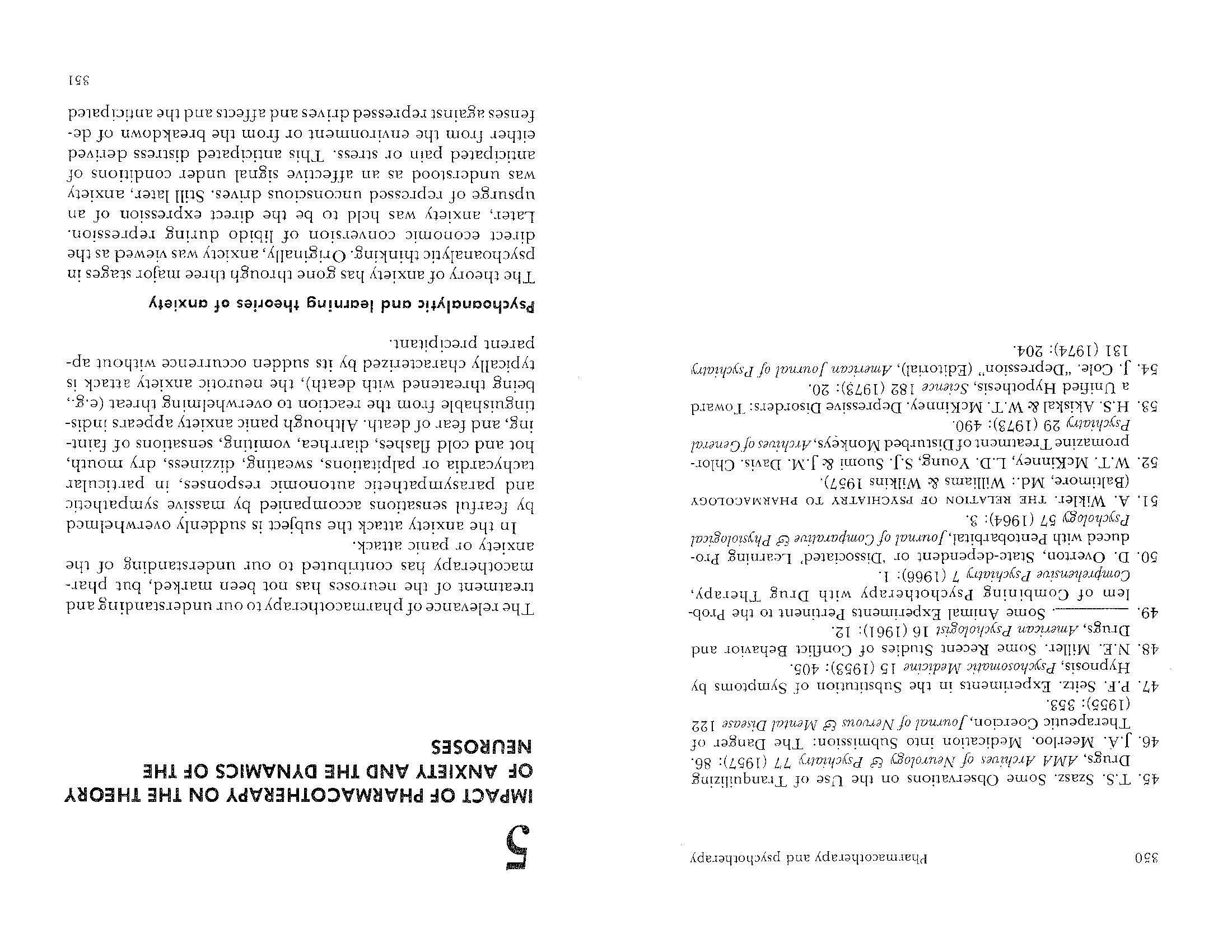
Pharmacotherapy and psychotherapy
punishment for their expression. This has become knmvn as signal anxiety. It is evident �hat the p�en�menon of anxlety lends itself to a number of mterpretations. In the neurotic states, the onset of panic anxiety is typic�lly abrupt and does not occur after a long period of mounung anticipatory or signal anxiety. If anything, the exact rcverse ,
1s true. The signal anxiety develops attnhc abn�� pt unheraldcc�onset of the panic attacks. The phobic elaborations are mostly concerned with the subject's attempts to prcvenr the onset of panic attacks situationally (e.g., refusing to be alone) _ , _
o�· to .obtain assurance of assistance, through the access1bil1ty of doctors should he be rendered helpless by panic attack. For 1�ost psychiatrists, the value of discriminating the anxieties and selecting the acute panic attack as w?
_rthy of special study is not apparent. Following Fr�u�, anxiety _
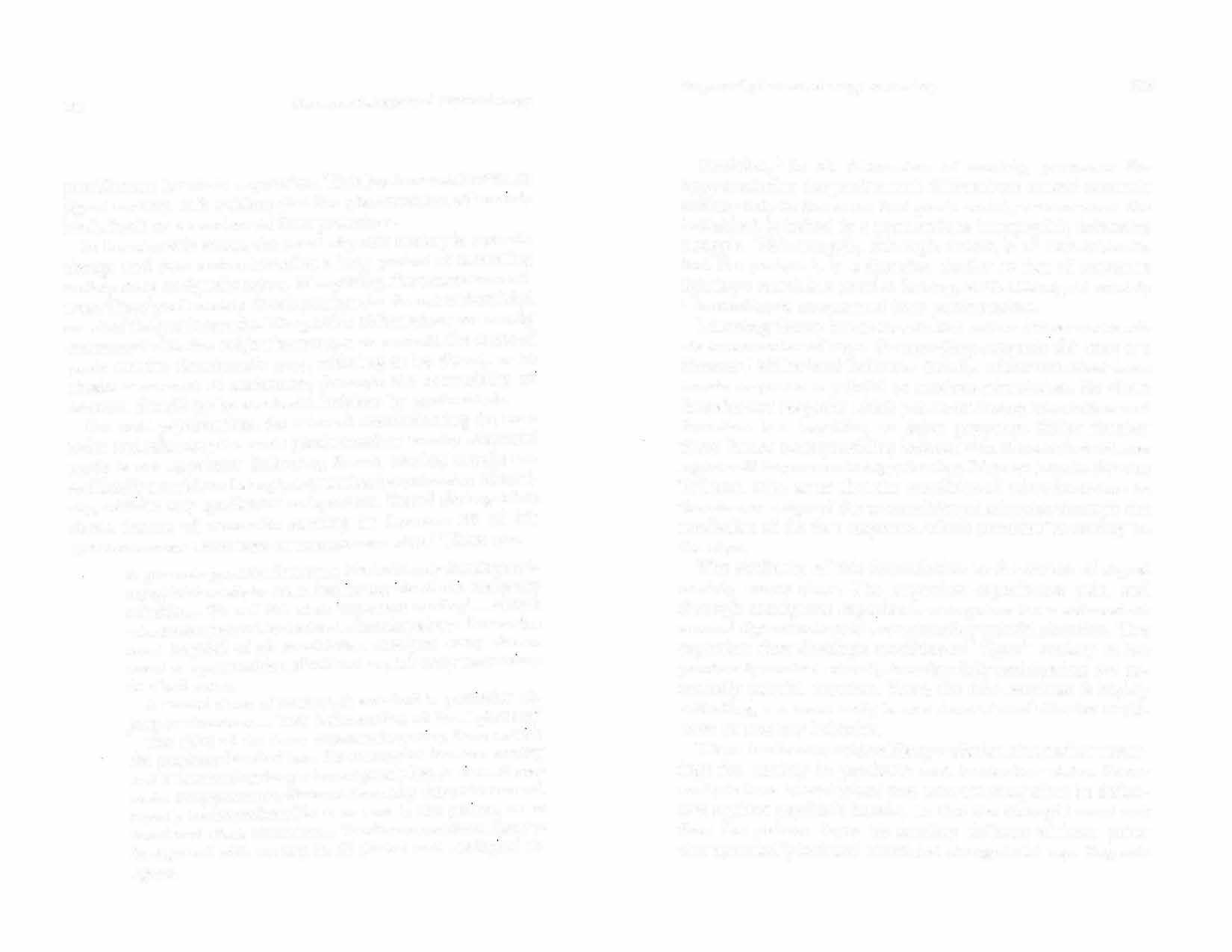
attacks a�� ordinarily considered simply a (-}uant1tat1v� extens�o1:1 of ��xi�ety, without any qualitative uni�ueness. heud d1s;1�gmsh�s .three forms of neurotic anxiety tn Lecture 2D of his
INTRODUCTO RY LECTURES ON PSYCHOANAL , · 1 YSIS. Th e are·es C •
A general apprehensivene�s, a kind of freely f1o�ting an�i�ety which is ready to attach itself to any idea th�t is , rn an�" a) suitable .... We call this state ·expectant anxiety:··· People who are tormenr.ed by this kind of anxiety always foresee the most frighful of all possibilities, inte�pret every chanc�event as a premonition of evil and expl01t every uncertamty in a bad sense.
A second form of anxicty .. .is attached to particularo
jects or situations .... This is the anx
_ ��iety of the ... "phob1,�s. _The third of the forms of neurotic anxiety faces us \�1th the puzzling fact that here the connection between a�x1ety and a threatening danger is completely lost to v1:' e w ... 1t may make its appearance, Jivorced from any determinants and equally incomprehensible to us and to the ?atint, as an unrelated attack of anxiety .... Yet these cond1t1ons ... have to be equated with anxiety in all clinical and eriolog1cal respects.
I mpact of pharmacotherapy on anxiety 353
Fenichel, 2 in his discussion of anxiety, proposes the hypothesis that the panic attack differs from normal neurotic anxiety only in the sense that panic anxiety occurs when the individual is locked in a tremendous intrapsychic defensive struggle. This struggle, although covert, is of such intensity that the patient is in a situation similar to that of someone lighting a match in a powder factory, so that the signal anxiety is immediately transmuted into panic anxiety. Learning theory has dealt with the notion of fear and anxiety in a number of ways. Outstanding names in this area are Mowrer, 3 Millcr4 and Tolman.
5
Briefly, Miller views fear as an innate response to painful or noxious stimulation. He views fear also as a response which produces strong stimulation and therefore has impelling or drive property. Miller further views fear as a cue providing information that can function as a generalizing or mediating stimulus. Mowrer is quite close to Tolman, who states that the conditioned stimulus comes to function as a sign of the unconditioned stimulus through the mediation of the fear response, which provides "meaning" to the sign. The similarity of this formulation to the notion of signal anxiety seems clear. The organism experiences pain and through contiguous experience recognizes those antecedent neutral signs that herald the oncoming painful situation. The organism then develops conditioned "signal" anxiety to the previously neutral stimuli, thus fearfully anticipating the potentially painful situation. Since the fear response is highly activating, one more easily learns the tactics of effective avoidance or mastery behavior.
There has been considerable speculation about other meanings for anxiety in psychotic and borderline states. Some analysts have hypothesized that neuroses may often be defensive ag·ainst psychotic breaks, so that the therapist must not free the patient from his anxiety defense without prior therapeutically induced structural change in his ego. Regard-
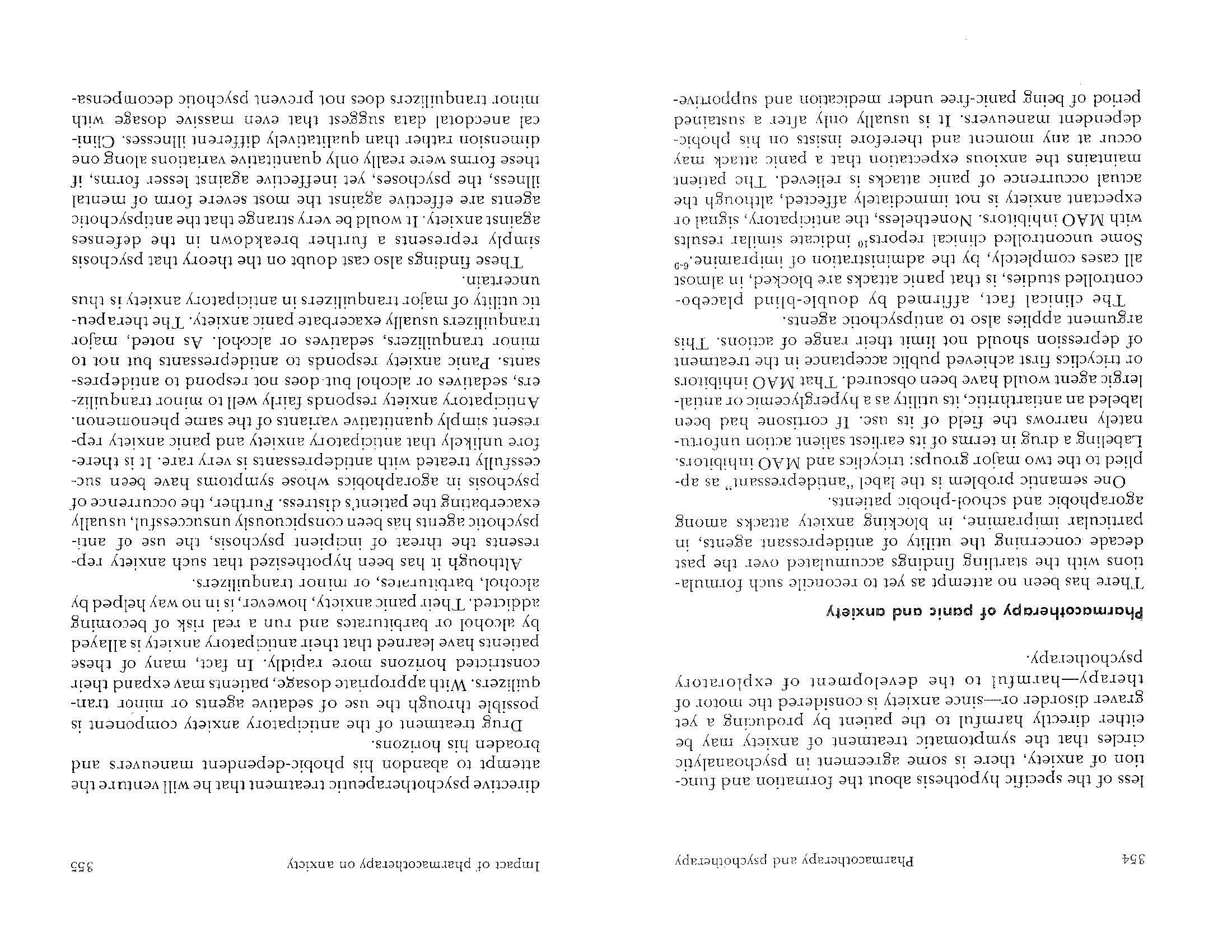
356 Phannacotherapy and psychotherapy
tion, thus supporting a clear-cut qualitative distinction between neurotic and psychotic process. To complete the argument, it should be demonstrable that antipsychotic medication is ineffective against neurotic anxiety. Here the data are contradictory. Some studies affirm the ineffectiveness of antipsychotics, whereas others indicate their effectiveness. One possibility is that states of agitated depression, which may be responsive to anti psychotic medication, are being confused with states of expectant anxiety, which may not be. All these possibilities require careful comparative studies for proper evaluation. In sum, then, we arc presented with a group of clinical observations that arc at variance with the usual conceptualization of neurotic process in general, agoraphobia in particular, and the relation of neurosis to psychosis. Testing this concept with independent, controlled studies of the antidepressant treatment of school phobia and agoraphobia would be of great heuristic and practical value.
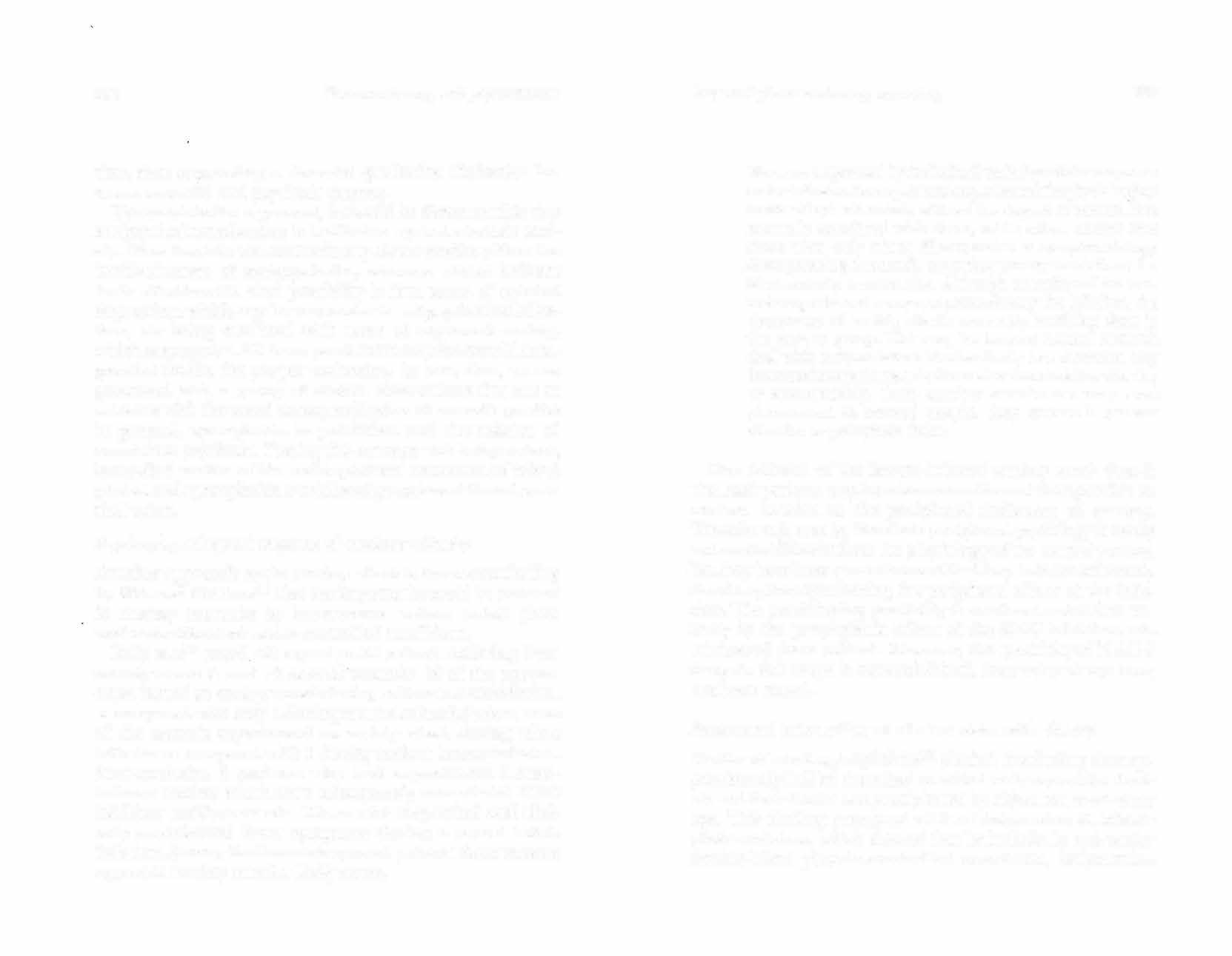
Psychophysiological aspects of anxiety attacks Another approach to the anxiety attack is the recent finding by Pitts and McClure11 that anxiety attacks could be induced in anxiety neurotics by intravenous sodium lactate given under double-blind saline-controlled conditions. Kelly et al12 tested this report on 20 patients suffering from anxiety neurosis and l O normal controls; 16 of the patients experienced an anxiety attack during sodium lactate infusion, as compared with only 1 during normal saline infu:sion; none of the controls experienced an anxiety attack during saline infusion as compared with 1 during sodium lactate infusion. Provocatively, 8 patients who had experienced lactateinduced anxiety attack were subsegueutly treated with MAO inhibitor antidepressants. Those who responded well clinically experienced fewer symptoms during a repeat lactate infusion. Among the 5 much-improved patients there were no apparent anxiety attacks. Kelly states,
Impact of pharmacotherapy on anxiety 357
. We were impressed by individual variation of the response to the infusion. Some patients experienced the physiological concomitants of anxiety without the degree of mental fear normally associated with them, while others found that there were only minor discrepancies in symptomatology distinguishing a naturally occurring anxiety attack from the biochemically induced one. Although a number of the controls experienced many symptoms during the infusion, the p'ercentage of anxiety attacks were very much less than in the patient group. This may be because normal controls deal with sodium lactate biochemically in· a different way from anxious patients, who have a low threshold for attacks; or alternatively, since anxiety attacks are very rare phenomena in normal people, they reguire 'a greater stimulus to precipitate them.
One criticism of the lactate-indu.ced anxiety attack data is that such patients may have been conditioned to respond in an anxious fashion to the peripheral indicators of anxiety. Therefore, it may be that their peripheral psysiology is really not much different from the physiology of the normal person, ·but they have been so conditioned that they become extremely fearful upon experiencing the peripheral effects of the infusion. The conditioning possibility is rendered somewhat less likely by the prophylactic effect of the MAO inhibitors administered these patients. However, the specificity of MAO-I drugs in this usage is not established, since other drugs have not been tested.
Attempted integration of clinical data with theory Studies of adult agoraphobics0•9 yielded the finding that approximately half of them had manifest early separation anxiety and their illness was precipitated by object loss at an early age. This finding prompted trials of imipramine in schoolphobic children, which showed that both clinically and under double-blind placebo-controlled conditions, imipramine
358 Pharmacotherapy and psychotherapy
blocked panic attacks otherwise attempted separation. occurring in circu rnstances of Studies of both adult agoraphobics and . .. sc:hool-phobIC children emphasize the relationship of panic anxiety to separation anxiety. Nevertheless, approximately half of the ad�lt agoraphobics who respond to imipramine_ do not have a history of manifest childhood separatio� �mx1ety b _ uc rather o�e of late onset. that is not obviously prcc1 pitated by rnterpersonal loss and which occurs in some context of rapid endocrine fluctuation caused by hysterectomy, oophorectomy, postpartum state or thyroid disease. . It may be possible to tie together these apparently d1s�)arate findings. T'he hypothesis closely resembles that . of Joh'.1 Ilowlby13,14 concerning the �eveloprnent _ of sepa�·auon a _
nx1 ,
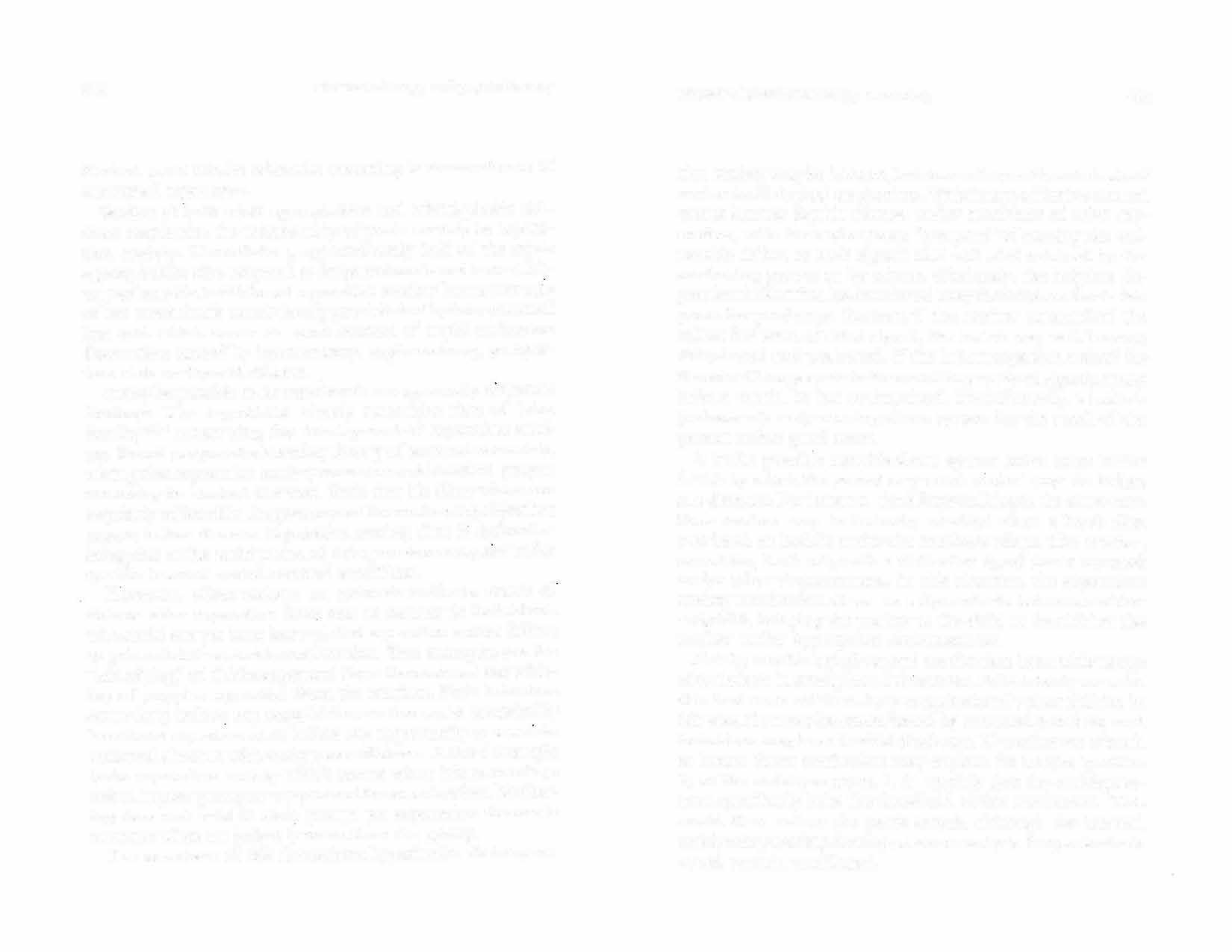
ety. Freud proposed a learmng theory of sepa�at�on anxtet,, stating that separation anxiety occurs when �he �nfant'. prey to mounting instinctual tensions, finds that lns d1�comf�rts are regularly relieved in the presence of th� mothen�g obtct but mount in her absence. Separation anxiety then 1s defmcd as being due to the anticipation of rising _
· r�nsion and pam under specific learned environmental condmons. . Ho,vever observations on animals indicate states of distress afte� separation from nest or motl�er in indivi� uals who could not yet have lear11ed that separatwn means failure to gain relief from instinctual tension. Two examp}cs are t _ he "lost piping" of chicks separated from the nest and the wl:ming of puppies separated from the rn�ther. Both beh�lv1ors occur long before any actual drive tcns10n cou�d conceivably have been experienced or before any opportumt\ to assouate maternal absence with endogenous distress. A tlnrd example is the separation anxiety which occurs when infant monkeys raised in peer groups are separated from each o _ ther. . Mothe:ing does not exist in such group� yet separauon distress 1s extreme when an infant is taken horn the group. The members of this Committee hypothesize that scpara-
Impact of pharmacotherapy on anxiety 359
tion anxiety may be learned, but learned upon the substrate of an innate biological mechanism. This innate affective control causes intense psychic distress under conditions of naive separation, with the evolutionary "purpose" of causing the vulnerable infant to emit signals that will elicit retrieval by the mothering parent or by others. Obviously, the helpless dependent infant that has wandered away from the mother is fair game for predators. Further, if the mother cannot find the ir'lf ant for want of some signal, the infant may well become dehydrated and weakened. If the infant organism waited for the actual hunger pain before emitting retrieval signals, many infants would be lost or impaired. Evolutionarily, a built-in (unlearned) early warning alarm system for the recall of the parent makes good sense. lt is also possible that this alarm system serves as an innate device by which the parent may exert control over the infant a La distance. For instance, ducklings walking to the water ,vith their mother may be instantly recalled when a hawk flies overhead, to huddle under the mother's wings. The mother, perceiving the hawk, emits a distinctive signal that is not used under other circumstances. In this situation, the separation anxiety mechanism serves as a dynamic tie between mother and child, bringing the mother to the child or the child to the mother under appropriate circumstances. Plainly, any biological control mechanism has a wide range of variations in strena-th and threshold. It is certainlv conceiv-b I able that some children have constitutional vulnerabilities in this area that may be exacerbated by maternal practices; and that others may have familial diatheses. The existence of such an innate alarm mechanism may explain the unique specificity of the antidepressants. It is possible that the antidepressants specifically raise the threshold of this mechanism. This would then defuse the panic attack, although the learned anticipatory anxiety developed secondarily to the panic attack would remain unaffected.
360 Pharmacotherapy and psychotherapy
If the panic at.tacks are the cause of the anticipatory anxiety, one would expect that little anticipatory anxiety would develop when only a few panics have occurred. This is the case, as observed in patients successfully treated with imipramine, who relapse on discontinuation of the drug. Regularly, these patients immediately resume the imipraminc, which blocks further attacks, and they do not develop anticipatory anxiety or phobic construction of behavior. This might also offer some explanation for the untoward emergence of panic attacks in persons abruptly deranged endocrinologically. One might speculate that such persons have experienced an artificial lowering of tbe threshold of the separation anxiety mechanism, resulting in a similar syndrome from a different cause lhat is restored to normal levels by antidepressants. It is striking that antidepressant drugs should operate in this fashion, but it is not certain that they all do. Some investigators believe that irnipramine is far more effective than either amitryptiline or the MAO inhibitors, but com paracive controUed studies to substantiate this have yet to be conducted. The pathophysiology of separation anxiety and depression are intricately related, as shown by their drug reactivity. This relationship has also frequently been noted in psychodynamic studies. Bowlby points out that the normal response to separation consists of threc _
stages: protest, despair and detachment. The stage of protest appears to be similar to the symptomatolgy of the anxiety attack except for its clear-cut reactive nature, and is also characterized by pleading, clinging and demanding. More speculatively, the stage of despair may also serve an evolutionary purpose. If an infant is separated from its mother the correct pro-survival behavior would seem to be to make a fuss and thus elicit retrieval. If retrieval is not effected in fairly short order, the mothering figure may be incapaci-
I111 pact of pharm,1cothera py on anxiety 361
tated, at least temporarily. Therefore, continued protest would only serve as an ancisurvival function by attracting predator notice and exhausting infant energy reserves. Thus, the state of despair may well serve as a built-in conservation mechanism. It is conceivable that separation anxiety and depression bolh seem from an impairment in the evolved control mechanisms which deal with the evolutionarily crucial situation of emergency separation. One might speculate still further about the stage of detachment. Here too an evolutionary function is possible, since the "detached" child would then be able to turn toward new objects with relative ease and accept them as foster parents. Evolution may thus have been molded by the experience of fostering among social animals. If the tie to the mother were to remain unbreakable, the despairing infant could not respond to the foster mother. Therefore, a mechanism for det�chment becomes biologically necessary to all fostering. Smee psychopathy-characterized by the inability to attach emotionally to others, identify with them, and care for them-has been reported as a com plication of marked object depri�ation during early fostering, it is conceivable that cryptogen1c psychopathy may be secondary to derangements of the hypothesized detachment mechanism. To sum· up, the new clinical observations derived from the effects of antidepressants, minor tranquilizers and major tranquilizers on anxiety attacks provide material that calls for modification of existing dynamic theory in many crucial theoretical areas.
References
1.S. Freud. "Introductory Lectures on Psychoanalysis," in STANDARD EDITION (London, England: Hogarth Press, 1963), Vol. XVI, quoted by permission of the publisher.
2.0. Fe niche!. PSYCHOANALYTIC THEORY or NEUROSIS (New York: W.W. Norton, 1945).
362 Pharmacotherapy and psychotherapy
3. 4. 0.H .. Mowrer. Two Factor Learning Theory: Summary and Comment, Psychology Review 58 (1951): 350. N.E. Miller. "Lean•able Drives and Rewards," in HA'.\/DllOOK OF EXPERIMENTAL PSYCHOLOGY, S.S. Stevens, Ed. (New York: John Wiley & Sons, 1951).
5.E.C. Tolman. PURPOSIVE BEHAVIOR IN ANIMALS A:-.!D .\IEK (NeVI· · York: Appleton-Century-Crofts, 1932). 6.D.F. Klein. Delineation of Two Drug-Response Anxiety Syndromes, Psychopharmacologia 5 ( 1964): 397. 7.____ . Impoi-tance of Psychiatric Diagnosis in Prediction of Clinical Drug Effects, Archi-ues of General Psychiat1y 16 ( I 967): 118. 8.R. Gittelman-Klein & D.F. Klein. Controlled Imipramine Treatment of School Phobia, Archives of Genera.I Psychiatry 25 (1971): 204. 9, ____ , "School Phobia. Diagnostic Considerations in the Light of Imipramine Effects," in DRUGS, DEVELOPMENT AND CEREBRAL HJNCTION, L. Smith, Ed. (Springfield, Ill.: Charles C Thomas, 1972). 10. D. Kelly, W. Guirguis, E. Frommer, N. Mitchell-Heggs & W. Sargent. Treatment of Phobic States with Antidepressants, British journal of PJychiatry 116 (1970): 387. 11.F.N. Pitts & J.N. McClure. Lactate Metabolism in Anxiety Neurosis, New En.gland Journal of Medicine 277 (l 967): 1329. 12.D. Kelly, N. Mitchell-Heggs & D. Sherman. Anxiety and the Effects of Sodium Lactate Assessed Clinically and Physiologically, British Journal of Psychiatry 11 9 ( 197 l): 129. 13 . .J. Bowlby. Separation Anxiety, International journal of Psychoanalysis 41 (1960): 89. 14.____ . ATTACIIMFNT (New York: Basic Bo0ks, 1969).
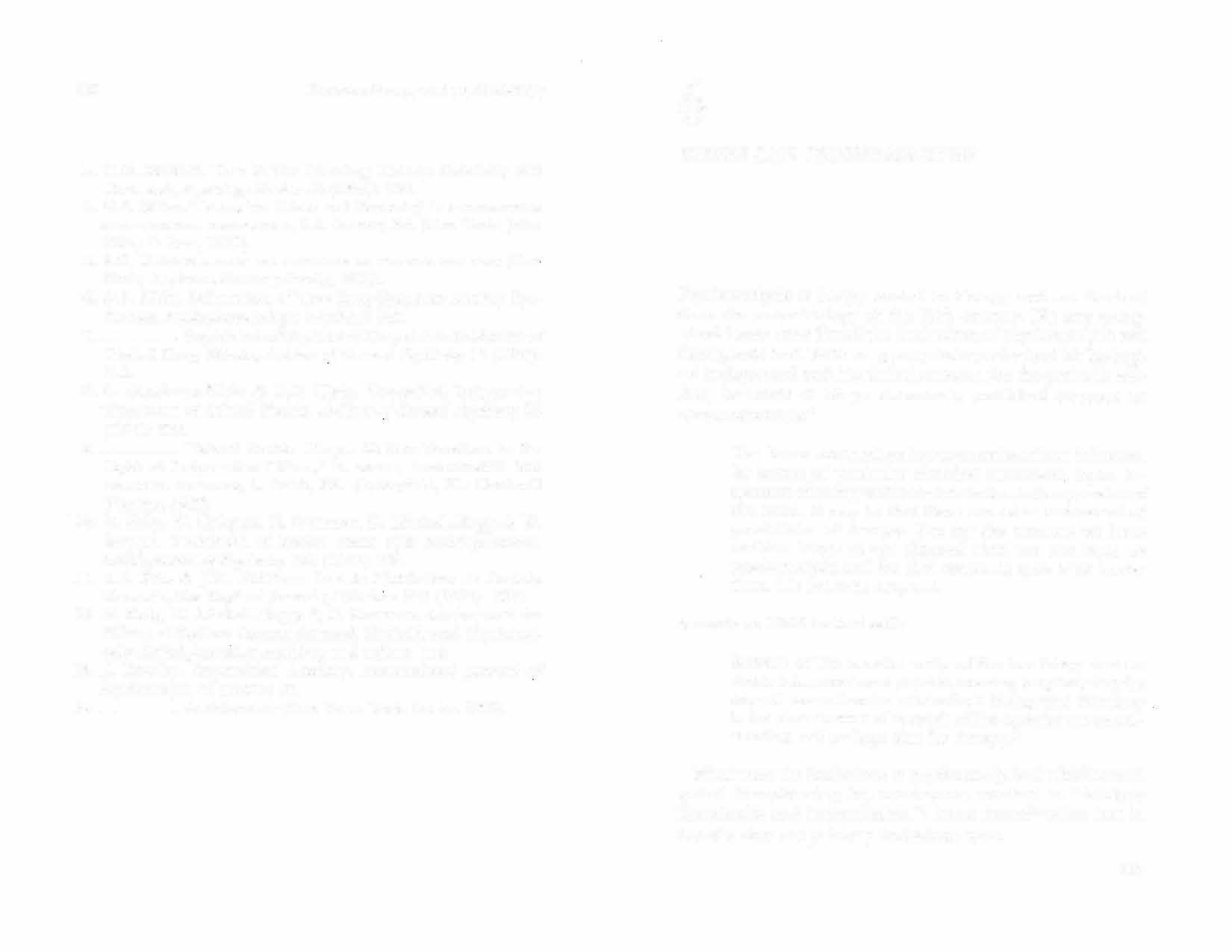
6
DRUGS AND PSYCHOANALYSIS
Psychoanalysis is deeply rooted in biology and was derived from the neurobiology of the 19th century. No one recognized better than Freud the limitations of psychoanalysis as a therapeutic tool. With an appropriate synthesis of his biological background and his clinical concern for the patient's welfare, he wrote in his posthumously published OCTUNE OF
PSYCHOANALYSIS: 1
The future may teach us how to exercise a direct inf1uence, by means of particular chemical substances, upon the amounts of energy and their dist1ibution in the apparatus of the mind. It may be that there are other undreamed-of possibilities of therapy. But for the moment we have nothing better at our disposal than the technique of psychoanalysis, and for that reason, in spite of its limitations, it is not to be despised.
As early as 1928 he had said:
Because of the essential unity of the two things that we divide into somatic and psychic, one may prophesy that the day will come when the avenue from biology and chemistry to the phenomenon of neurosis will be open for our understanding and we hope abo for therapy.2
What were the limitations ro psychoanalysis of which Freud spoke? Paraphrasing his conclusions reached in "Analysis Terminable and Interminable."a Anna Freud4 writes that in Freud's view the primary limitations were
363
364 Pharrnacotherapy and psychotherapy
the quantitative ones which determine the libido econornv within a given individual and are decisive for his inne�equilibriurn, i.e., for the balance or imbalance in the defensive struggle between id and ego. Any excessive strength of instinct whether constitutionally given or due to developmental reinforcement (puberty, menopause) may make it more difficult or impossible for analysis to achieve its main task, i.e., to tame the instincts. Any weakening of the ego, whether through illness or exhaustion, or from some similar cause may have the same effect.
5 These difficulties, as pointed out by Stracheyare of a physiological and biological nature and thus in the main considered not susceptible to psychological influences. In the same essay Freud·1 described other difficulties which he considered to be qualitative in nature. Alterations of the ego, "whether original or innate" or "acquired during the earliest defensive struggles of the earliest years," which have limited the plasticity and versatility of the defenses, that is, "physical inertia," are a great source of difficulty, often making the personality of even very young patients "fixed and rigid." ·Other difficulties he attributed to the results of "flooding" by distressing id material when defenses have been reduced; this could lead to negative therapeutic reactions. Still others in his view depend upon elements of free aggression which, when turned inward, produce "an ominous alteration from the search for pleasure as a governing principle to the preference for unpleasure." Adding to the difficulties recognized in 1937, Anna Frcud1 later suggests others: (1) "a low threshold of tolerance for the frustration of instinctual wishes," (2) "a Jm,v threshold of tolerance for anxiety," (3) "a low. sublimation potential," and (4) "a preponderance of regressive over progressive tendencies." She proposes as remedies alterations in psychoanalytic emphasis, such as the interpretation of defenses before id imDrugs and psychoanalysis
pulses, and the so-called analysis of the total personality. She also discusses the possibility of analysis of the first year of life. She cogently questions the assumption that whatever is acquired early in life is irreversible, emphasizing that this is not proved. In monkeys at least, where serious behavior disturbances can be generated by early life experiences, McKinney et al have shown that disturbances can be reversed by "monkey therapists" or by chlorpromazinc.6 There can be little doubt that Freud, who had early experience with the dramatic mood-altering properties of cocaine, must have been fully aware of the potential of psychotropic drugs. However, prior to 1940 the drugs available were limited in both potency and specificity. Nonetheless, interest in the biological bases of drives and their interaction with defenses is not new among psychoanalysts. The monograph by Benedek and Rubinstein7 demonstrating alterations in the intensity an<l duration of sexual impulses and defenses against them in women at different stages of their menstrual cycle is a classic of feasibility and methodological rigor in psychoanalytic investigation of biological influence. It is easy enough to understand why prior to 1940, when drugs were relatively unpotent, Freud defended the psychoanalytic technique as something "not to be despised" despite its limitations. But in principle the revolution in psychopharmacological drugs since the early 1950's should have altered r.he situation considerably. Moreover, advances in biology have shown that the expression of the hereditary endowment of man is not fixed and immutable. Genotypes need not necessarily express themselves as specific and unalterable phenotypes. In illustration, many psychotropic drugs certainly diminish anxiety, perhaps by their influence on the intensity of instinctual drivc.:s. Presumably when appropriately utilized they should alter response and prepare the organism for optimal psychoanalytic therapy. One might have predicted that psychoanalysts would have
366 Pharmacothcrapy and psychotherapy
welcomed Freud's projections into the future and would have taken them seriously. Instead, many have warned against drugs as impediments to therapy; have denied their utility; have barred them from discussion in the psychoanalytic journals. Most seriously, and with few exceptions, they have ignored the opportunities for systematic research into the mode of action of the various new drugs on the psychic apparatus in metapsychological terms, and into possibilities for extending their range of applicability in practice and theory to broader case material. Why there should be such resistance is a matter of speculation. Because the therapeutic model in psychoanalysis is the development of the transference neurosis and its working through, analysts have invariably resisted the introduction of noninterpretive techniques. Thus, they have generally resisted what in the psychoanalytic literature are called "parameters," which involve such measures as advice (even medical advice), direction, gratification of dependency needs, and role-playing. 8 They have also tended to resist intrusions upon the strict privacy of the analytic interview such as tape recordings or use of the one-way screen. It is understandable, Lhen, that they should resist the use of drugs, assuming that the transaction of administering anything from a physical examination to a drug will in itself distort or contaminate the transference,J)rugs in particular have been endowed by some analysts with almost magical properties. It is also assumed by some that drugs will impede therapy by fostering regression, reducing anxiety, and especially by offering sufficient symptomatic relief to induce the patient to discontinue therapy. It is because of all these reservations that some analysts state with apparent pride that they have never prescribed drugs. Such fears do not seem realistic in ·light of the facts. Drugs can be administered in such a way as to exclude the factor of "magic." Their effectiveness in fostering regression and eliminating anxiety is far from absolute and can be controlled
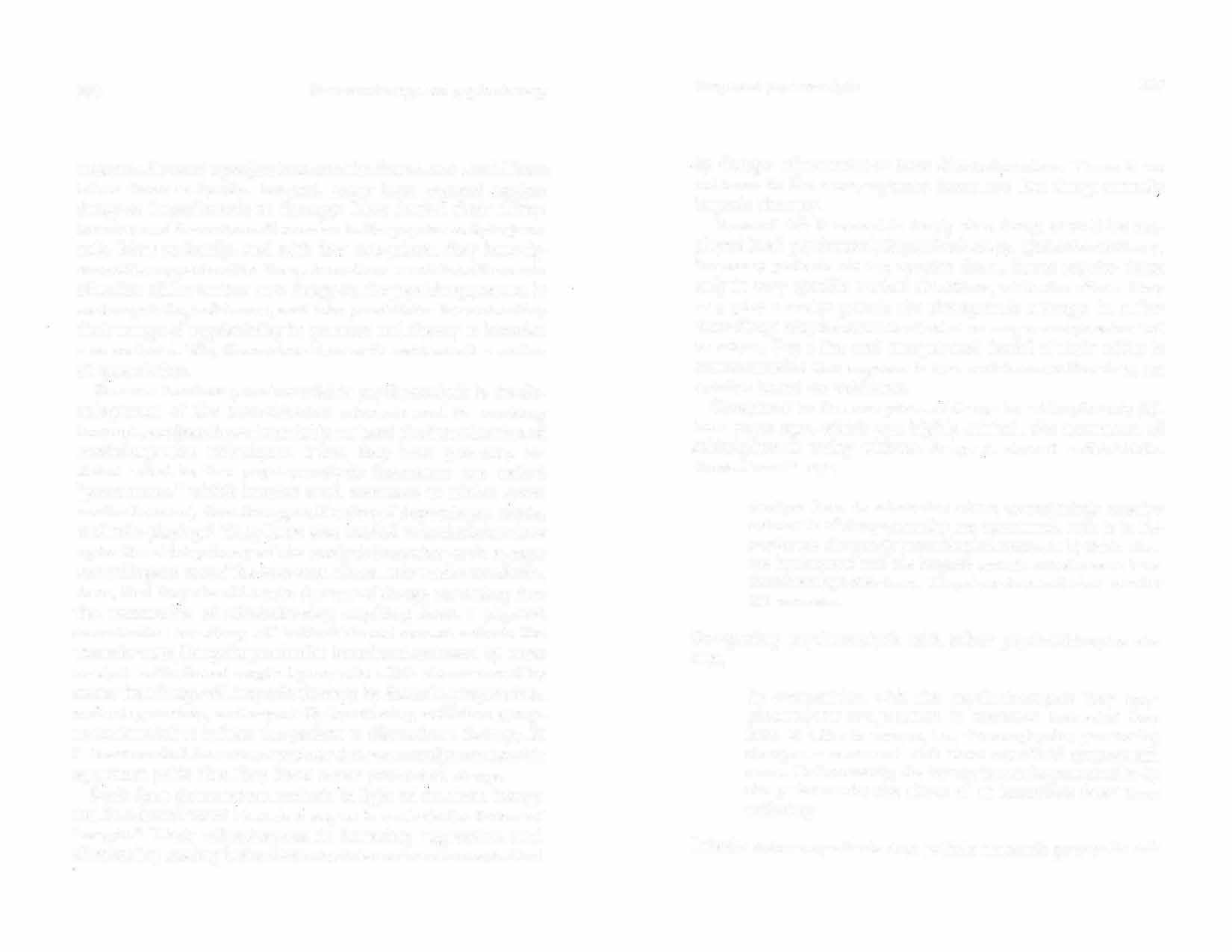
Drugs and psychoanalysis 367
by dosage adjustment or even discontinuation. There is no evidence in the contemporary literature that drugs actuallv impede therapy. None of this is meant to imply that drugs should be employed in all psychoanalytic psychotherapy. Quite the contrary, for many patients do not require them. Some require them only in very specific tactical situations, while for others they may play a major part in the therapeutic strategy. In a few cases drugs may be contraindicated or may cause paradoxical reactions. But a flat and unequivocal denial of their utility is not reasonable and appears to be a resistance rather Lhan an opinion based on evidence. Compared co the reception of drugs in schizophrenia fifteen years ago, which was highly critical, the treatment of schizophrenia today without drugs is almost unthinkable. Anna Freud4 says,
Analysts have to admit that where quantitatively massive upheavals of the personality are concerned, such as in the psychoses, the purely psychological methods by themselves are inadequate and the organic and chemical means have the advantage over them. They do not concede the same for the neuroses.
Comparing says, psychoanalysis with other psychotherapies she
In competition with the psychotherapies they [psychoanalysts) are justified to maintain that what they have Lo offer is unique, i.e., thoroughgoing personality changes as compared with more superficial symptomatic cures. Unfortunately, the former is not always aspired to by the patients who aim above all at immediate relief from suffering.
It is the more regrettable that so little research goes on in this
368
Pharmacotherapy and psychotherapy
area. Nonetheless, hypothesize the fol from what lowing: has been clone it seems safe to I. 2. 3. 4. The use of psychopharmacologic drugs permits psychoanalytic treatment of a broader spectrum of patients than would otherwise be amenable to such treatment. These include psychoneurotics, depressives, pseudoneurotic schizophrenics, potential schizophrenics, and other types of aCLing-out patients. Hospitalization can by this means freq ucntly be avoided in the management of these patients. Psychoactive drugs may facilitate the psychoanalytic process when it has bogged down. There is no reported evidence that appropriate drug use alters or impedes the process of psychoanalytic psychotherapy.
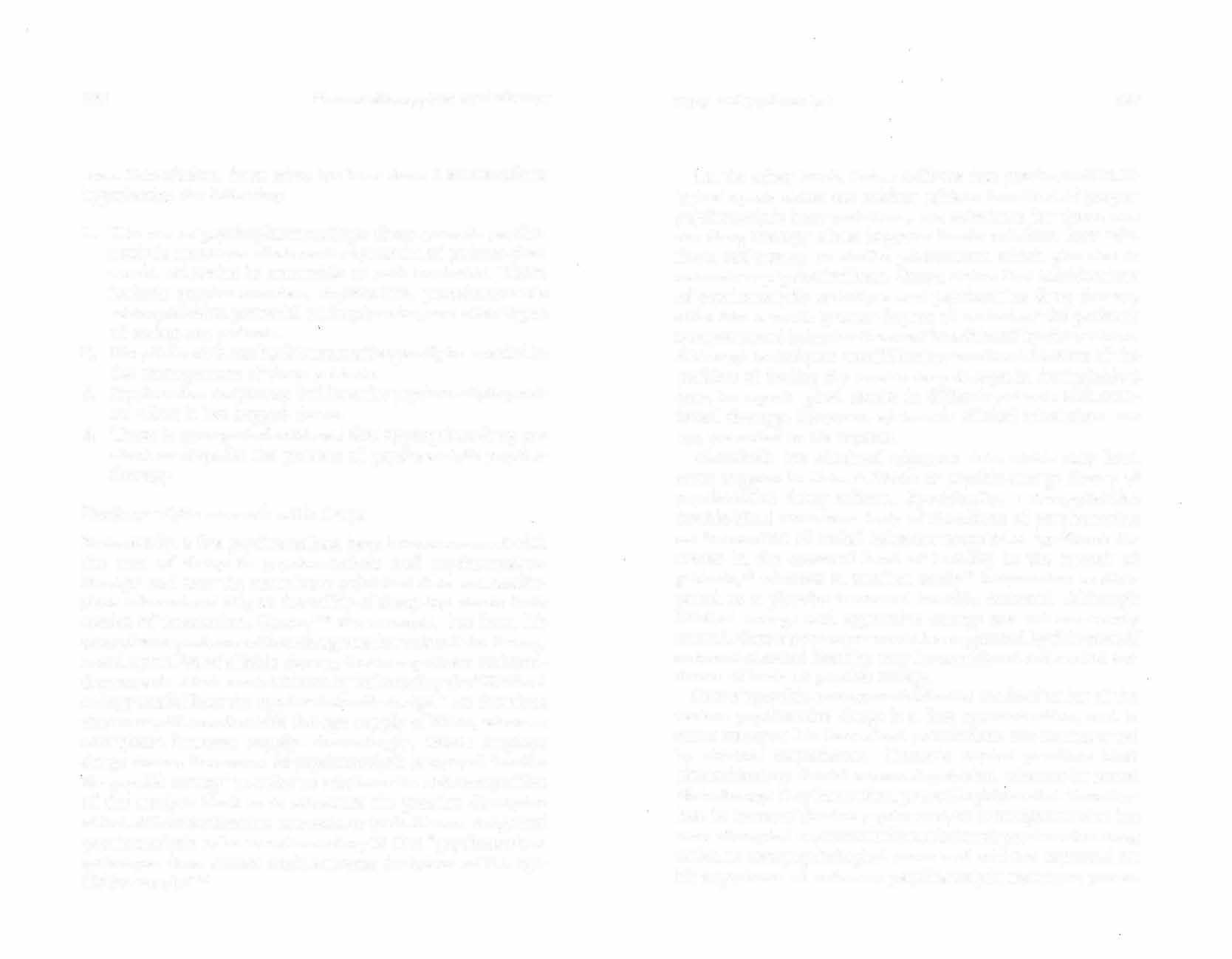
Psychoanalytic research with drugs Fortunately, a few psychoanalysts have been concerned with the role of drugs in psychoanalysis and psychoanalytic therapy and over the years have published data and conclusions relevant not only ro the utility of drugs but also to their modes of interaction. Ostow,9•12 for example, has from his extensive experience with such agents formulated the theory, based upon Freud's libido theory, that tranquilizers and antidepressants affect mental illness by influencing the "libidinal energy available to the ego for drive discharge." He theorizes that tranquilizers diminish the ego supply of libido, whereas energizers increase supply. Accordingly, Ostow employs drugs during the course of psychoanalysis to control "availa'b'le psychfr energy" in order to reinforce the stabilizing effect of the analysis itself or to attenuate the possible disruptive effect of the transference neurosis, or both. He sees drugs and psychoanalysis to be complementary in that "psychoanalytic technique alone cannot undo extreme deviations of the egolibido supply.
11 "
Drugs and psychoanalysis
369
On the other hand, Ostow believes that psychopharmacological agents alone can neither achieve the effect of proper psychoanalytic interpretations, nor substitute for them, nor can drug therapy alone improve family relations, love relations, self-esteem or similar phenomena which give rise to neurotic or psychotic illness. Ostow claims thal combinations of psychoanalytic technique and psychoactive drug therapy offer him a much greater degree of control of the patient's symptoms and behavior than can be achieved by either alone. Although techniques are difficult to work out because of the problem of finding the precise drug dosages in the individual case, he reports good results in difficult patients with combined therapy. However, systematic clinical tabulations are not presented in his reports. Gottschalk has obtained objective data which may lend some support to Ostow's libido or psychic-energy theory of psychoactive drug effects. Specifically, a drug-placebo double-blind cross-over study of the effects of perphenazine on the content of verbal behavior revealed a significant decrease in the outward level of hostility in the speech of patients, 13 whereas in another study14 imipramine as compared to a placebo increased hostility outward. Although libidinal energy and aggressive energy are not necessarily related, Ostow's concepts would be supported by this work if outward-directed hostility may be considered inferential evidence of levels of psychic energy. Ostow's psychic-energy model for the mode of action of the various psychoactive drugs is a first approximation, and in some instances his theoretical postulations arc controverted by clinical ex periencc. Ostow's model predicts that phenothiazines should worsen depression, w hcreas in actual clinical usage they have often proved highly useful. Nonetheless, he is one of the few psychoanalytic investigators who has even attempted a systematic formulation of psychoactive drug action in metapsychological terms and who has reported on his experience of orthodox psychoanalytic treatment proce-
370 Pharmacotherapy and psychotherapy
dures combined with virtually all the currently available psychoactive agents.12 Sarwer-Foner15 was another of the early psychoanalytk investigators to study psychodynamic effects of psychoactive drugs. In contrast to Ostow's, Azima's, and vVinkleman's explanations of the actions of psychoactive drugs-which focus on instinct, drive and instinctual energy and which assume that reintegrative changes in the personality result from drug induced alterations in these drives or energetics-SarwerFoner focuses on ego defenses. To him, inner drives are not necessarily directly influenced by psychoactive drugs, but their expression is altered in the activity level of the patient's musculoskeletal system or other physical aspects of relating himself to the world. The ability to tr.anslate these drives into action is controlled or partially controlled by the drug. Since Sarwer-Foner focuses on ego defenses and on the effect �f pharmacological agents on coping mechanisms, the experienced effect or "psychological meaning" t.o the individual patient of the pharmacological action of the drug becomes extremely important. For example, in the case of a highly active patient who uses activity to assure himself that he is not feminine, reduction of overactivity may increase rather than reduce anxiety and agitation. Many other paradoxical reactions are explained by Sarwer-Foner in this fashion. Ile is particularly concerned about the therapeutic milieu and the patient-physician relationship, commenting as follows:
The patient who therefore benefits from the characteristic pharmacological profile of the neuroleptic medication docs so because he interprets the action of the drug in controlling certain symptoms or symptom complexes as a "good" or "bad." Some of these indi1dc the attitude of the doctors, nurses, and orderlies both toward the particular drug and the patient's reaction to receiving it-15
16 Azima and Sarwer-Fonerand Be1lak (cl. Bellak and Drugs and psychoanalysis
37 I
Chassan 17) have been the only psychoanalysts to employ double-blind controls in obtaining their data. In the 1961 study by Sarwer-Foner and Azima, 4 patients in psychoana1 ytic psychotherapy were given a series of drugschlorpromazine, reserpine, irnipraminc and two placebos (one inert and the other phenobarbital) over a 2 year period. The drug dose was increased to the level of tolerance and was given over an average of l O sessions, with 10 medication-free sessions between each drug regimen. The therapists undertook the analytic treatment in a routine manner. They reported that in no case was the therapeutic process accelerated, decelerated, or altered during the periods of drug dosage. Typical pharmacological effects of the drugs were noted when the dosage reached a certain level. The number of remembered dreams increased during the periods of reserpine dosage. Bellak and Chassan17 employed a longitudinal design in a single case to evaluate the influence of psychoactive drugs (in this study, chlordiazepoxide) in combination witn .psychoanalytic psychotherapy and reported significant positive effects during the on-drug periods for a variety of ego-function factors. In a more recent study, Bellak et al1 8 found similar results for diazcpam, also using intensive design and a single patient. The patient showed overall improvement over time as well as specific improvement in various egofunction factors, and the authors state: "The global ego function averages thus obtained show a clear significant difference between diazepam and placebo .... " Still other workers (e.g., Lesse19) have reported the use of psychoactive drugs in the treatment of patients either by psychoanalysis or by psychoanalytically oriented therapy. Indeed, it seems highly likely, as indicated by the findings of Hayman,20 that the use of psychoactive drugs, especially the minor tranquilizers, although infrequently reporlecl, is a more common practice among analysts than they are prepared to acknowledge. In any case, it is regrettable that so few of the studies that are reported use double-blind techniques.
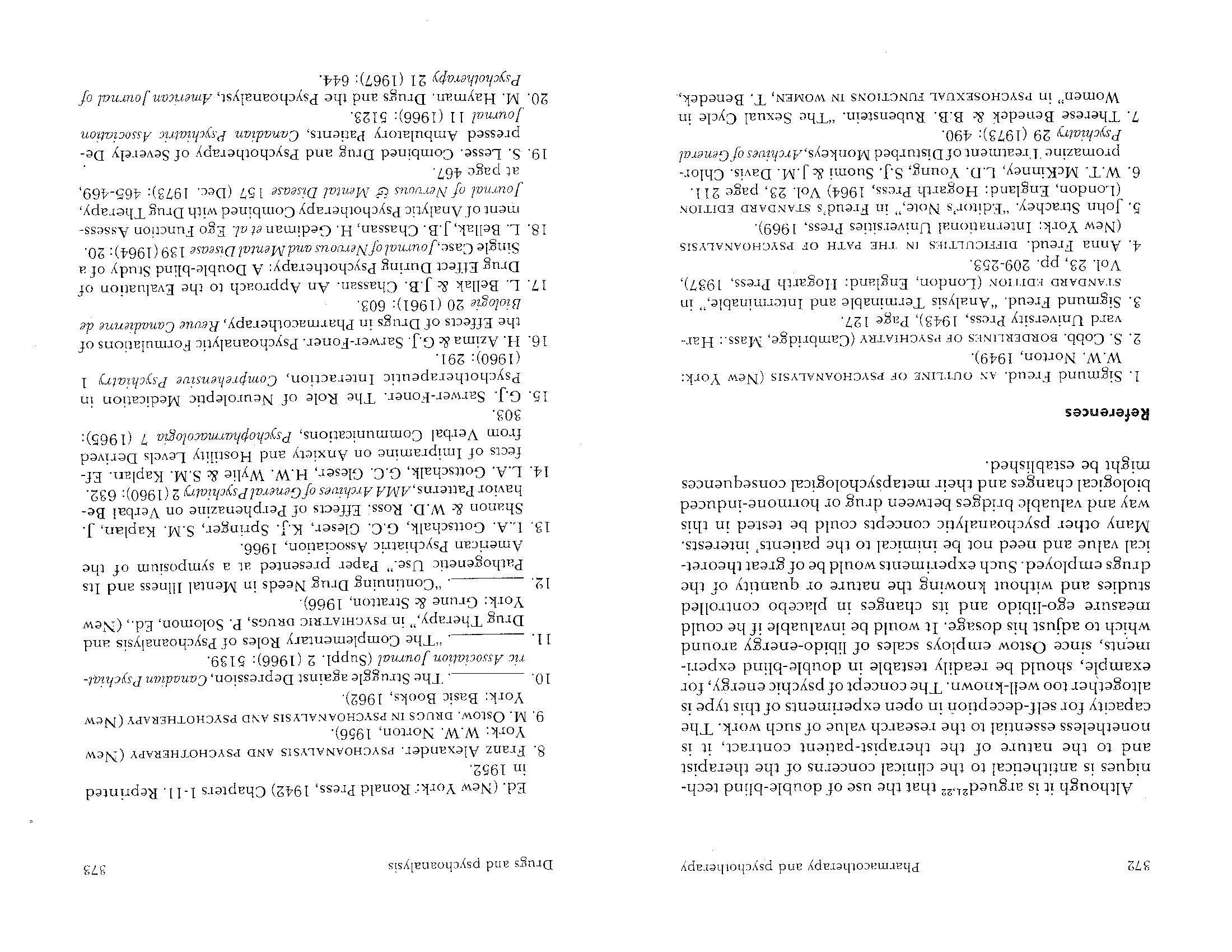
374 Pbarmacothei-apy and psychotherapi•
21. 22. M. Ostow. Method and Madness: A Critique of Current Methodology in Psychiatric Drug Research,jou.mal of New Drugs 5, ( 1965) 3. ____ . Economy in Treatment and Economy in Research, Internationaljou.rnal of Psychiatry 8 (1969: 71'1.
7
THE USE OF DRUGS IN BEHAVIOR THERAPY
The nature of behavior therapy Behc1vior therapy is a growing competitor of psychoanalysis and psychoanalytically orienLed or "dynamic" psychotherapy. As a relative newcomer to the field of psychiatry which is evolving rapidly and acquiring its own eclecticism, it merits brief historical review of its theoretical basis, practice, and claims for therapeutic efficacy. Behavior therapy is based upon theories of learning and conditioning developed by experimental psychologists. Its proponents claim that it is the only psychotherapeutic technique g·rounded in an established body of theory and empirical evidence that may be considered sound in terms of accepted canons of legitimate scientific methodology. Its more extreme advocates consider behavior therapy competitive with and even antithetical to psychoanalysis and dynamically oriented psychotherapy. The schism between these two schools of psychotherapeutic method has at times been marked by deep and passionate differences. Thus, Eysenck, 1 speaking against orthodox psychoanalysis, says The whole story of psychoanalysis is little but a repetition of the famous fairy-talc about the Emperor's new clothes. And it is curious to note that these dissenters tend to be found mostly among those who have been trained in scientific method and who have adopted psychology as their profession. There arc very few experimental psychologists or leading psychological theoreticians who accept Freudian doctrine, and the majority tend to regard it as so much beyond
375
37(i Pharmacothe1·apy and psychotherapy
the pale that they do not even consider it necessary to discuss and argue its pretensions. We thus have the curious position that psychoanalysis is widely accepted among lay people and others untrained in psychology, ignorant of experimental methods and incapable of evaluating empirical evidence. On the other hand, we have a widespread rejection of psychoanalytic claims by those knowledgeable in psyclwlogy, experienced in experimental methodology and well able to evaluate empirical findings. The most obvious hypothesis suggested by this state of affairs would seem to be that psychoanalysis is a myth; a set of semi-religious beliefs disseminated by a group of people who should be regarded as prophets rather than scientists.
Later in the same paper Eysenck gives a succinct formulation of his conception of the principles of behavior therapy:
... no scientific Lheory has ever been killed by the critic ism directed at its inadequacies; what is required is an alternative and clearly superior theory. Such a theory, in my view, is at the moment in the process of being formulated by a number of American and British writers; its theoretical background lies in Pavlovian conditioning and modern learning theory, while its practical application has been labelled "behavior therapy," to indicate its relationship to the tenets ofbehaviorism. What is maintained by this theory may be put very briefly thus. Neurotic symptoms are maladaptive actions and/or emotions which have become conditioned to certain types of stimuli. They can be removed by an appropriate process of extinction and counter-conditioning. There is no disease underlying these symptoms, and there are no complexes which produce the new symptoms should the old ones be extinguished. All that we are dealing with in a neurosis is, in fact, the symptom or set of symptoms; once they arc eliminated, the neurosis, as such, has vanished. Drugs in behavior therapy �377
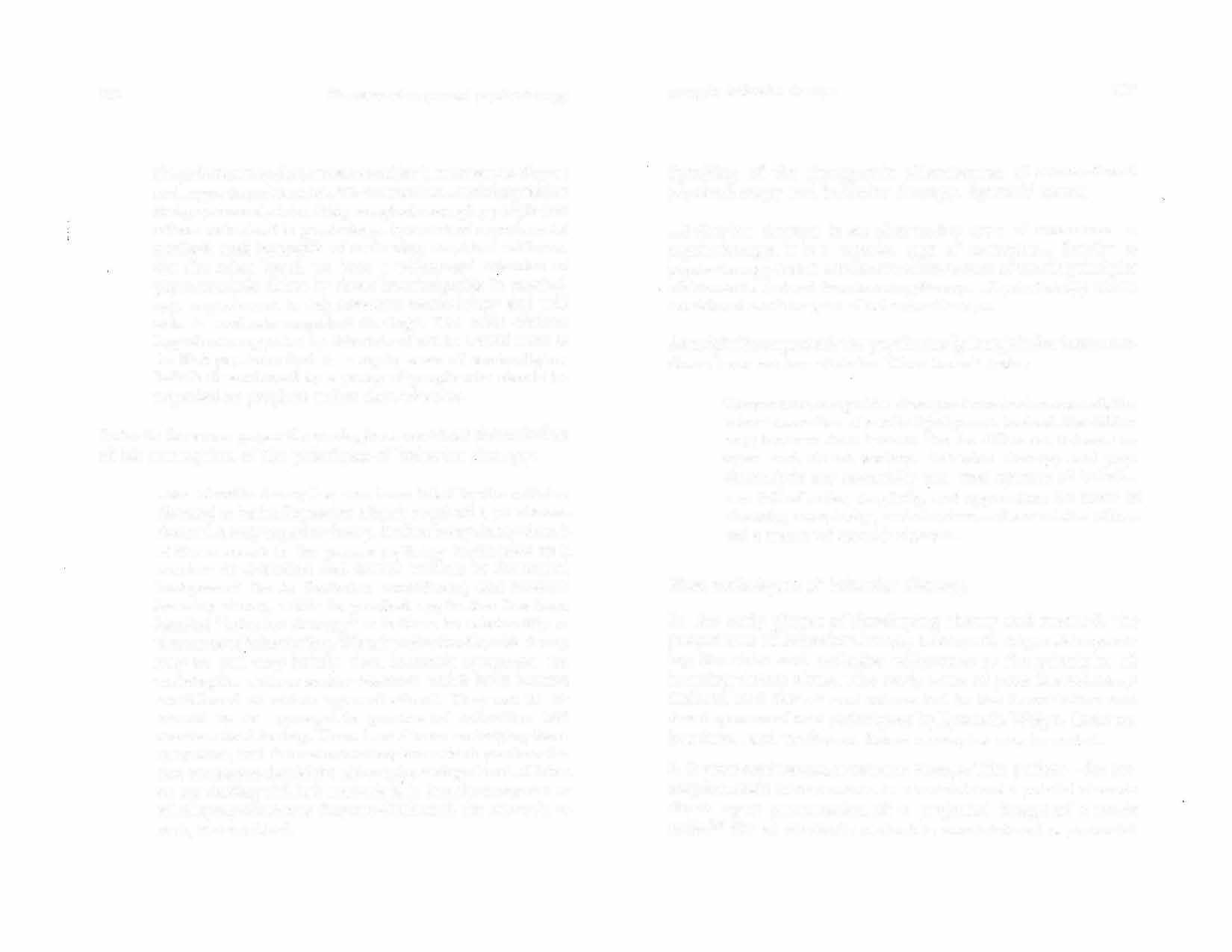
Speaking of the therapeutic effectiveness of conventional psychotherapy and behavior therapy, Eysenck2 states:
... behavior therapy is an alternative type of treatrnent to psychotherapy; it is a superior type of treatment .... Insofar as psychotherapy is at all effective it is so in virture of certain princi pies which can be derived from learning theory .... Psychotherapy can be considered a minor part of behavior therapy.
As might be expected, the psychoanalytic rejoinder has sometimes been no less vitriolic. Thus Szasz3 states:
They are not competitive therapeutic methods whose relative value is a matter of medical judgment. Instead, the difference between them is more like the difference between an open and closed society. Behavior therapy and psychoanalysis arc essentially two rival systems of beliefone full of order, simplicity, and oppression; the other of diversity, complexity , and freedom ... whose relative values are a matter of moral judgment.
New techniques of behavior therapy In the early phases of developing theory and method, the proponents of behavior Lherapy were quite dogmatic regarding the strict and exclusive adherence to the principles of learning theory alone. The early work of Jules Masscrman,4 Dollard and Miller5 and others led to the formulation and development of new techniques by Eysenck, \Volpe, Lazarus, Bandura, and Rachrnan. Some examples may be noted,
1. Counter-conditioning, or aversion therapy.
The patient-for exam pie a male homosexual-is administered a painful electric shock upon presentation of a projected image of a nude male.6'7 Or an alcoholic patient is administered a powerful

380
Pharrnacotherapy and psychotherapy
many experienced clinicians only too familiar with the persistent intractability of many neurotic conditions and the somewhat ,embarrassing rate of relapse and later return to psychotherapy may with justifiable skepticism view these outcome claims as entirely too sanguine. One plausible suspicion that immediately comes to mind concerns that of patfrnt selection; another is the adequacy of the criteria .for cure and/or improvement. Wolpe8 unequivocally states that "89% of 210 patients had either apparently recovered or were at least 80% improved in a mean of about 30 therapeutic sessions .... No case diagnosed as neurotic was refused treatment �l time was available." [Italics added.] Rachman,13 while admitting the inadequacy of follow-up studies, claims immediate outcome cure rates approaching 90% for phobic and anxiety states, and Lazarus14 reports that in his clinical work, of a sample of 126 individuals diagnosed as "extremely neurotic," 61. 9% were rated as "markedly improved" or "completely recovered" in a mean of 14.07 sessions; of 408 less severely ill patients, 78% "appeared to derive definitie and constructive benefit." Furthermore, in follow-up studies with a mean duration of 2.15 years, only one patient was considered to have "relapsed," and Lazarus goes on to say that "there was no evidence of relapse in any of the other cases. On the contrary, they appeared not only to have maintained their gains, but in certain instances, to have progressed beyond them." Outcome criterio. As to the question of outcome criteria, Lazarus proffers the following four clinical assessments: I)Does the patient appear lo be completely free from symptoms? 2)Is there evidence that the patient is able to enter into and maintain congenial interpersonal relationships? 3)Can the patient gratify his basic needs and strivings creatively and realistically?
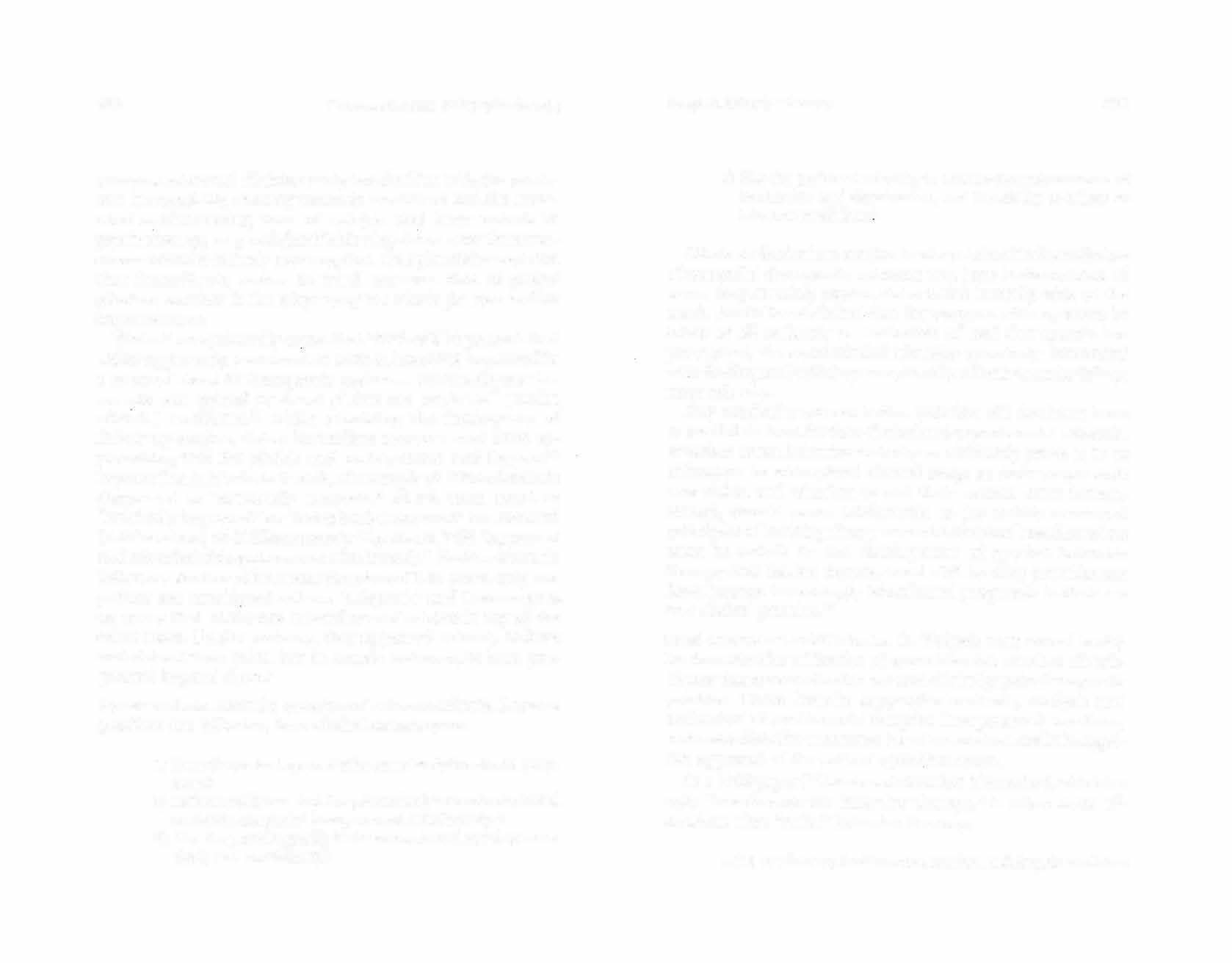
Drugs in behavior therapy 381
4)Has the patient the facility to endure a certain amount frustration and depri:va tion, and the abilit.y to adjust inimical conditions� of to
Whatever limitations and/or inadequacies this formulation of successful therapeutic outcome may have in the opinion of some, they certainly cannot claim that it is totally wide of the mark. And if the statistical data for outcome efficacy are to be taken at all seriously as indicative of real therapeutic improvement, the openminded clinician genuinely concerned with finding and utilizing an optimally effective methodology must ask whv. I Any conclusive answer to this question will doubtless have to await data from further clinical and experimental research. ·whether or not behavior techniques ultimately prove to be as dficacious in widespread clinical usage as their proponents now claim, and whether or not their success, once demonstrated, should prove attributable to the strictly construed principles oflearning theory on which they are based, one fact must be noted: In the development of applied behavior therapy over the last decade, most of its leading practitioners have become increasingly eclectic and pragmatic in their actual clinical practice. 1"
Brood-spectrum vs. strict behovior. In Wolpe's most recent book,8 he describes the utilization of a considerable number of techniques that are standard in current clinical psychotherapeutic practice. These include supportive methods, analysis and evaluation of problematic complex interpersonal situations, a _
nd even �irective measures based on mutual realistic cognit1ve appraisal of the patient's prol)lem areas. In a 1969 paper,16 Lazarus claims that his method, which he calls "broad-spectrum behavior therapy," is often more efficacious than "strict" behavior therapy: ... the routine application ofrelax.ation training, desensitiza-
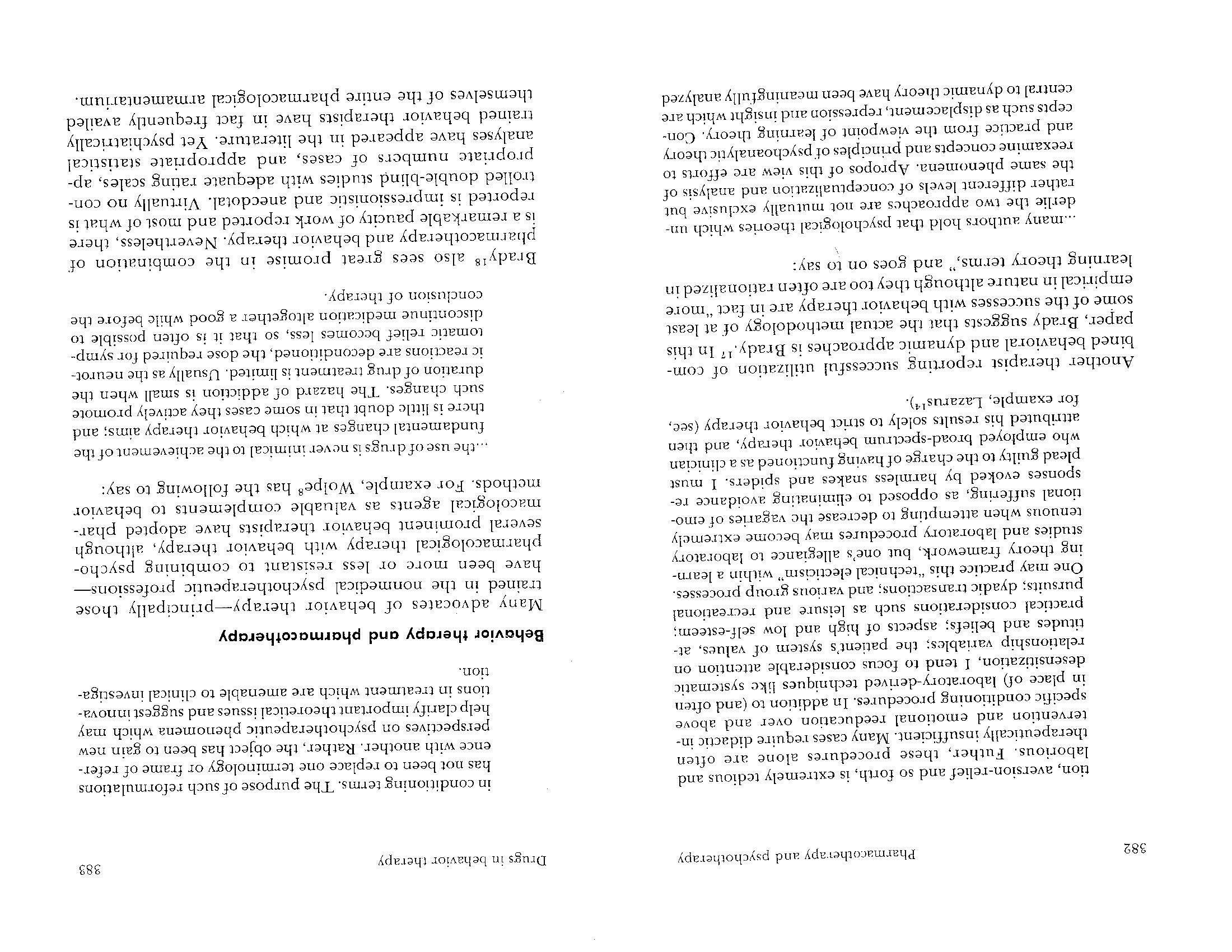
384
Pharmacotherapy and psychothe.rapy
8 Wolpereports using meprobamate (400-800 mg. qid), chlordiazepoxide (10-30 mg. tid) and one or another of the amphetamine-barbiturate combinations (bid). He also reports the use of more potent psychoactive drugs such as various phenothiazine derivatives, MAO inhibitors, and the tricyclic antidepressants, m_entioning, in addition, the use of progesterone, testosterone and codeine. As to choice of agent he states, "As every experienced clinician knows, it is trial and error that ultimately decides which drug will be effective in an individual case."8 In clinical use, behavior therapists employ drugs in at least four distinct paradigms: (1) as noxious stimuli, (2) as therapeutic adjuvants, (3) for general anxiety reduction, and (4)for immediate and long-range relief of specific target symptoms. 1. Noxious stimuli. Drugs such as apornorphine, emetine and ipecac were perhaps among the first pharmacologic agents to be used in behavior therapy.
19•20 They are administered to induce states of nausea and vomiting in patients undergoing aversion training, and have been used for treatment of sexual disorders as we 11. 20 The use of such drugs in aversion therapy has to some extent been replaced by electric shock within the past five years. The rationale for this change in technique is not based on proven differences in Lhe therapeutic effectiveness of electric shock over drugs to provide the aversive stimulus. Rather, the change is justified on t.he basis of the convenience and control offered by shock administration, and the apparent efficacy of electric shock as an aversive stirnulus in animal experimentation.21 In viev.-of the recent work of Garcia and Koclling22 and Rogin, 23 where nausea-inducing drugs were administered to animals to elicit profound tasLe aversions, it would be worthwhile to reconsider the use of these agents in aversion conditioning in man, particularly in alcohol aversion conditioning.
Drugs in behavior therapy 385
2. Therapeutic adjuvants. Brady, 24 Friedman, 2·'•26 and Fried man and Silverstone27 have used intravenous barbiturate to facilitate relaxation training in the systematic desensitization of patients with frigidity, impotence, phobias, and other conditions. A short-acting barbiturate (methahexitone sodium) is injected intravenously in a 10% aqueous solution. Here the drug acts as a means of inducing prompt, involuntary and profound relaxation in the patient. The drug is felt to facilitate relaxation, which then allows the therapist to proceed quickly with Lhe desensiti7.at.ion procedure without the usual prolonged period of relaxation training. The reported success with this technique is encouraging, but studies with placebo controls and alternative means of achieving relaxation rapidly (hypnosis?) will be required in order to ascertain whether the drug is indeed a critical-or the most efficacious-adjuvant for this purpose. The technique has received some inappropriate criticism based on animal experimentation with barbiturates. Various animal studies have shown that, in many instances, tasks learned while in a drugged state cannot be retrieved from memory when testing is carried out in a nondrugged state. Conversely, learning achieved in the normal state is frequently unavailable to the same animal while under the influence of drugs. This phenomenon has been labeled statedependent or "dissociated learning.28-30 The criticism leveled against the use of barbiturates in relaxation training is based on the belief that the dissociation of learning seen in the animal experiment will appear in the human therapy situation as well-that is, desensitization acquired while in the drug-induced state of relaxation will not persist when the patient is no longer receiving drugs: It would be dissociated, since the learning involved is presumably stare-dependent. Were this the case, the new learning acquired in relaxaLion training carried out under light-barbiturate sedation would be ineffective if the patient were exposed to similar anxietyprovoking sLimuli when not under barbiturate sedation. But,
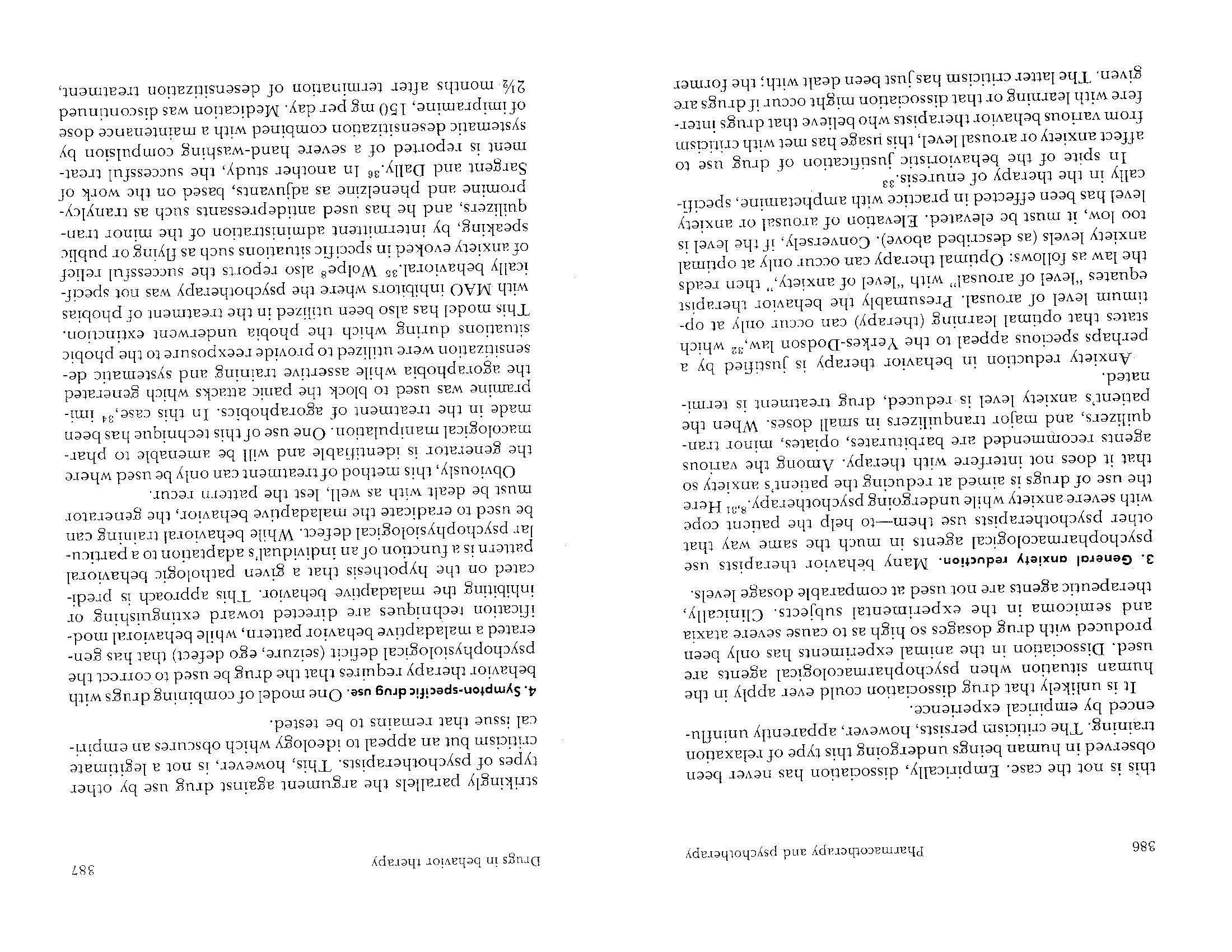
388 Phannacochera py and psychotherapy
when the patient was judged markedly improved, and at six-month follow-up she reported no reoccurrence of her compulsion.
Controlled clinical trials Even more than ·with other combinations of pharmacotherapy and psychotherapy, there is a paucity of welldesigned controlled experiments combining a form of behavior therapy with pharrnacotherapy. A recent Canadian pilot study provides some support for the efficacy of combining antidepressants-in this case phenelzine-with tec�niques of behavior therapy. In this study, subjects recejving standard behavior therapies (systematic desensitization, aver
sion conditioning, and "flooding") were com pared with others receiving phenelzine plus' brief psychotherapy or placebo pl us brief psychotherapy. All the subjects in this specific experimental group treated with phenclzine plus brief psychotherapy fared worse than the subjects treated with behavior therapy and furthermore relapsed after discontinuation of the drug. However, the authors report in their discussion that in their general clinical experience, when the drug was used in combination with behavior therapy tech
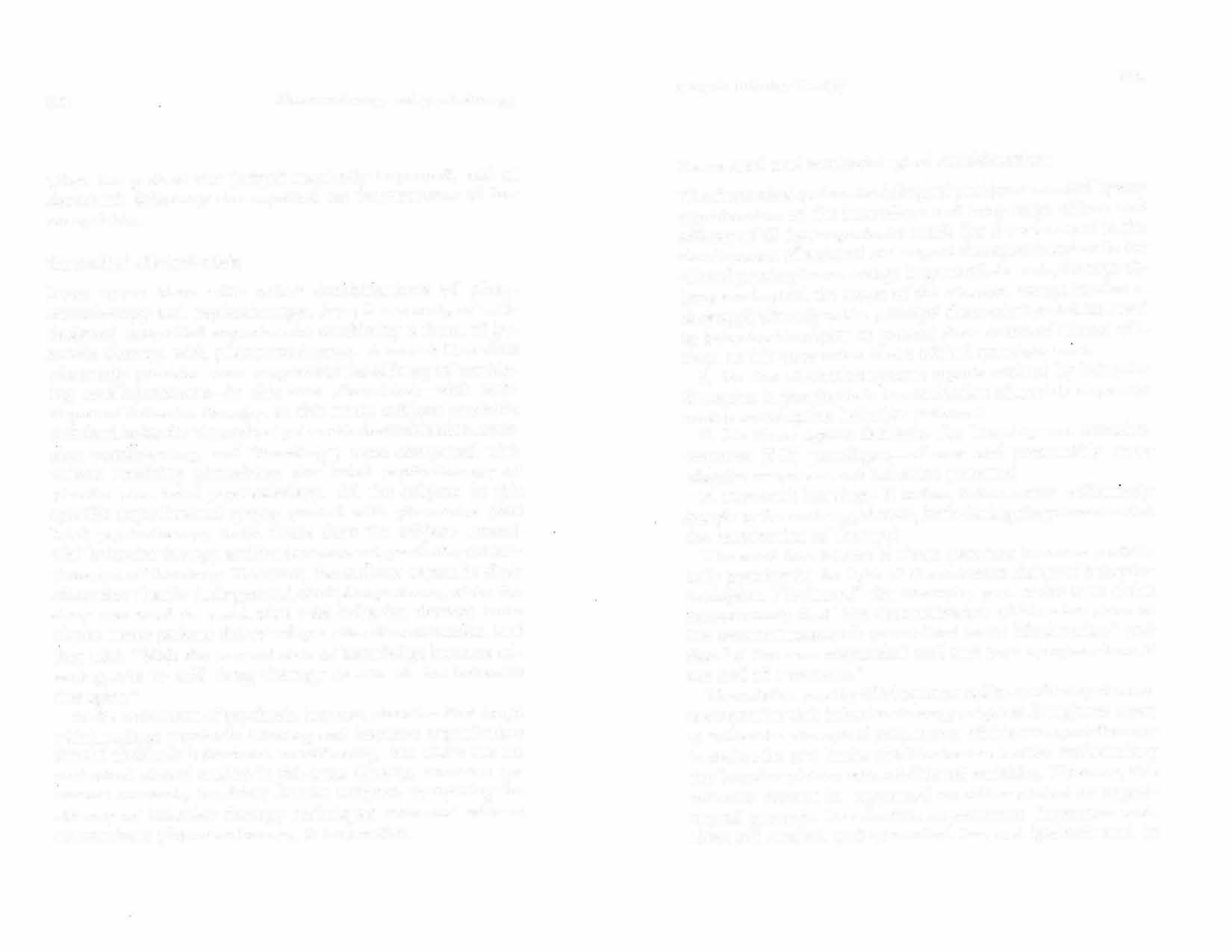
niques, many patients did not relapse after discontinuation., and
they add: "With the present state of knowledge it seems advantageous to add drug therapy to one of the behavior therapies." Iri the treatment of psychosis, it seems plausible that drugs which reduce psychotic thinking and improve organization should facilitate behavioral conditioning, but there are no controlled clinical studies in this area. Clearly, extensive systematic research, in vol vi ng human subjects, corn paring the efficacy of behavior therapy techniques with and without concomitant pharmacotherapy, is imperative. Drugs in behavior therapy
389
Theoretical and methodological considerations The theoretical and methodological problems revealed by any consideration of the immediate and long-range effects and efficacy of all these agents are much like those �nvolved in the development of a sound and cogent therapeutic rat10nale for clinical psychopharrnacology in general. As such, these problems are beyond the scope of this chapter, except 111sofar as they apply directly to the principal theoretical poswla _
tes us:_ � by behavior therapists to ground their chums of clnucal eff1c�cy. In this connection three _ critical que�t!ons anse: _ .1. Do the chemotherapeutic agents utilized by behavior therapists in fact facilitate the extinction of anxiety responses and/or maladaptive behavior patterns? 2. Do these agents . _ facilitate the learnrng-on stimulusresponse (S-R) paradigms-of new and presumably more adaptive responses and behavior patterns? 3.Docs such learning-if i.n fact, it does occur-effecnvcly tranJfer to the undrugged state, both during the process and at the termination of therapy? The need for answers to these questions becomes particularly pressing in the light of the outcome claims of behavior therapists. Friedman,25 _for example, goes so far as to claim unequivocally that "the desensitization which takes place at the treatment session is generalized to the life situation," and that "all the cases responded well and were symptom-free at the end of treatment."
The relative paucity of adequate studies combining chemotherapeutics with behavior therapy might at first glance seem to reflect the auem pt of proponents of this emergent therapy to define its own limits of effectiveness before confounding the broader pictLire with additional variables. However, this rationale cannot be supported on either clinical or experimental grounds. In scientific experiments, _ ables are studied and controlled important va1:ifor, not ignored; and m
390 Pharrnac:mhcrapy and psychother·apy
clinical practice, chemotherapy has had too evident a success to allow for indifference37 There are other constraints preventing the widespread systematic use of drugs in combination with behavioral techniques. The first constraint originates in the behavioristic tradition from which behavior therapy is said to derive its theoretical basis.8 The only legal cur-rency in strict behaviorism is the observable response; experimental observations and inferences which are not directly definable in terms of this currency are not acceptable for study.8 This stand rniliLates against the use of rnentalistic concepts such as emotion or introspection and discourages the use of the intervening variable or mediating hypothesis; these are seen as nones�ernial factors and therefore as unmarketable commodiLies in the system. Despite professed allegiance to this theorCLical bias, some behavior therapists have engaged in black rnarketeering as indicated earlier, by using the forbidden currency in various denominations such as the patient's emotions, mental imagery, and other unobservable mentaliscic phenomena. They have been duly admonished for this,38 but the serious clinical limitations imposed by a strict behavioristic approach keep chem from trading exclusively with the legal currency. Although all behaviorists (e.g., Hull, Tolman) have not taken such an extreme position, currently the most. prevalent behavioristic paradigm (i.e., Skinner's) fosters and demands an empLy organismic approach in the analysis of clinical phenomena. All that is acceptable for the analysis of behavior is an accurate "objective" description of the environmental contingencies that can modify the rate at which tbe observed response or behavior is emitted. No attention is paid to the experientially significant, nonquantitative aspects of the events generating the behavior-that is, etiology. There is no concern abou� th� adaptive role of a particular behavior pattern, and subjective mental events arc simply not to be considered. Behavior, being the dependent variable in the

Drugs in behavior therapy 391
experimentalist's eq uacion, is seen as being a dependent causal consequent-the result of competing stimuli (internal and external) which control the individual. Drugs can have only a very limited function in this empty, passive organism which serves such behaviorists as their theoretical and experimental model. Drugs can be a stimulus which the organism discriminates, or they can be a means whereby organismic states are manipulated to change the reinforcing value of environmental stimuli (e.g., druginduced thirst makes water a potent reinforcer). Intraorganismic processes, by convention, do not exist or are not important. Therefore, drugs cannot be used co affect them. Pharmacotherapeutics, as it is understood in the field of medicine, cannot be readily integrated into a treatment regimen which denies the relevance of intervening psychophysiological processes. Ac best, drugs can be used here only as stimuli, or as adjuvants or facilitators for various learning programs. The orthodox behavioristic approach, as mentioned earlier, is often overlooked in the clinical setting. Drugs are used and presumably will continue to be used in combination with beha_vior therapy. This is not unacceptable from a scientific standpoint. Data generated from within the behavioristic tradition itself are beginning to force its advocates to a realization that intraorganismic v·ariables are significant and may necessitate a reconsideration of previously enunciated "laws of the analysis of behavior" even though they cannot be specified in terms of the system as it is now proposcdY9·40 Perhaps clinical observation in the behavioral therapy setting will speed along this much needed reappraisal. Even ifthis theoretical problem is solved, there remains one further and perhaps more obdurate constraint to the development of techniques of combined drug and behavior therapy. This problem is a delicate and complicated one. Although some of the leaders in the field are physicians, the
392 Ph,irmacotherapy and psychotherapy
vast majority of clinicians and researchers exploring the use of behavioral techniques in psychotherapy are clinical psychologists, not physicians. By virtue of their professional training, they are frequently reluctant-and are not licensed-to use chemotherapeutic agents. Those who do wish to do so must therefore cooperate with a medically trained colleague. This restriction need only be pointed out here, but it forces us to be aware of the practical, ·economic and professional problems it creates. It is useless for nonmedically trained th era pis ts to ignore this problem by resorting to empty organismic behaviorism. Furthermore, solutions to the problem will not be uncovered by ill founded attacks on the medical model. Yet failure to solve it might well sterilize the future of behavior therapy. Finally, it must be mentioned here that behavior therapy is not alone in grappling with problems just presented. These interprofessional issues probably lie at the heart of many so-callect theoretical debates about the utility of chemotherapeutic agents in all fields of psychotherapy. Rigorous clinical trials needed Behavior therapists make impressive claims for favorable clinical results, emphatically disavowing the occurrence of symptom substitution. Many dynamically oriented clinicians level the charge of superficiality at behavior therapists and demand further validation before accepting the results. Nevertheless, behavior therapy is grounded in a theory and uses a method of treatment which only the most dogmatically prejudiced psychotherapeutic practitioner could dismiss out of hand. · Few behavior therapists are strongly opposed to Lhe use of psychotropic drugs along with their psychological tech niq ucs, rather, most tend to ignore them. The literature examined here, while somewhat inconclusive, and even contradictory in some respects, would seem to support the claims of those [ew
Drugs in behavior therapy :193
behavior therapists who support the utility of chemotheraP:utic agents as adjuvants to behavior modification techrnques. Certainly, work in psychophysiology such as that of Olds4L42 Olds, Killam and Eiduson,43 Olds and Milner44 and Neal Miller,45 to cite only a few studies, indicates separate though interacting systems of drive, reward and punishment, and definite pharmacologic specificities at various areas of diencephalon, limbic system, neocortex and reticular activating system, strongly supporting the hypothesis that appropriate chemotherapy could be a highly potent tool in promoting constructive learning-and constructive extinction. More important, however, is the urgent need for further rigorous clinical research in this area. Given the present state of our knowledge and the manifold problems which beset the mental health worker, an eclectic, pragmatic and syncretistic attitude would seem to be the wisest approach.
References
1.H.J. Eysenck. Psychoanalysis-Myth or Science? lnqui
1y
4 2. (1961): 1. Published by Universitetsforlaget, Oslo, Norway. ----·· B.:HAVIOR THERAPY AND THE c':EUROSES (Oxford,
. 3. England: Pergamon Press, 1960). T. Szasz. Behavior Therapy and Psychoanalysis Medical Opinion &
Review,
196 7. 4.J. _ Masserman. BEHAVIOR AND .of Chicago Press, 1943).
NEUROSIS (Chicago, Ill.: University
5.J Dollard & N.E. Miller. PERSONALITY AND PSYCHOTI-n:RAPY 6. (New York: McGraw-Hill, 1950). S. Rachman & JD. Teasdale. "Aversion Therapy," in
ASSESSMENT AND STATUS OF THE BEHAVIOR THERAPIES A�D ASSOC!ATr,O DEVELOPMENTS, McGraw-Hill, 1968). C.L. Franks, Ed. (New York:
7. J. Wolpe. PSYCHOTI-H:RAPY BY RECTPROCALJNHIBITJON (Palo Alto: Stanford University Press, 1958).
394 Pharmacotherapy and psychotherapy
8.-----· THE PRACTICE OF BEHAVIOR THERAPY (Oxford, Eng9. 10. 11. land: Pergamon Press, 1969). E. Jacobson. PROGRESSIVE RELAXATION (Chicago, 111: L'niversity of Chicago Press, 1938). A. Bandura. Psychotherapy as a Learning Process, P.l_yc:hological Bulletin 58 (1961): 143. J. Burchard & V. Tyler. The Modification of Delinquent Behavior through Operant Conditioning, Beha.1ior Research & Therapy 2 (1965): 245.
12.T. Allyon & N. Azrin. TOKEN ECONOMY: A MOTIVATIO:--:IAL SYSTEM FOR THERAPY AND REHABILITATION (New York: AppletonCentury-Crofts, 1968). 13.S. Rachman. SLudies in DesensiLization. I: The Separate Effects of Relaxation and Densitization, Behavior Research & Theraj)y 3 (1965): 245. 14.A.A. Lazarus. The Results of Behavior Therapy in 126 Cases of Severe Neurosis, Behavior Research & Theraj;y 1 (1963): 69. 15.R.B. Sloane. Behavior Therapy and Psychotherapy: Integration or Disintegration, Arnericanjournal of Psych.otherajJy 23 (1969): 473. 16.A.A. Lazarus. Behavior Therapy and Graded Structure, International Psychiatry Clinics 6 ( 1969): 134. 17.J.P. Brady. Psychotherapy by a Combined Behavioral and Dynamic Approach, Comprehensive Psychiatry 9 (1968): 536. 18.-------· "Drugs in Behavior Therapy," in PSYCHOPHARMACOLOGY A RF.VrEW OF PROGRESS. 1957-1967, D.H. Efron, Ed., PHS Pub. No. l 836 (Washington, D.C.: U.S. Govt. Ptg. Ofc.,1968),page271. 19.C.M. Franks. Conditioning and Conditioned Aversion Therapies in the Treatment of the Alcoholic, International f o'Urnal of the Addictions 1 (1966): 61. '20. S. Rachman & J. Teasdale. AV1•:RSJON Tl!ERAPY AND BFl!Av1nK DlSORDERS (London, England: Routledge & Kegan, I 969). 21.S. Rachman. Aversion Therapy: Chemical or Electrical, 13 ehavior Research & Therapy 2 ( 1965): 289. 22.J. Garcia & R.A. Koelling. A Comparison of Aversions Induced by X-rays, ·roxins, and Drugs in the Rat, Radiation Researr:h Supplement 7 (1967): 439. Drugs in behavior therapy 395
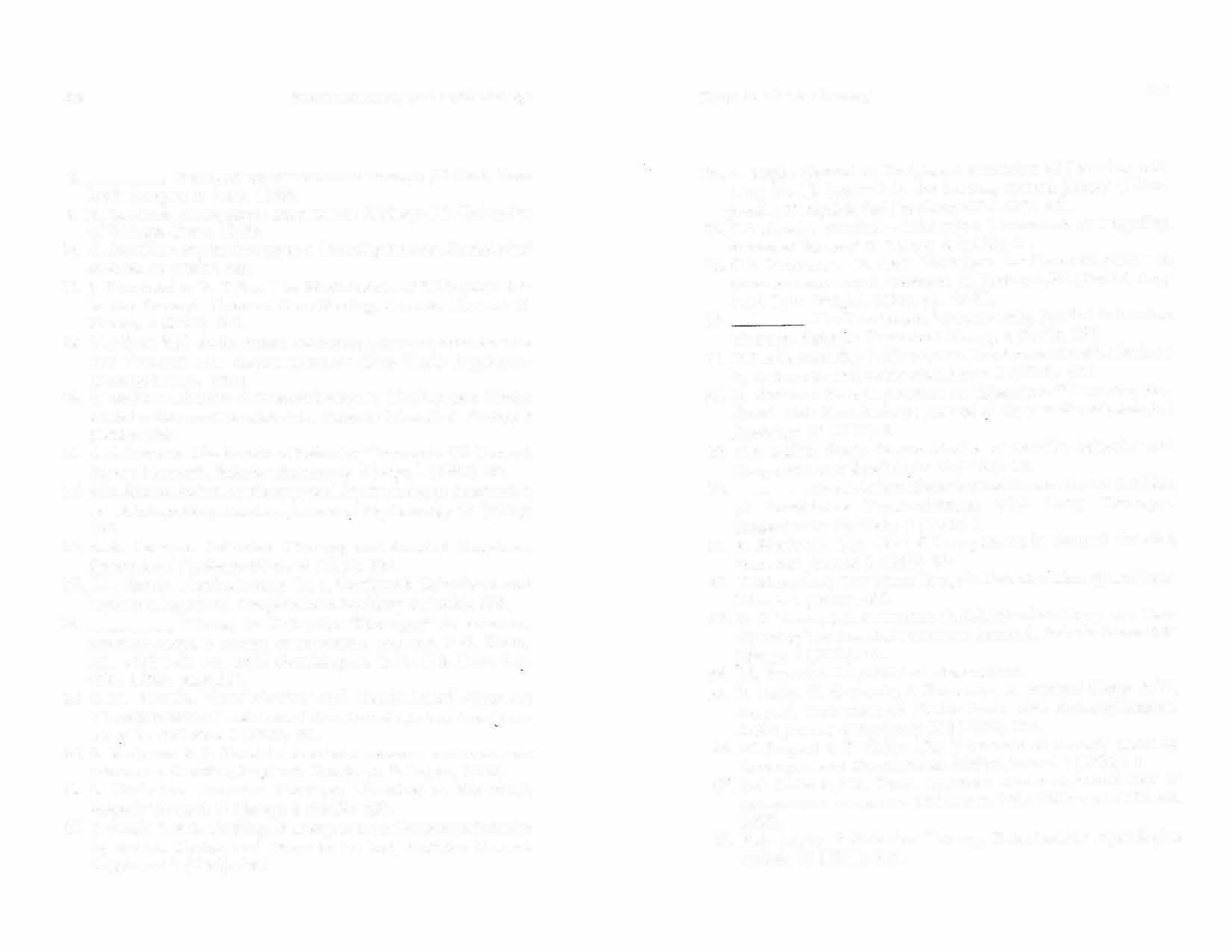
23. 24. 25. P. Rogin. Central or Peripheral Mediation of Learning with Long CS-US Intervals in the Feeding System,journal of Comparative & Physiological Psychology 67 ( 1969): 421. J.P. Brady. Brevital-Relaxation Treatment of Frigidity, Behavioral Research & Therapy 4 (1966): 71. D.E. Friedman. "A New Technique for Desensitization," in
PROGRESS IN tlEHA vIOR TlffR.APY,
H. Freeman, Ed. (Bristol, England: John Wright, 1968), pp. 44-50. 26. · . The Treatrnentofimpotence by Brevital Relaxation Therapy, Behavior Resr1arch & Therapy 6 (1968): 257. 27.D.E. Friedman &.J.T. Silverstone. Treatment of Phobic Patients by Systematic Desensitization, Lancet l (1967): 470. 28.D. Overt.on. State-Dependent or "Dissociated" Learning Produced with Pentobarbital journal of Comparative Physiologi.cal Psyclw/;;g;, 57 (1964): 3. 29.N.E. Miller. Some Recent Studies or Conflict Behavior and Drugs, Arneriwn Psycholo ,l!;ist 16 (I 96]): 12. 30.____ . Some Animal Experiments Pertinent. r.o the Problem of Combining Psychotherapy with Drug Therapy, Comprehensive Psychiatry 7 ( 19 6 6): 1. 31.B. Blackwell. The Use of Tranquilizers in General Practice, Prescribers]ournal 9 (1969): 29. 32.T. Silverstone. The Use of Drugs in Behavior Therapy, Behavior Therapy l (1970): 485. 33.G. C. Young & R.K. Turner. C.N.S. Stimulant Drugs and Conditioning Treatment of'-/ octurnal Enuresis, Behavior Research & Therapy 3 (1965): 93. 34.JS. Brandes. Unpublished observations. 35.D. Kelly, W. Guirguis, E. Frommer, N. Mitchell-Heggs & W. Sargent. Treatment of Phobic States with Anti-depressants, Britishfournal of Psychiatry 116 (1970): 387. 36.W. Sargent. & P. Dally. The Treatment of Anxiety States byAntidepressant Drugs, Brilish M edica.l J ourna.l I (1962): 6.
37.D.F. Klein & J.M. Davis. DIAG:S.os1s AND DRuG TRFAT?,,!ENT OF
PSYCHIATRIC DISORDERS 38. (Baltimore, Md.: Williams & Wilkins, I 969). E.A. Locke. Is Behavior Therapy Behavioristic? Psychological Bulletin 76 (1971): 318.
396 Pharmacotherapy and psychnrherapy
39. 40. 41. 42. 43. 44. 45. K. Breland & M. Breland. The Misbehavior of Organism, American Psychologist 16 (1961.): 681. D.K. Williams & H. Williams. Auto-Maintenance in the Pigeon: Sustained Pecking Despite Contingent. Non-Reinforcement, Journal of Experir�ntal Analysis of Behavior 12 ( 1969): 511. J. Olds. Self-Stimulation of the Brain Used as a Screening Method for Tranquilizing Drugs, Science 124 ( 1956): 265. ____ . Self-Stimulation of the Brain, Science 127 ( 1958): 315. J. Olds, K.F. Killam & S. Eiduson. "Effects of Tranquilizers on Self-Stimulation of the Brain," in PSYCHOTROPIC DRUGS, Carattini & Ghetti, Eds. (Amsterdam: Elsevier, 1957). ]. Olds & P. Milner. Positive Reinforcement Produced by Electrical Stimulation of Septa! Area and Other Regions of Rat Brain,Journal of Comparative & Physio/.()gicalPsydwlugy 4 7 ( 1954): 418. N.1<:. Miller. Visceral Learning and Ocher Addit.ional Facts Potentially Applicable to Psychotherapy, International Psychiatry Clinics 6 ( 1969): 294.
8
RESEARCH DESIGN FOR COMBINED PHARMACOTHERAPY AND PSYCHOTHERAPY TRIALS
The practice of combining two psychiatric treatments usually reflects the therapist's dissatisfaction with either treatment administ.ered alone, as well as the hope that the combination will yield greater benefo. This therapeutic maneuver often sterns from the favorable experience of a fev., 'clinicians, sometimes a single clinician. The clinical observations of the new treatment course may generate pilot work, and if pilot results prove promising, may spark and give shape to systematic hypothesis-testing studies. The clinical gains from combined treatments may reflect either an additive or an interactive treatment effect. In the additive model, each treatment has a therapeutic effect; both together induce a total effect equal to the sum of the simple effects. In the interactional model, the therapeutic benefit of the combined treatments diff ers from (hopefully exceeds) the sum of the simple treatment effects, or is qualitatively distinct from the uncombined sim pie effects. The most dramatic illustration of an interactive effect would occur where eac.h treatment alone was ineffective, but the combination produced improvement. This situation is not altogether unlikely. In the treatment of agoraphobic patients, antidepressants have been reported useful in forestalling panic attacks. However, patients so medicated are frequently left with severe anticipatory anxiety over the possibility of an
Pharmacotherapy and psyr.hotherapy
impending panic and therefore still cannot _ leav� the house _
on their own. On the other hand, when direct1ve-support1vc psychotherapy is attempted without the assistan�e o'. antidepressants, panic attacks often continue and the pauen
to progress. Yet when antidepressants are _ t 1s unable com�mcd _directive-supportive psychotherapy, agoraphobic with _
patients often quickly regain the ability to travel alone. Thus, tf traveling unaccompanied were the specified therapeutIC _
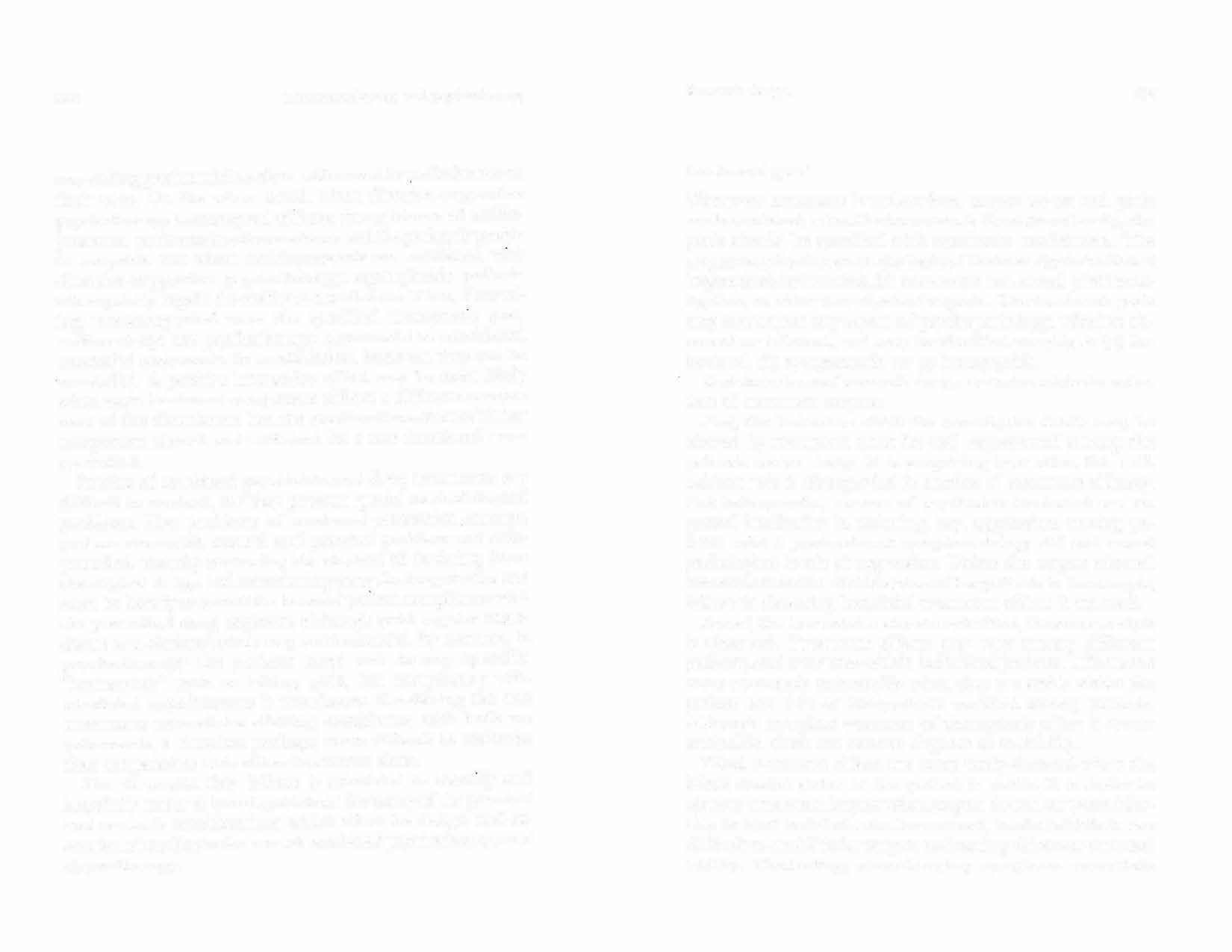
goal, neither drugs nor psychotherapy alone could be considered successful treatments. In combination, however, they can be successful. A positive interactive eff ect may be most likely when each treatment component affects a different component of the disturbance but the ameliorative effect of either component alone is not sufficient for a new functional reorganization. Studies of combined psychiatric and drug treatments �re difficult to conduct, for they present special mcthodolog1cal problems. New problems of treatrne _
nt _interaction emerge, and measurement, control and practICal problems are compounded, thereby increasing the chances of deviatin? from the original design and introducing error. In drug s�ud1es o _
ne must be keenly aware of the issue of patient compliance with the prescribed drug regimen, although st:ict regular atte:1dance to a clinic schedule rnav not be cruCial. By contrast, m psychotherapy the patien� need not do any speci�·ic "homework" such as taking pills, but compliance with scheduled appointments is mandatory. _
Combii:ing the two treatments necessitates eliciting compliance with both requirements, a situation perhaps more difficult to maintain than cooperation with either treatment alone. The discussion that follows is calculated to . identify and hopefully set forth broad guidelines for many of t!1e practical and research considerations which affect the design and execution of studies in the area of combined psychotherapy and chemotherapy.
Research design 399
Treatment goals \Vhenever treatment is undertaken, targets are set and goals are formulated; when the treatment is the object of study, the goals should be specified with maximum explicitness. The targets may be chosen on the basis of the investigator's clinical impressions or hunches, his own more structured pilot investigation, or other investigators' reports. The treatment goals may encompass any aspect of psychopathology, whether observed or inferred, and may be classified roughly as (a) behavioral, (b) symptomatic, or (c) intrapsychic. Certain axioms of research design are relevant to the selection of treatment targets: First, the behaviors which the investigator thinks may be altered by treatment must be well represented among the patients under study. lt is surprising how often this selfevident rule is disregarded in studies of treatment efficacy. Kot infrequently, courses of psychiatric treatment are reported ineffective in reducing, say, aggression, among patients whose pretreatment symptomatology did not reveal pathological levels of aggression. Unless the targets selected are relevant to the clinical status of the patients in the sample, failure in detecting beneficial treatment effects is assured. Second, the less variable a treatment effect, the more easily it is observed. Treatment effects may vary among different patients, and over Lime ·within individual patients. Effects arc more accurately measurable when they arc stable within the patient and free of idiosyncratic variation among patients. Although complete evenness of therapeutic effect is never attainable, there are relative degrees of variability. Third, treatment effects are more easily detected when the initial clinical status of the patient is stable. It is easier to observe treatment impact when targets do not vary com,iderably or tend to deteriorate. In contrast, treatment eff ects are difficult to establish for targets such as impulsiveness or mood lability. Fluctuating, ever-changing symptoms necessitate
100
Pharmac.othcrapy and psychotherapy
close long-term observation prior to and during treatment and therefore present serious practical difficullies unless one studies standard deviations of rnood over time. Fourth, the more quickly a treatment effect appears, the easier it is to detect. Whenever possible, the investigator should anticipate the length of time each treatment will require for effect. This formulalion, if made before initiation of the study, would prevent the selection of targets that demand lengthy unrealistic prqjects. Germane to the issue of time-related changes is the issue of contingent goals or goals that change as treatment proceeds. In psychotherapy, there usually is a sequence oftargcts rather than a single final goal. Further, the attainment of a subsidiary goal may indicate a change in treatment tactics. This is not as clearly the case for chemotherapy as it is for psychotherapy, although analogous conditions may occur. For instance, the acute schizophrenic may initially require large doses of phenothiazines, followed by a progressively lower dosage to a prophylactic maintainance level, accompanied by the introduction of an antidepressant. Such complicated treatment sequences obviously multiply study difficulties and necessitate careful preplanning. Fifth, in the study of combined treat men ts, the specification of treatment targets must take into consideration the fact that each treatment may have different targets. Care muse be taken that the targets relevant to each treatment arc isolated from the others and taken account of at outcome. The omission of one or more of the effects of one treatment may bias the results in favor of the treatment, all of whose effects were measured. Criteria other than that of clinical change may also be relevant to the study of efficacy. For example, patients in different treatment regimens may vary ,,vith regard to attrition rate. Interactive effects may also influence attrition rates. Or it is possible that even if only one of the two treatment com po-
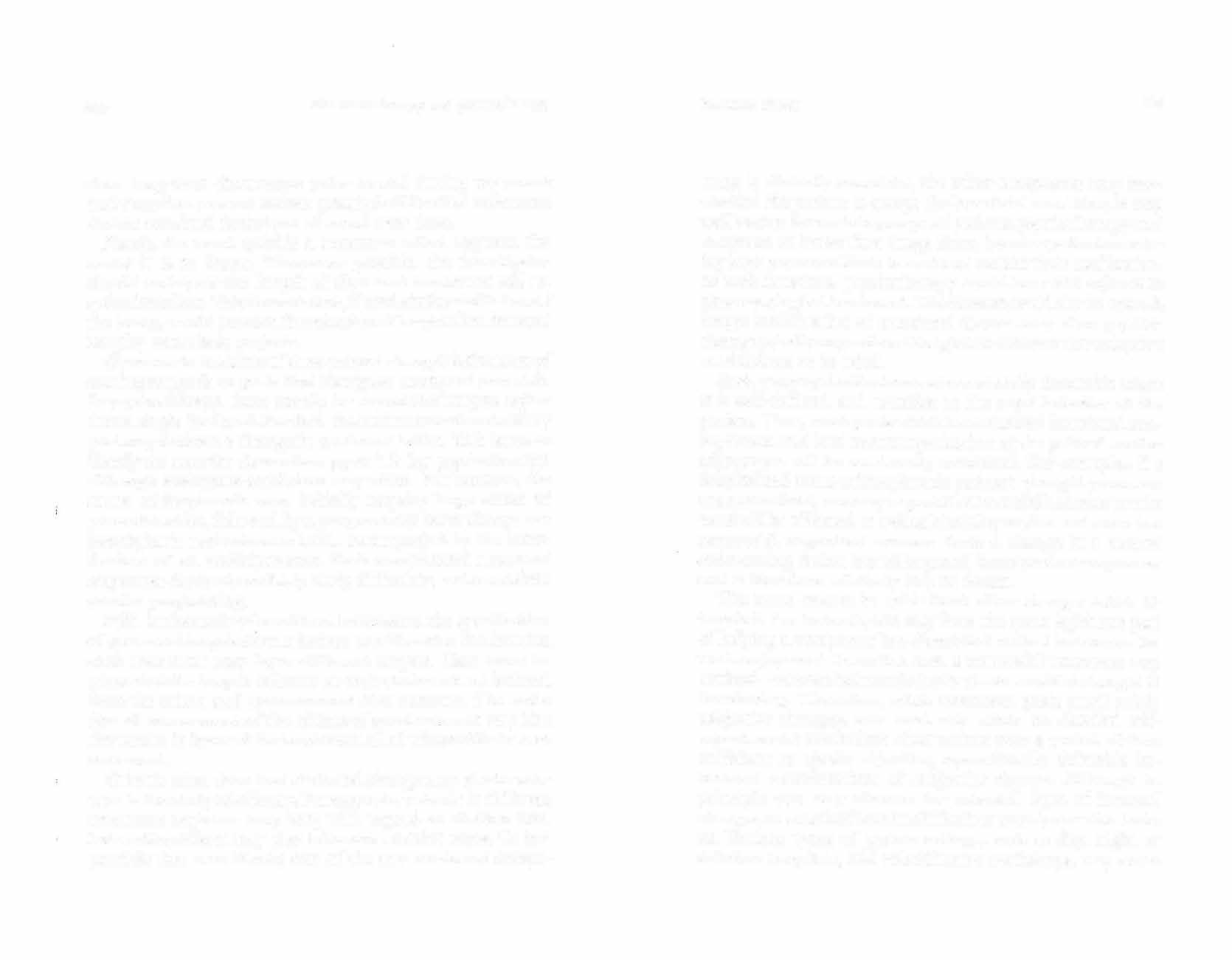
Re�earch dcsig11 40]
nents is clinically beneficial, the other component may have enabled the patient to accept the beneficial one. Thus, it may well be that for certain groups of patients psychotherapy and drugs are no better than drugs alone, but that patients receiving both are more likely to continue to take their medication. In such situations, psychotherapy would be a vital adjunct to pharmacological treatmcm. The reverse could also be true. A drug's modification of emotional distress may allow psychotherapeutically engendered insights to occur or new adaptive mechanisms to be tried. Sixth, treatment effectiveness is most easily detectable when it is well-defined and manifest in the overt behavior of the patient. Thus, treatments which have marked functional consequences and lead to a reorganization of the patient's entire adjustment will be most easily measured. For example, if a hospitalized acute schizophrenic patient's thought processes are normalized, one may expect that his social behavior on the ward will be affected, as well as his ability to plan and move in a sequential, organized manner. Such a change in a central determining defect has widespread functional consequences and is therefore relatively easy to detect. The same cannot be said about other changes often atte�n ptecl. For instance, one may have the quite legitimate goal of helping· a competent but dissatisfied patient to increase his work enjoyment. In such a case, a successful treatment may not lead-or even be intended to lead-to manifest changes in functioning. Therefore, when treatment goals entail subtle sul�jective d1dnges, one must rely either on detailed selfreports or on meticulous observations over a period of time sufficient to obtain objective, operationally definable behavioral manifestations of subjective change. Although in principle one may observe the external signs of internal changes, in practice it can be difficult or even impossible to do so. Various types of patient settings, such as day, night or full-time hospitals, and rehabilitative workshops, may make
402
Pharmac:otherapy and psychotherapy
possible the necessary continuous, intensive and systematic observation of patient behavior over the long term. Unfortunately, among outpatient populations seen exclusively via office treatment, one must rely on patients' or informants' reports, or on inferences drawn from interview behavior.
Measurement of treatment effects To go back to our patient "successful but dissatisfied in his work," we might establish at initiation of treatment that. on weekdays he has difficulty getting up in the morning, has no appetite for breakfast, feels irritable, and is easily provoked. Further, we might find that he has difficulty keeping staff working for him. The list of his interpersonal and other difficulties might be extended indefinite.ly. To quantify the observable manifestatioµs of internal distress, one might assume that the difficulties enumerated are secondary to the patient's work dissatisfaction and devise specific measures of such secondary effects. However, rarely is there any wholly reliable empirical basis for ascertaining precisely which observable symptoms are in fact causally secondary to the hypothesized central problem. To complicate matters, secondary symptoms often gain functional autonomy, so that even the relief of their inciting cause may not result in apparent change. Thus, in the absence of empiricial data indicating specific causal sequences of difficulties, the investigator must rely on a priori clinical assumptions. In such a context, targets have to be varied and should cover the widest possible range to insure that the relevant symptoms are included. Difficulties are encountered in this schema when treatment effects cannot be discerned. There is no way of being sure that the treatment was indeed ineffective, since the investigator may have failed to pay attention to the relevant behavioral cues. However, the burden of proof is properly on those who claim therapeutic effectiveness. As mentioned, a large
Research design 403
number of treatment measures is the best protection against such a problem although this in turn creates other methodological problems such as the need for large samples. This entire chapter is concerned with change measurement in a broad sense, and this section deals briefly with some obvious considerations of measurement. A great deal more needs to be said about statistical problems in studies of clinical change, which are treated elsewhere in the literature.1-3 In quantifying the clinical targets, the measurements must obviously be ta�lored to the targets selected, and the more likely the target 1s to be behavioral in character, the simpler the measurement. Ideally, the measures selected should have prior validation in pilot work to insure their relevance to the psychopathology under study. In studying psychotherapy, measurement accuracy for �oth patient report and therapist behavior can be greatly increased by the use of audiovisual recording apparatus or videotapes, which also makes the use of an independent ass�ssment team a relatively simple matter. Evaluation of patient status by professionals not involved in the treatment process is particularly useful for the evaluation of psychotherapy effects, since the patient's and therapist's opinions of progress are not independent or necessarily valid. Further, a1;1diovi _ sual recordings may be replayed until expert consensus 1s achieved and the cues upon which clinicaljuclgment is based are explicated accurately.4•5 Another issue concerns the use of instruments such as psychological tests, especially the so-called projective tests, which are not tailored to specific targets but seem to reflect important aspects of intrapsychic processes. Data obtained so far wil11 projective methods, and with intelligence tests as well, indicate that these measures are not reliably sensitive to clinical _ change. Ma�y psychological tests have face validity for vanous personality constructs, but assumed face validity is not sufficient to justify the use of an instrument for purposes of
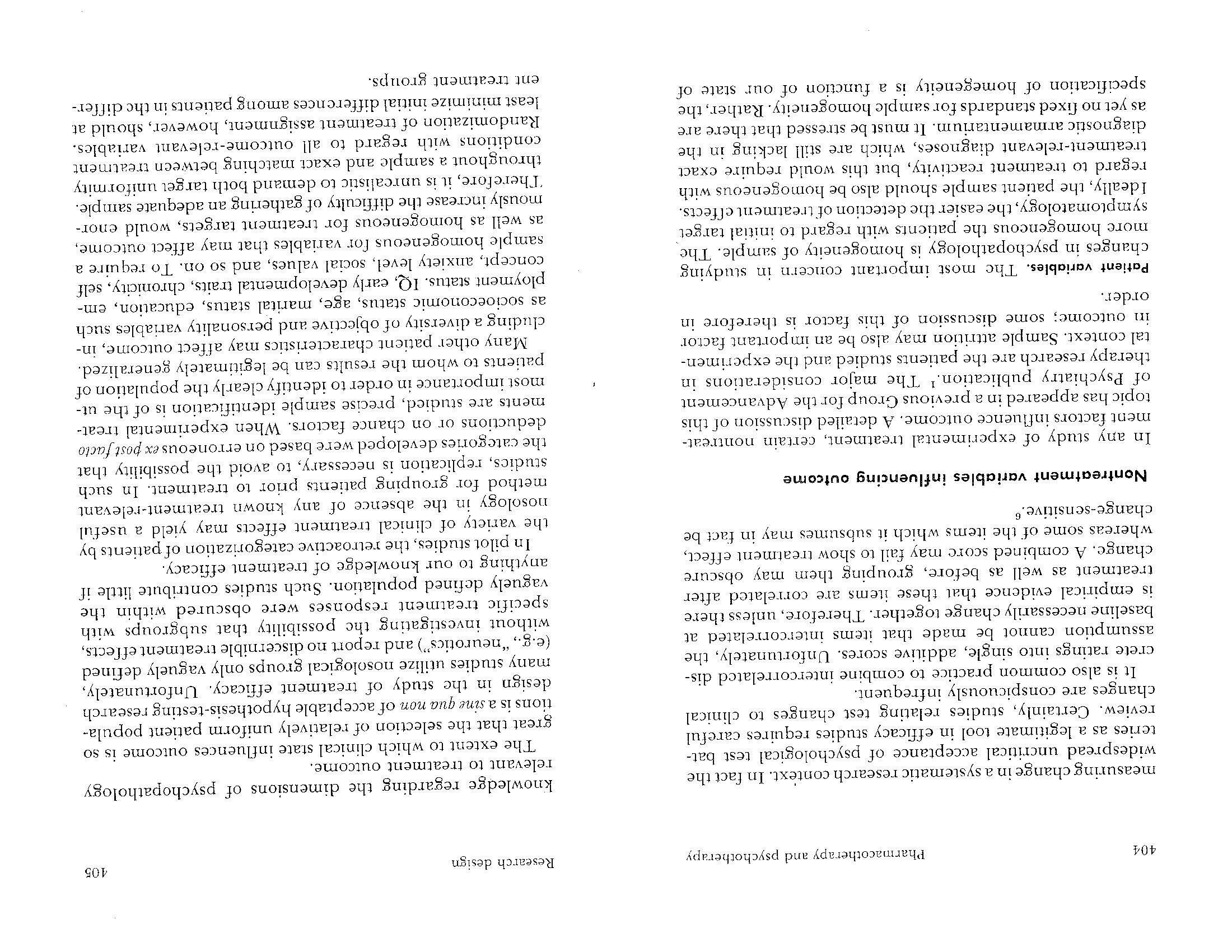
406
Pharmacotherapy and psychotherapy
Ideally, these outcome-relevant patient factors should be identified prior to the study, so that preliminary tests may be performed to be sure that they do not by chance differ sharply in randomly assigned study groups (as an extreme example, suppose that the patients receiving the experimental treatment arc all married and the control patients are all single). Further, the clear definition and objectification of patient characteristics that possibly affect outcome permits the use of covariance techniques to allow for random differences in group baselines (if the requirements of this model are met). Thus, a reasonable scientific compromise is reached if patients are selected for study on the basis of their diagnosis as well as the targets selected, and are randomly assigned to treatment groups. Covariance analysis may then be used in the evaluation of treatment effects to allow for other factors which may affect outcome. Research context. The context within which the research is being conducted may be an important contributing factor in outcome. Patients treated in an inpatient setting cannot be equated with otherwise similar outpatients unless it has been demonstrated that the effects of treatment are not vulnerable to this factor. Of the dimensions discussed which influence outcome, that of context is the easiest to control and define. Although in the case of an outpatient setting due account must be taken of external events that may be highly important, it usually poses no problem to have all study members observed under satisfactorily similar conditions.' However, these conditions must be identified so that it is clear to whom the study results may be generalized. Attrition rates. Dropout rates do not represent an independent study factor which affects outcome assessment; rat.her, they are probably directly related to various characteristics of patient, treatment and context. As mentioned, atlrition rates can in themselves be a measure of outcome, but they present
Research design 40i
special problems, because often dissimilar patients leave different treatments during the course of the study period. In the end the residual treatment groups represent populations different from those covered at the start, thereby invalidating group comparisons of treatment effects. The problem of attrition is especially important in the study of combined psychotherapy and chemotherapy. It is quite likely that patients who drop out of psychotherapy are not clinically similar to those who drop out of drug therapy. To avoid being left with disparate groups, some investigators have matched patient pairs in such a way that if one member of the pair drops out, the other is automatically excluded from statistical group comparisons. Tl·is matching technique is the most rigorous in insuring against bias from differential dropout rates but it "loses" information about differential treatment effects. There may also be analytic problems if dropouts are unevenly distributed. The investigator should also compare the various dropout and remaining groups' initial measures to cast light on the causality of dropping out or, for that matter, remaining. Finally, because attrition rates tend to rise ivith length of treatment, periodic treatment evaluations are desirable to maximize the lltility of the original dwindling sample.
Definition of treatment variables Terms such as dru.g therapy and psychotherapy give a broad indication of the natut.e of the treatment but do not give necessary information regarding type, dosage, length or frequency of treatment., so that these factors should be care fully specified. Drug treatment. Drug treatment is relatively easy to define, since the chemical compound and the prescribed dosage can be exactly stated. However, the dilemma in design concerns dosage-whether a flexible dosage, where the treating physi-
408
l'harmacothcrapy and psychothcra py
cian can prescribe as much or as little as he sees fit, is preferable to a fixed dosage, where the dose is identical for all patients. Both flexible and fixed dosage schedules have advantages and disadvantages. The assumption that optimum pharmacotherapcutic effect can be achieved by flexible dosage regulation is made in many double-blind studies. However, this practice often results in underdosage, for the therapist does not know what he is prescribing and may be reluctant to risk an overdose. Furthermore, the patient is often at his best with the therapist, who may tend Lo undertreat him on that account. On the other hand, when a fixed dosage .is set, usually some patients are undertreated while others are overtrcated. A combination of both approaches is often feasible: A minimum meaningful dosage derived from pilot studies is set, and the doctor is left free Lo adjust the patient's dose above that minimum. A flexible dosage seems especially appropriate for long-term treatment courses, since a drug may have different effects over time. For instance, in the treatment of schizophrenia the amount of phenothiazine necessary to reduce the florid psychosis may, if administered over too long a course, result in a state of apathy and lack of spontaneity. This undesirable clinical effect can be avoided by appropriate reduction of dose while still retaining the antipsychotic effects of the drug. Ideally in all pharmacotherapy, clinical response should be correlated with blood level of the drug rather than with the quantity administered, because considerable variation exists among individuals in absorption and clearance.7•8 Psychotherapy. A clear definition of psychotherapy is a much more complex matter. There are many different modes of psychotherapy. Besides theoretical and practical differences, factors such as the therapist's personal characteristics, fraining and experience are generally conceded to affect outcome, although to what extent and with what patients is not wellestablished. For example, under the term experience little at-

Resc<1rch design 409
tention is paid to the kind of experience, whether it has been with neurosis or schizophrenia, with inpatients or outpatients, with acute or chronic psychosis, with group or individual psychotherapy. The difficulty in terms of study execution is that if one wishes to study therapist characteristics in relation to treatment outcome, a large number of therapists is required. Alternatively, one might use a small number of therapists, but many diverse types of patients. Even if no explicit attempt is made to relate therapist characteristics to treatment efficacy, these characteristics and their possible effects on outcome must be taken into consideration; therefore, therapists must be randomly assigned to groups receiving psychotherapy alone and groups receiving psychotherapy plus drug treatment. There remains the thorny theoretical problem that the therapist traits which empirically correlate with treatment outcome may not be the actual operative variables, but may be secondary to underlying operative factors (this is also true of outcome-relevant patient characteristics). The crucial dimensions of effective psychotherapy are as yet unclear. To provide objective dehnitions of psychotherapy, some form of case•time sampling techniques utilizing audiovisual methods may be necessary, since doctors' reports of therapy session proceedings may bear little resemblance to what is actually happening. Unfo1tunately, the use of audiovisual apparatus may in itself influence the therapist's and/or the patient's behavior. It seems doubtful, however, that a truly potent treatment. effect would be vitiated by such interference. In fact, there is considerable anecdotal evidence available that such procedures are not deleterious to psychotherapy. Most studies of combined psychotherapy and pharmacotherapy deal with the issue o[ treatment flexibility only for the drug but not for the psychotherapy. However, dosage
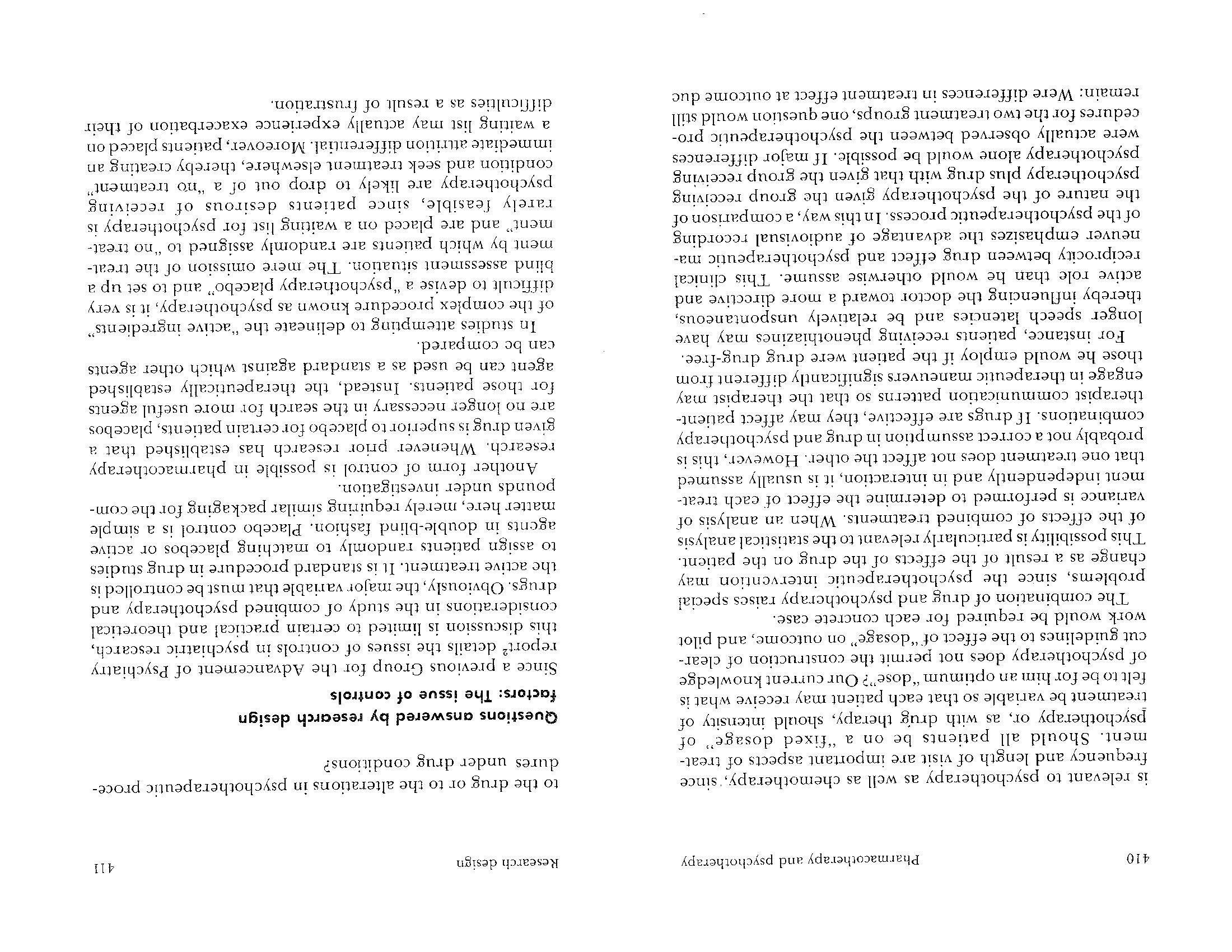
412 Pharmacotherapy and psychotherapy
Minimum contact therapy has been used to provide a comparison group for the usual form of individual psychotherapy. Patients come at relatively infrequent times for brief interviews during which the therapist does his best to do nothing. This "treatment" may provide a control for the fact of treatment and the arousing of expectations o[ help. Group comparisons would afford some answer t.o the question of the relationship between amount and kind of psychotherapy and the variety of therapeutic effectiveness. For instance, it is conceivable that to relieve certain forms of symptomatic distress, minimum contact therapy may be as good as intensive psychotherapy, both being superior to no treatment. On the or.her hand, for behavior modifications such as improved social functioning or sexual satisfaction, it is possible that only intensive or goal-directed psychotherapy would be efficacious. Two other possible forms of psychotherapy placebos are random programed-answer therapy and absent-therapist therapy. In the one, the therapist gives preset verbal responses in a completely random, fixed pattern. In the other, the patient lies down or sits up and talks to a screen or tape recorder without a therapist present. Each method presents certain of the elements of psychotherapy while omitting what are usually considered the "active ingredients." The notion of a single psychotherapy placebo should probably be abandoned, since psychotherapy is such a complex procedure. The more rational though difficult course is to attempt an hypothesis of the active ingredients in psychotherapy_ by constructing psychotherapeutic variations for comparison groups. For instance, one might test for the importance of interpretation of unconscious fantasy by developing a treatment employing all the usual devices except the interpretation of unconscious fantasy, and checking results of treatment with and without this ingredient. There is no way of providing for a double-blind design in a
Research design 413
research study involving psychotherapy. The major reason for attempting to "blind" the therapist is to prevent his knowledge of the therapy from affecting his evaluation of the patient, and the closest approximation that can be made is to have the patient evaluated by someone who has no knowledge of the therapist's treatment procedures. An independent assessment calls for careful precautions that the patient will not reveal or give clues to what treatment he is receiving. Also, certain noninferential functional targets like job attendance, time spent at work, income, school attendance, marital status, etc., are impervious to rater bias and therefore offer tremendous measurement advantages. A determination of the nature and number of experimemal and comparison groups is a direct function of the research q ucstions raised. The following situations are typical: Situation 1: We have an experimentally well-established valuable drug treatment for a specified population with respect to a certain criterion. We wish to see whether, following suitable pilot work, a specified form of psychotherapy will either increase the degree of benefit for individual patients or enlarge the proportion of individuals helped. This situation might be typified by the research on combining psychotherapy with drugs for acute schizophrenia. The design setms perfectly straighforward. Suitable patients are randomly assigned either to drug or to drug plus psychotherapy, ·with appropriate measurements made prior ro and at the encl of the treatment course, as was attempted in May's study. If an additive effect is found, this design will not necessarily indicate an "active ingredient" specific to the psychotherapy component. More seriously, the design will not reveal whether psychotherapy alone could have a'ccomplished as much as psycbotherapy plus drugs. Presumably, pilot work done before formal experimentation could have indicated whether pure psychotherapy was a
414 Pharmacotherapy and psychotherapy
treatrnent method of the same order of possible efficacy as drugs. If this is considered likely, then a design encompassing three treatment conditions is indicated: (1) drug alone, (2) drug plus psychotherapy, and (3) psychotherapy alone. If drug alone or psychotherapy alone works as well as drug pl us psychotherapy, there is no necessity for co _
mbined _
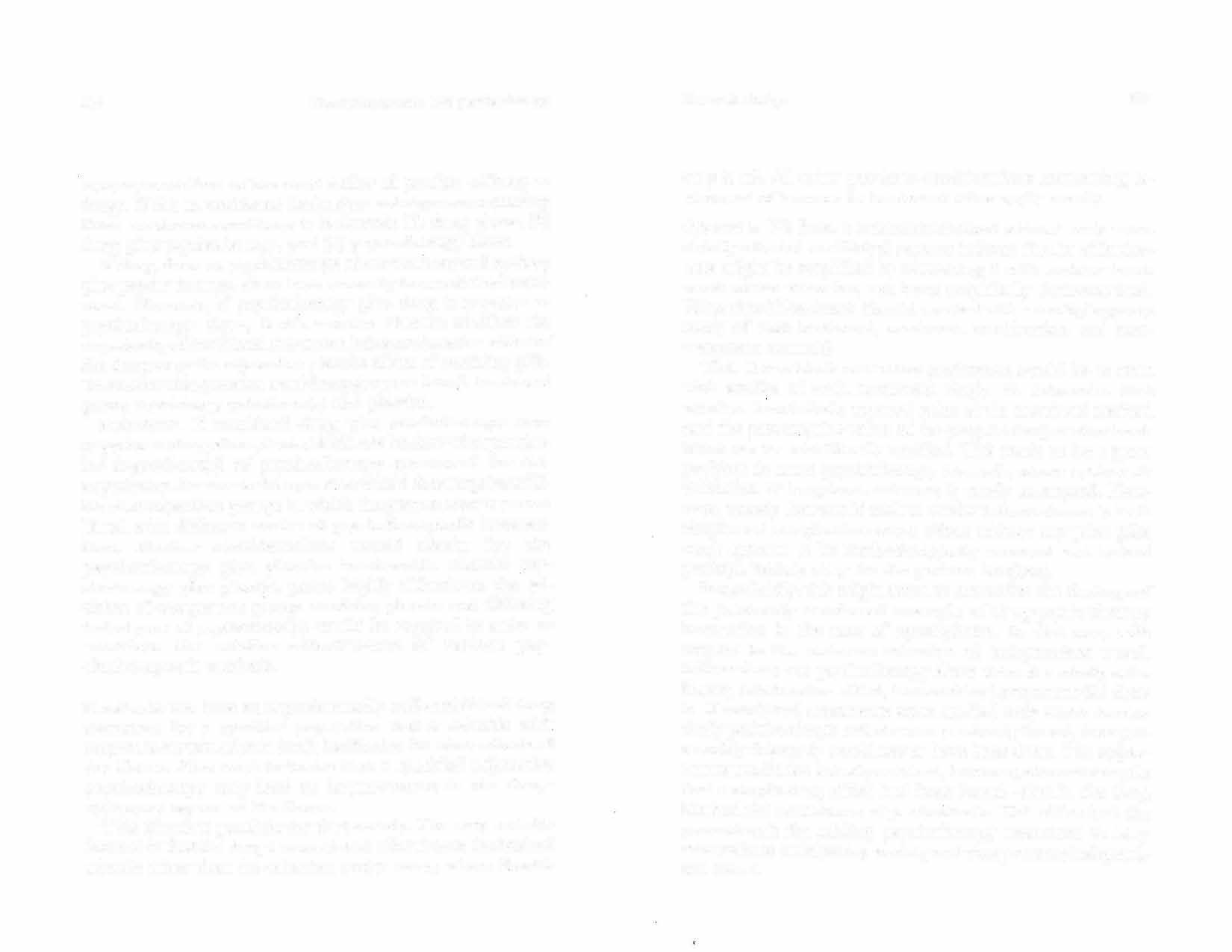
treatment. However, if psychotherapy plus drug 1s superior to psychotherapy alone, it still rem�ins obscure �hethcr the superiority of combined treatment JS du:w th: actl�e _
cffcc� of the drug or to the adjunctive placebo effect ot rece1vmg pills. To answer this question would require yet a fourth treatment group receiving psychotherapy and placebo. Moreover, if combined drug plus psychotherapy were superior to drug alone, it would still not be clear what partic�lar ingredient(s) of psychotherapy accounted �or th�s superiority. Answer to this question would then reqwre additional comparison groups in which drug treatment was combined with different modes of psychotherapeutic intervention. Similar considerations would obtain for the psychotherapy plus placebo treatments. Should psychoLherapy plus placebo prove highly efficacious, �he �ddition of comparison groups receiving placebo and d1ffenng techniques of psychotherapy would be required i�1 order to ascertain the relative effectiveness of various psychotherapeutic methods.
Situation 2: We have an experimentally well-established dntg Lreatmcnt for a specified population that is valuable with respect to certain criteria but is ineffective Coro _
ther cr�tcria _
_the illness. Pilot work indicates that a spec1f1ed psychotherapy may lead to improvement in re[ractory aspects of the illness. of adJuncuve the drug
This situation parallels the first exactly. The only real
ference is that the drug is considered effective criteria other than the criterion under study, on the where . _ dif_ _ basis of its effiResearch design
415
cacy is nil. All other previous considerations concerning assessment of increase in treatment value apply exactly. Situation 3: We have a treatment method which is only anecdotally attested to. Clinical reports indicate that its effectiveness might be amplified by combining it with another treatment whose value has not been empirically demonstrated. What should be done? Should we start with a multiple group sludy of each treatment, treatmem combination, and nontreatment conlrols? This Committee's moderate preference would be to start with studies of each treatment singly-to determine first whether the clinically attested value of the anecdotal method and the presumptive value of the proposed adjunctive treatment can be scientifically verified. This tends to be a great problem in most psychotherapy research, where systematic validation of long-term outcome is rarely attempted. However, a study that would seek to establish simulatneously both simple and complex treatment effects without any prior pilot ,vork appears to be methodologically unsound and indeed perhaps unduly risky for the patients involved. Superficially, this might seem to contradict the findings of the previously mentioned example of drug-psychotherapy interaction in the case of agoraphobia. In that case, with respect to the outcome criterion of independent travel, neither drug nor psychotherapy alone showed a wholly satisfactory ameliorative effect, but combined treatment did show it. If combined treatments were studied only when conclusively positive simple effects were previously found, then presumably this study would never have been done. The apparent contradiction is easily resolved, however, when one recalls that a simple drug effec't had been found-that is, the drug blocked the occurrence of panic aLtacks. This effect laid the grounrhvork for adding psychotherapy treatment to allay concomitant ancicipaLOry anxiety and thus promote independent travel.
Pharrnacotherapy and psychotherapy
It is also possible that a given drug treatment might manifest absolutely no valuable simple effects but still interact effectively with psychotherapy, as has been claimed for the psychedelic agents, but it would take extraordinarily persuasive pilot work Lb engender controlled studies of such an unpromising situation. Analogously, psychotherapy alone may be a flat failure in the treatment of certain conditions yet may enable effective drug treatment to be maintained, thus producing an advantage for combined treatment. Presumably in this situation certain simple psychotherapeutic effects engendering patient compliance would have been manifest, so that oue would not be investigating a totally unpromising procedure. Situation 4: lnsread of a separate control group, patients can be their own controls. Specifically, they may be given drug or placebo for a period of time and then switched to the other agent on a random, doub-lc-blind basis. This cross-over design can be repeated as many times as one wishes. Chassan9 has called this method the "intensive design," since it provides for long-term observation of the same patient u11der varying treatment conditions. If a patient regularly does better on a drug than on placebo, this is a strong argument that the drug is beneficial for this patient. Chassan has argued for the advantages of using the intensive design with very few patients over using a design calling for large-group comparisons (i.e., extensive design). The intensive design does not of course obviate the need for specified samples from which generalizations can be made to the population at large. Repeated crossover designs with larger patient groups may combine the advantages of both approaches, which are in no way mutually exclusive. In particular, such designs may help identify specific patient characteristics that are regularly associated with treatment success or failure. However, the cross-over design poses certain measurement
Research design 417
problems. It is feasible only with short-acting treatments without prolonged carry-overs, a limitation which prevents its use in studies of many psychotropic agents, especially the phenothiazines and antidepressants. Also, cross-over studies are best done for clinical conditions that have a fairly marked fixity of symptomatology rather than a phasic course. Another limitation is that when studying the effects of combined psychotherapy and drug treatment, the only treatment modality which can be varied in a double-blind random fashion is the drug. In the intensive design studies reported by Chassan, drugs and placebo alternate, while psychotherapy is maintained throughout the study period. It is conceivable, however, that patients could receive phases of psychotherapy on the crossover model (e.g., 2 months of treatment and 2 months without). As with any form of psycbotherapy, this phasic treatment could not be carried out on a double-blind basis, but patients could be assessed by "blind" evaluators. It might be argued on clinical grounds that psychotherapy is not a shortacting therapeutic intervention, yet there is little systematic evidence available on this point. It is highly probable that the carry-over effects of psychotherapy vary with the type of patient. Cross-over psychotherapy designs might provide some answers to this question. The undertaking of such research would probably be extremely difficult in the usual clinical facility, however, because the course of treatment involved is at marked variance with most clinicians' goals and procedures.
References 1.Group for the Advancement of PsychiaLry. PSYCHIATRIC RE
s�:ARCH Ai\:0 THE ,\SS£SS:VfENT OF CHANGE, Report No. 63 (New York: GAP, l 966).
2.____ , SOME OBS£RV/\TIONS ()?',; CONTROLS TN PSYCHIATRIC
RESEARCH, Report No, 42 (>Jew York: GAP, 1959).
418 Pharrnacotherapy and psychotherapy
3.D.F. Klein, S. Feldman & Measures of Drug Effect C.H. Honigfeld. Reflect Clinical "Can Univariate Descriptions of
change?" in PSYCHOPHARMACOLOGY AND THE INDIVIDUAL 4. 5. 6. 7. 8. PATIENT, J. R. Wittenborn, S.C. Goldberg & P.R.A. May, Eds. (New York: Raven Press, 1970). D.F. Klein & T.A. Cleary. Platonic True Scores and Error in Psychiatric Rating Scales, Aychia.try Bulletin 68 (1967): 77. L.A. Gottschalk & A.H. Auerbach. METHODS OF RESEAHCH IN PSYCHOTHERAPY (New York: Appleton-Century-Crofts, 1966). D.F. Klein & M. Fink. Multiple-Item Factors as Change Measures in Psychopharmacology, Psychopharmacologia 1 (1963): 43. H.W. Elliott, L.A. Gottschalk & R. Uliana. Relationship of Plasma Meperidine Levels to Changes in Anxiety and Hostility, Psychiatry 15 (May-June 1974): 249-254. . .. L.A. Gottschalk, E.P. Noble, G.E. Stalzoff, D.E. Bales, C.C. Cable, R.L. Uliana & H. Birch. "Relationships of Chlordiazepoxide Blood Levels to Psychological and Biochemical Responses," in INTERNATlONAL SYMPOSIUM IN BE:0-:ZODlAZEPINES, s. Carattini et al, Eds. (New York: Raven Press, 1973).
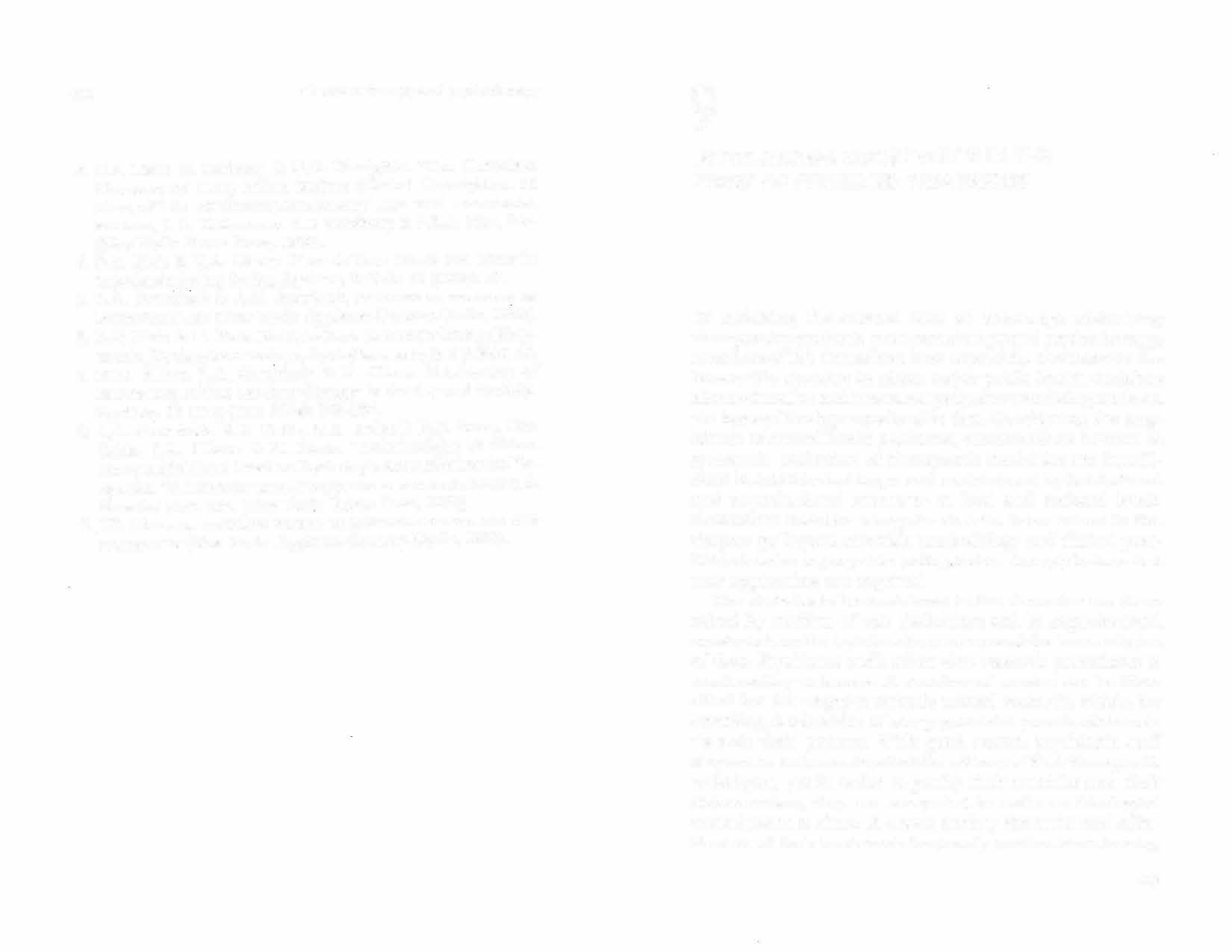
9.J.B. Chassan, RESEARCH PSYCHIATRY (New York: DESIGN IN CLINICAL PSYCHOLO':Y Appleton-Century-Crofts, 1961). A:,./Il
9
INSTITUTIONAL CONSTRAINTS IN THE STUDY OF COMBINED TREATMENTS
In reviewing the current state of knowledge underlying therapeutic practice in pharmacotherapy and psychotherapy, members of this Committee have repeatedly encountered the lamentable situation in which major public health decisions about education and treatment programs were being made on the basis of inadequate scientific data. Considering the magnitude of mental health problems, current efforts devoted t.o systematic evaluation of therapeutic modalities are i nsufficient in number and scope and are hindered by institutional and organizational sr.rucLu res at local and national levels. Committee members recognize that the issues raised in this chapter go beyond scientific methodology and clinical practice to involve major public policy, but we strongly believe that new approaches are required. 'The obstacles Lo be considered in this discussion are those raised by conflicts of role definitions and by organizational constraints on the logistics of treatment and the accumulation of data. Psychiatric staffs often view research procedures as unrewarding nuisances. A number of reasons can be identified for this negative attitude toward research, which, for one thing, is a function of how psychiatrists perceive their role vis-a-vis their patients. \Vith good reason, psychiatric staff may not be fully convinced of the efficacy of their th era pcutic tcchniq ues, yet in order to justify their activities and their remuneration, they are compelled to make an ideological commitment to them. A covert anxiety about the real effectiveness of their treatments frequently renders them touchy,
Pbarmacotherapy am! psychotherapy
and resentful of the procedures designed to assess the actual efficacy of their methods. Therefore, it is easy for them to stereotype the researcher as a snoop who from his ivory tower has never had to confront the manifold practical problems of patient care. Another conscq uence of their commitment to current psychiatric practices is the belief of many of rhern that patients in research programs are being deprived of effective Lreatment. Professionals in general and psychiatrists in particular have derived marked ego gratification from the feeling of autonomy. As a result, they often find studies of treatment efficacy difficult to tolerate insofar as they are based on principles of design which prevent participating physicians from prescribing as they sec fit. Among the procedures frequently required in objective treatment. evaluations are placebo control, random assignment of patients to comparison groups, and double-blinding as to the nature of the therapeutic intervention under study. All these procedures are associated with negative feelings in the minds of many clinicians. In illustrations, placebo control groups are methodologically necessary when evaluating a situation where there is no establish�d standard of treatment efficacy-a situation all too frequenl m medicine and psychiatry. Nonetheless, most clinicians are _
rc1 uctant to adopt a self-critical attitude and to accept the fa(:l that many of their procedures have never been clearly demonstrated to be useful. In consequence, they resent placebo controls as a deprivation of needed treatment. The idea of random assignment often provokes negative feelings in attending clinicians, who believe that they are best qualified to determine optimal treatment for the individual patient, and that they arc being asked to play dice with patients by accepting random assignment procedures. Snml�rly, double-blind techniques arouse anxiety in the conscient10us, protective psychiatric Slaff charged with the care of the patient who, while still responsible for his well-being, are at the
Instilutional constraints 421
same time kept ignorant of matters central to the patient's welfare. This problem is in part solved by the accepted practice of iniLial approval and periodic review of research procedures by human studies committees. i\fay has pointed out that however difficult the creation of a rigorous research design, this is a much simpler rask than actually executing one. Courage and empathy, administrative expertise in obtaining cooperation from physicians, nurse� and other staff, and an appropriate po'IA'er base are essential for the enforct>ment of those controls crucial to the con duct of a rigornus experiment. \1 uch clinical research has foundered not because of poor study design, but because of poor execution. In addition to role conflicts of personnel, oLher obstacles to controlled evalualions of therapy arc encountered in organizational constraints imposed by t.he present logistics of patient care. Scientific study of treatment efficacy demands large samples of patients with relatively homogeneous diagnoses, stag�s of illness, and treatment goals. Neither private practice nor clinics nor hospitals can provide such groups of patients. For the most part, even very large hospitals are large only from the point of view of serving many chronic patients. Therefore, culling a relatively homogeneous group of patients from the admissions of even a very large hospital is an extremely difficult matter. When the Veterans Administration and the National Inslitute of Mental Health recently conducted large-scale swdies of relati\·ely common conditions such as acute nonchronic schizophrenia and depression, it ,vas necessary to gather patients from several hospitals LO obtain samples large enough for study purposes. In such multi hospital studies, each hospital collects a partial sarn pie and treats according to a common protocol. The results are pooled. Multihospital studies are extremely complex in their development, conduct and analysis, since Lhey incur enormous methodological problems
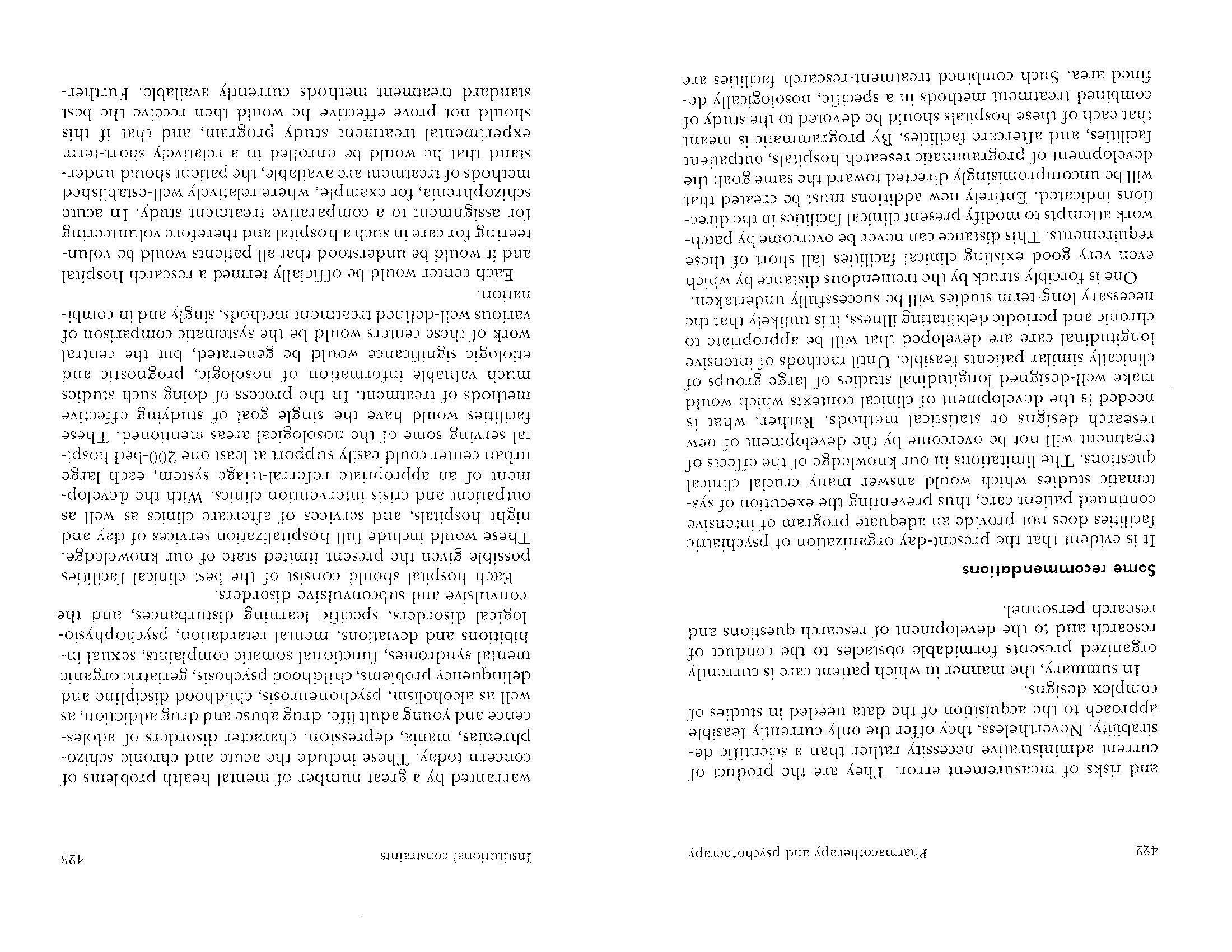
424 Pharrnacorherapy and psyd10thcr,1 py
more, following treatment, the patient would be permanently enrolled in the hospital's aftercare facilities. In the planning for such a research facility, special care must be taken to provide for unique patien.t populations such as those represented by upper or lower socioeconomic groups or ethnic backgrounds. Of course, all of this should be free, to indemnify the patient for contributing to society's knowledge. Resides, by eliminating any financial burden upon the patient or his family, such free care would help to insure the long-term followup necessary for adequate treatmenl evaluation. For illnesses such as schizophrenia, which despite our best efforts may run a dcterioratina course, collaboration would be warranted. 0 The research center for studies in acute schizophrenia should interdigitate with the research center for chronic schizophrenia so that patients may remain under continuous care and study. For those conditions such as the chronic characLer disorders, for which there are very little hard data on treatment. efficacy, the patient should be told that he will be entered into any of several long-term studies in progress. The patient would, of course, be free to withdraw from these studies at any time. The resultant dropout rate combined with terminal evaluation would be one measure of treatment efficacy. Systematic follow-up of all study patients would be standard procedure. Let us suppose that these ceIJters contained approximately 200 full-time inpatients with a 4-month average length of stay. Within 2 years a sample of l ,200 patients in each unit could be studied. Such a sample would allow quite complex factorially designed studies to be carried out that would answer in a relatively short time many unanswered questions about treatment combinations, necessary length of treatment, and the like. The cost. of such programs would be considerable, but when one recognizes that in any case the community is
Institutional constraints 425
often paying for the care of these patients, the actual cost increase is not staggering. Furthermore, when it is realized that such research centers would also serve as centers for the training of therapists, Leachers and behavioral scientists, their value to the community becomes even more apparent. It should be clear that only the federal and stale governments have the resources to develop and fund such projecLs. The present federal project and program grant method of funding research has resulted in a wide range of excellent work. Small research hospital unjts containing approximately 20 beds have already been funded and some brilliant work, especially in the bi�chemical/metabolic area, has been done. We are not suggesting a dismantling of the current. system of research-su pponed organization, but the development of a new complementary institutional structure. N onethcless, the fact that only large-scale programs of comparative Lreatment study can answer our treatment questions must be squarely faced. A continuation of the present system will only assure our continued failure to arrive at the answers we need. �n tu r� �his will do nothing to relieve the staggering burden of providing less than ideal care for so many chronic patients. We recognize that all administrative innovations create new problems in the effort to solve old ones. However, such new ventures seem clearly indicated and should not be foresLalled for fear of the complications that will doubtless arise.
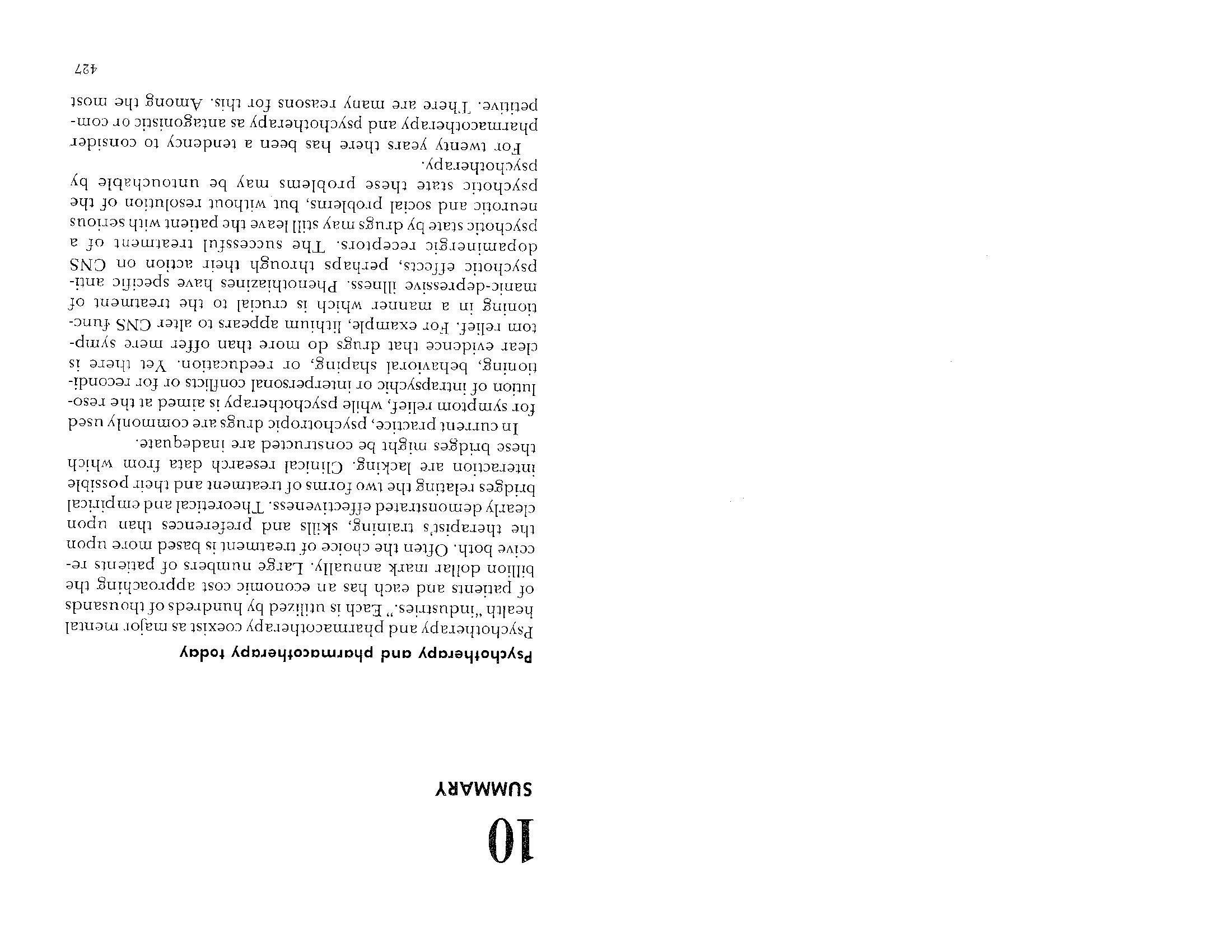
Pharrnacotherapy and psychotherapy
prominent are historical commitments to _ ideology; .
differences in theories of the etiology of mental illness; antiquated training which tends to perpetuate ignorance of the principles, values and limitations of each form of treatment; differences in treatment goals; and legal restrictions on the use of drugs by nonphysicians. The competition between _
· psychotherapy and pharmacotherapy has been attenuated m recent years because young psychiatrists, trained in both areas _ , �se both comfortably. But even here the conceptual and em pmcal justification for both types of treatment is tenuous and reiearch data demonstrating interaction are sparse. Psychiatrists and nonpsychiatric physicians frequently prescribe psychotropic drugs in an unthinking and unsystematic fashion without adequate follow-up, safeguards or awareness of the hazards of behavioral toxicity. These drugs arc correctly used, underused, overused an� misused. . . Nonmedical mental health professionals, such as chrucal psychologists and social workers, have had no training ir _
1 the indications for psychotropic drugs and are legally restncted from using them. In consequence, they provide inappropriate treatment for many of their patient-clients. This is also crue for many psychiatrists whose training did not include detailed instruction in the principles and practice of psychopharmacology. Thus, older psychoa��lytically train�d psychiatrists tend to view drugs with susp1c10n or alarm, while younger psychiatrists trained in both forms of treatn�ent frequently combine them, but without an adequate rationale.
Reviewing the literature A careful review of the liLeratu re sho,vs that there is no systematic evidence whatsoever that appropriate psychotropic agents, at appropriate dosages, interfere with the psychotherapy of schizophrenia, depression or neuroses. Statements to the contrary are editorial and opinionated and are clearly based upon ideological commitments. Evidence is
Summary 429
never presented to support these views by those expressing them. For �c _ hiwphrenia, the literature reveals that (1) the rm�or tranqmlizers (e.g., phenothiazines, butyrophenones) arc central f�r producing symptom remission and improving social effectiveness, and that (2) the value of insight or uncovering therapy as a sole treatment or as an adjunct is dubious. Nonetheless, studies of relapse rates and social effectiveness with treatment forms currently in use show that there is much room for _ improvement. New and better drugs along with new forms of psychotherapy or sociotherapy require study and development. In depression, recent and preliminary data suggest that hparmacotherapy and psychotherapy affect different dimensions of the ilJness and have additive effects. Drugs affected mood a�d diminished relapse rates. Supporti�e psychotherapy improved communication with close familv members, diminished interpersonal friction, and assisted i� resolvi�g marital conflicts. Many more careful studies employing different types of psychotherapy are needed. In the treatment of symptomatic neuroses no reported study has shown that _ psychotropic drugs interfere with psychotherapy. Concl�s1ons based upon clinical evidence are split as to whether mmor tranquilizers combined with psychotherapy are of value: Clearly, more studies carefully designed to tesr this qestton _ are u ,n,eeded. Such studies should preferably be double-blmd. l hey must equally consider the frequency and nat�ire of the psychOLherapeutic component, as well as the choice of drugs, their dosages and their continuous or-intermittent t1Se during periods of crisis. Remedial instruction and training Training in the p _ rinciples and practice of psychopharmacology needs improvement at both the medical school
l'harrnacotherapy and psycliot:hera py
and residency levels. Continuing postgraduate education is even more badly needed. Such training should not be limited exclusively to practical therapeutics bul should encompass the biological substrates of behavior, the biochemical and neurophysiological effects of psychotropic drugs, and their behavioral consequences in both normal and psychopathological states. Above all, such training should minimize the concept of mind-body dualism by emphasizing that alterations in the biological substrate need have no detrimental effect and may indeed have beneficial effects upon mental runctioning and psychotherapeutic transactions. Psychiatrists, during and after formal training, should be encouraged to read the research literature independently and to think about the problems addressed, their implications, and possible avenues toward imegration of concepts and procedures in their solur.ion.
Future research Some senior psychotherapists believe that studies or the psychotherapy of both the neuroses and the psychoses have been conducted utilizing therapists of unproven ability, and that the unimpressive psychotherapeutic results reported are not relevant to their practice. It would seem that the burden of proof is upon these skeptics and that maintaining this negative posture demands the conduct and reporting of appropriate scientific investigations Lo substantiate it. The proper study of combined treatments raises complex problems of measurement, design and control. These problems are not insuperable but the difficulties involved are both administrative and scientific. Research strategies can be planned and research should be conduCLerl on the potential value or hazards of psychotropic drugs in supportive psychotherapy, sociotherapy, psychoanalysis, insight-oriented psychotherapy, group and family therapy, and the behavior therapies. Such studies should be double-blind to avoid bias

Summary 431
and �o permit evaluations of both process and out.come. Such stuches also require appropriate stratified random assi,rnment procedures and adequate controlled aftercare obser�,atio'.ls. Data derived frorn such well-conducted studies should ass1st _
greatly in improving existing forms of therapy and in 1:"'eedmg out unr:iecessary procedures. In the long run results from _ such st�1d1es would also enrich and modify existing thcones of etwlogy and pathogenesis. Problems in random assignment and controlled aftercare are la
_ rge!y administrative. Unfortunately, such evaluative stu?y is alien to the present organization of clinical health care delivery services. The accompanying difficulties could best be overcome by . t _ h _ e development of large research-oriented
treatment fac1lit1�s p�rpose of assessm _ su1�ported and operated for the specific
of tre�tment . c g et _ hcac _ ombmations y of single treatment and efficacy 111 de fined patient samples . . . vVhtle awaa _ mg such _
soi? ?�velopments, the professional per
_ nel at all chmcal their treatment _ fac1ht1es have the obligation of specifying
goals an� r�ethods for attaining these goals, and of m�rshalhng the clmical evidence available that makes then-beliefs more or less plausible. The introduction of pro desper trearme _ n� studies in such clinical facilities may foster a _
irable skept1c1sm about the utility of existing rreatmen ts, while at the same time generating improved treatment and follow-up methods.



